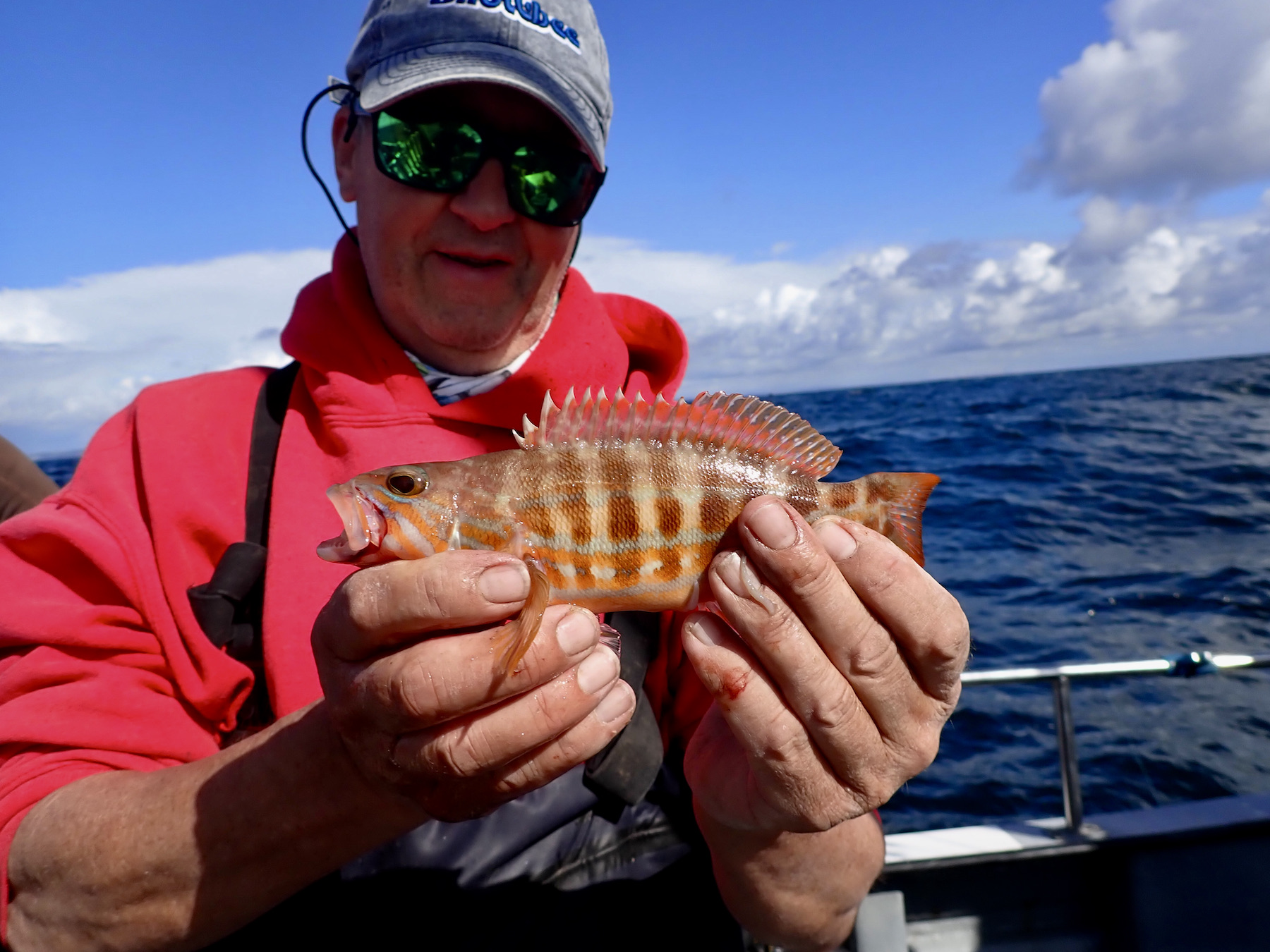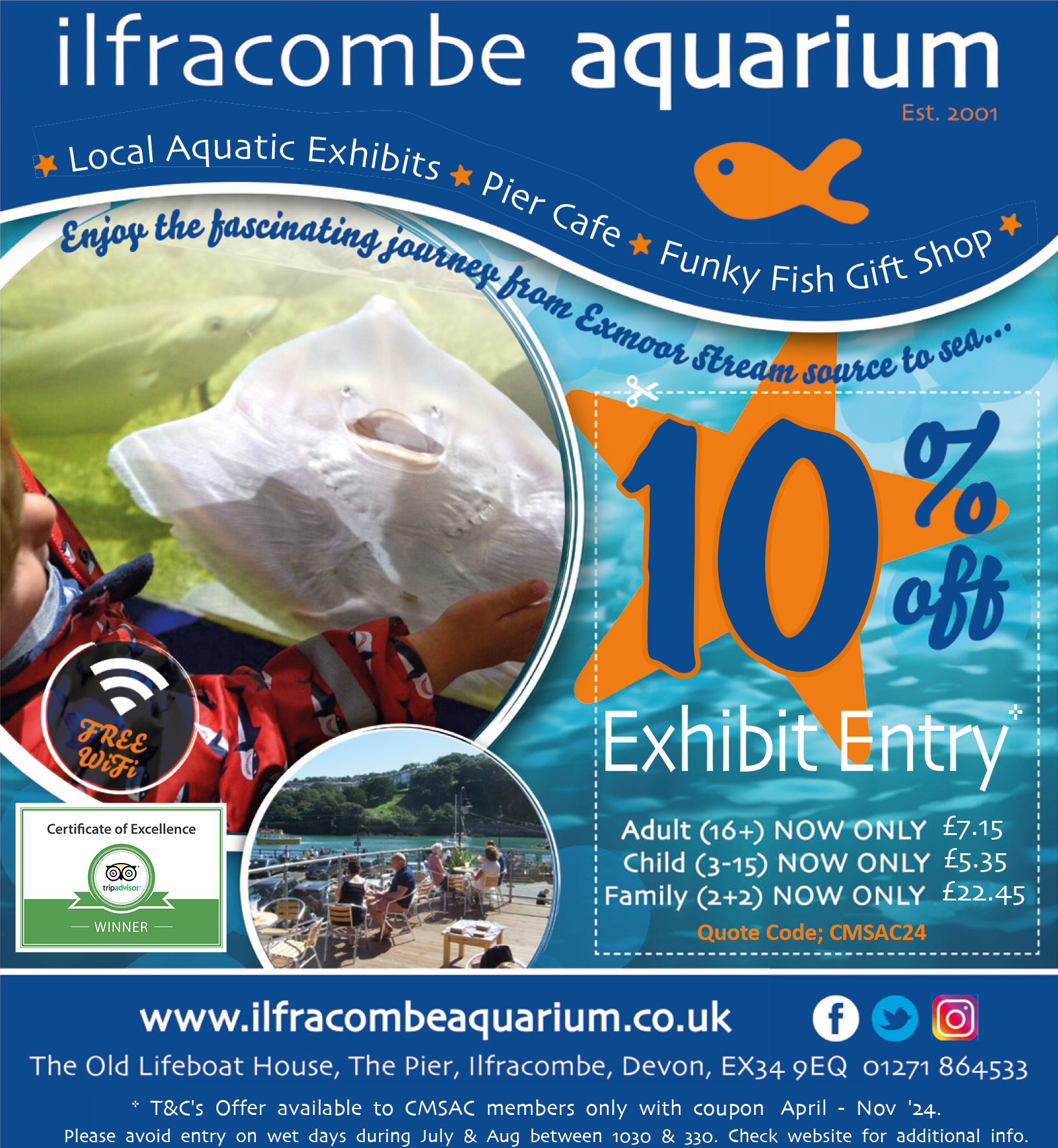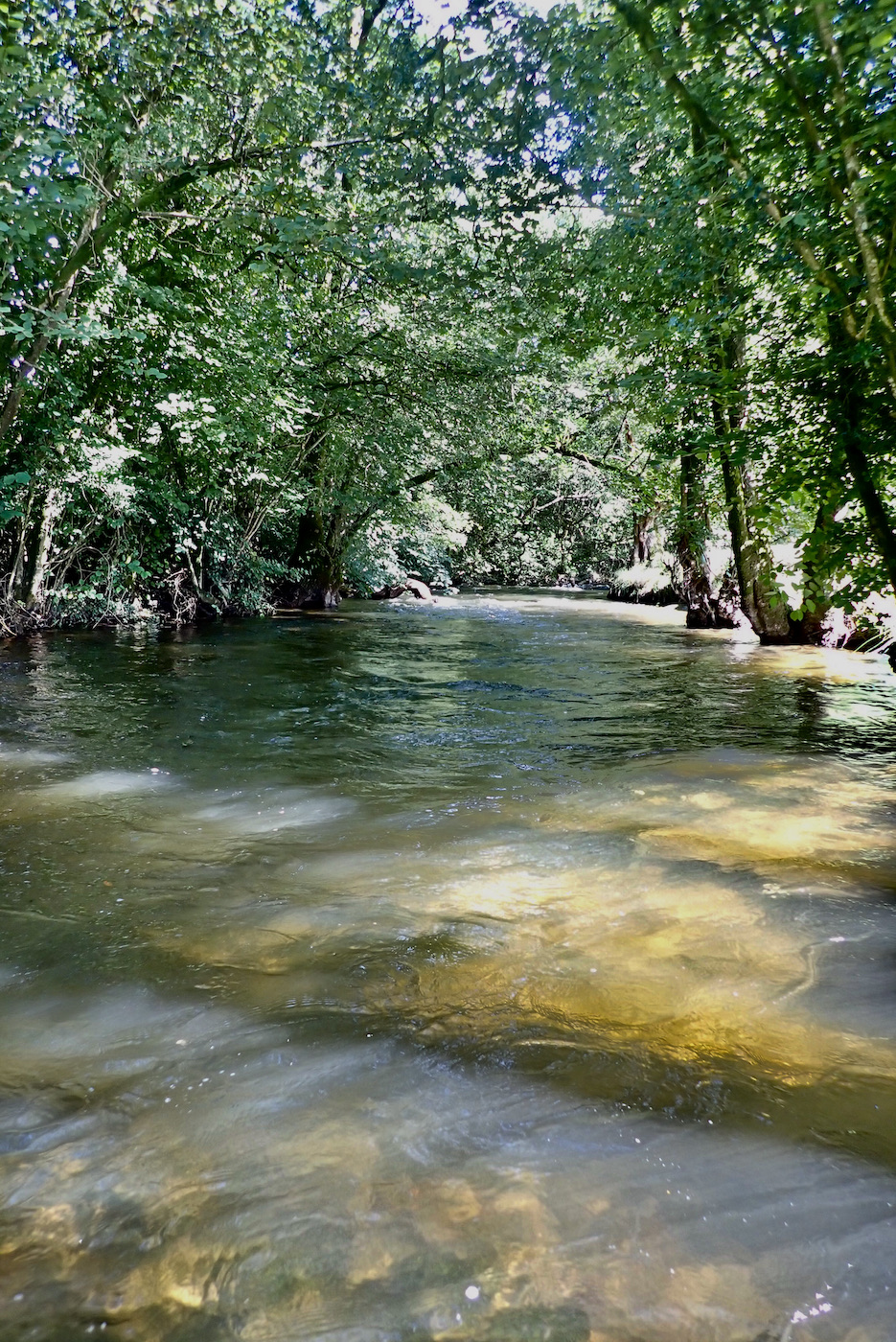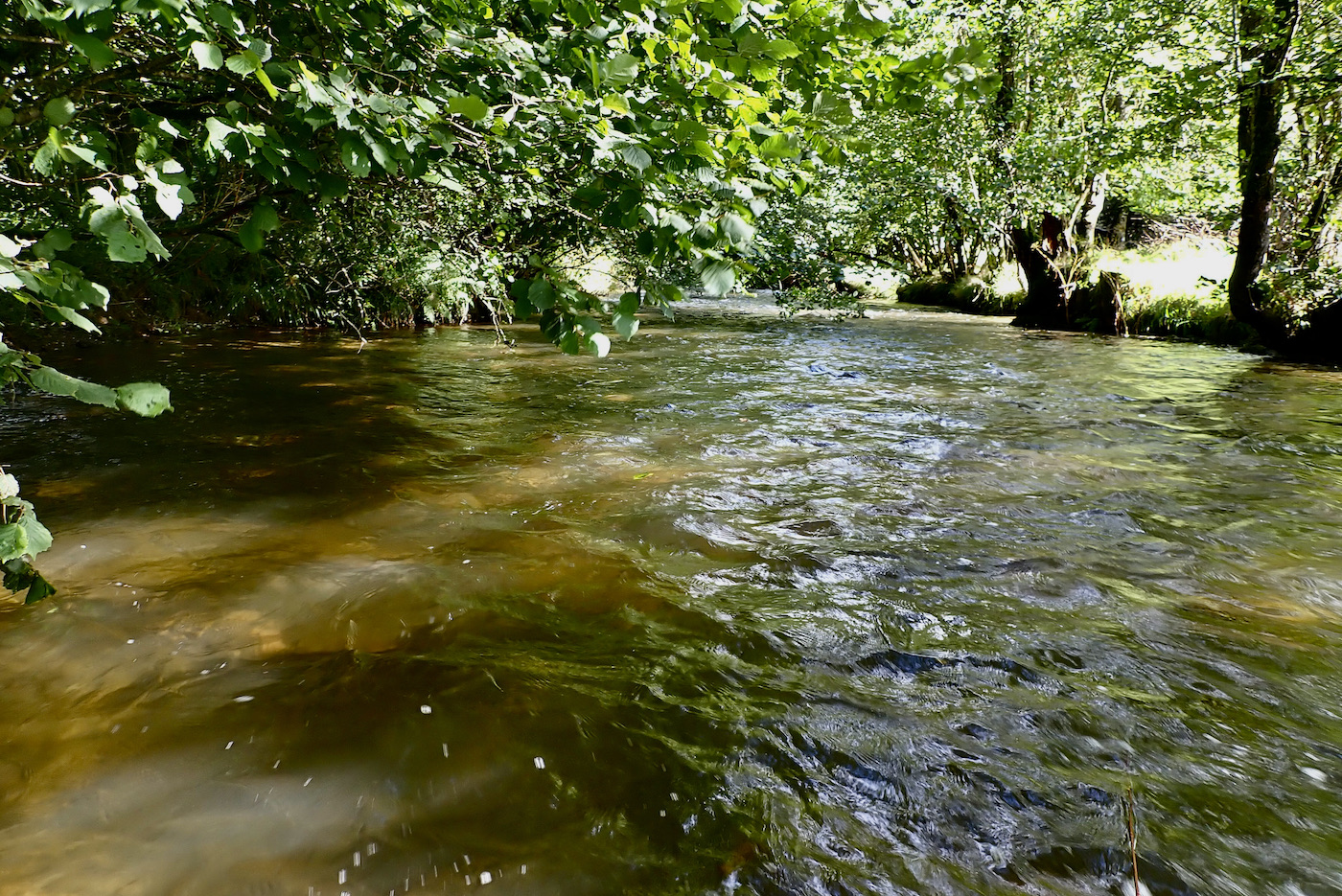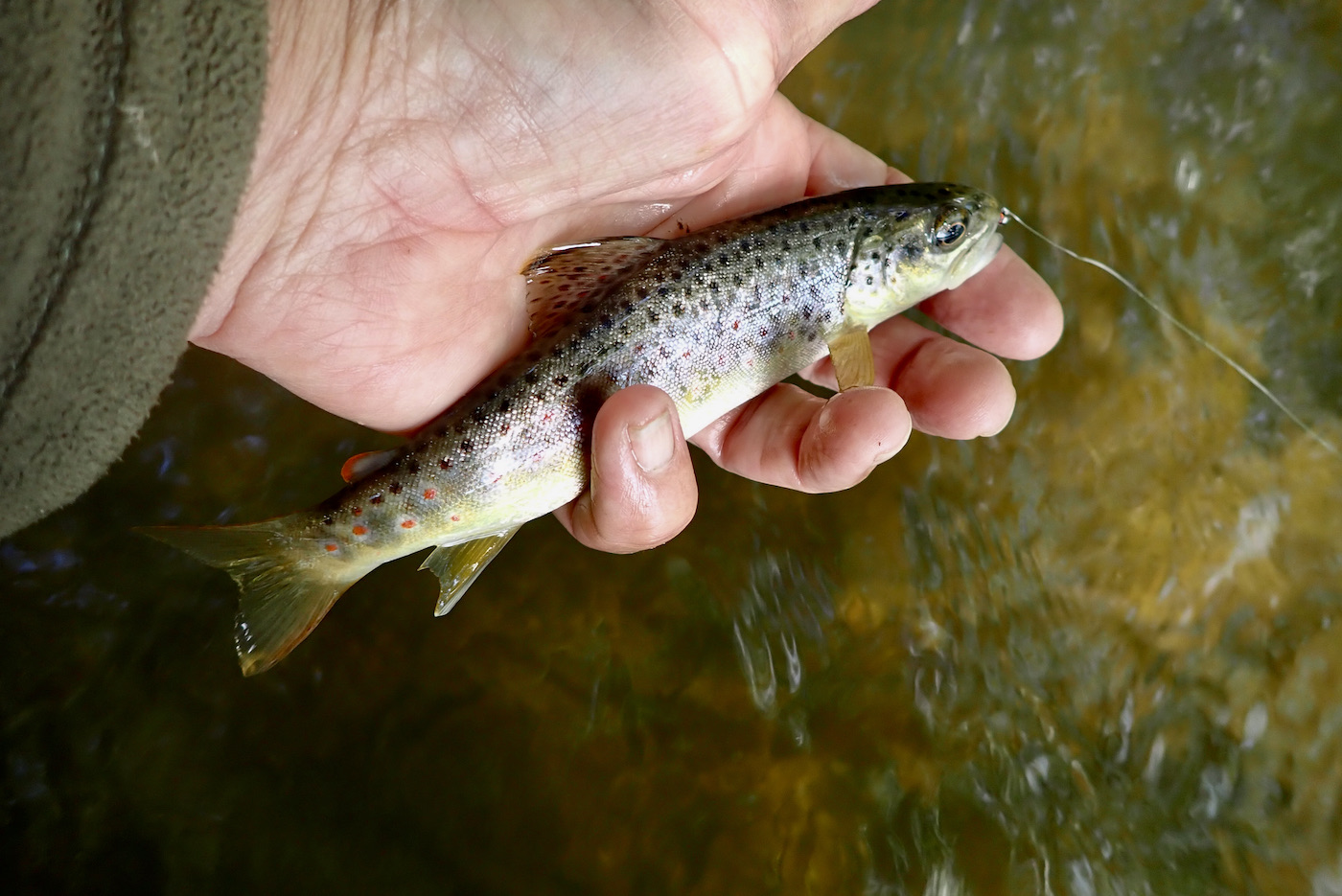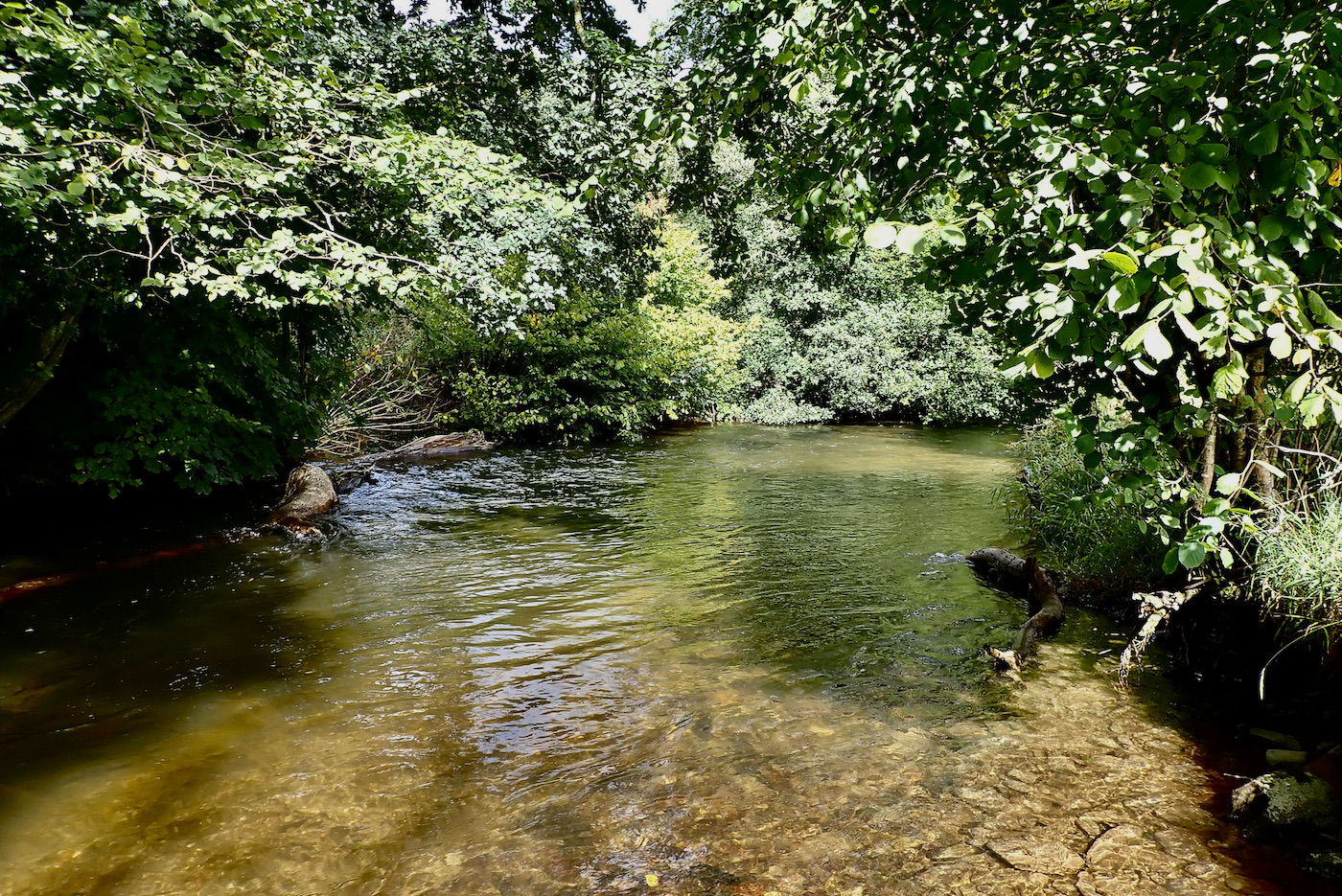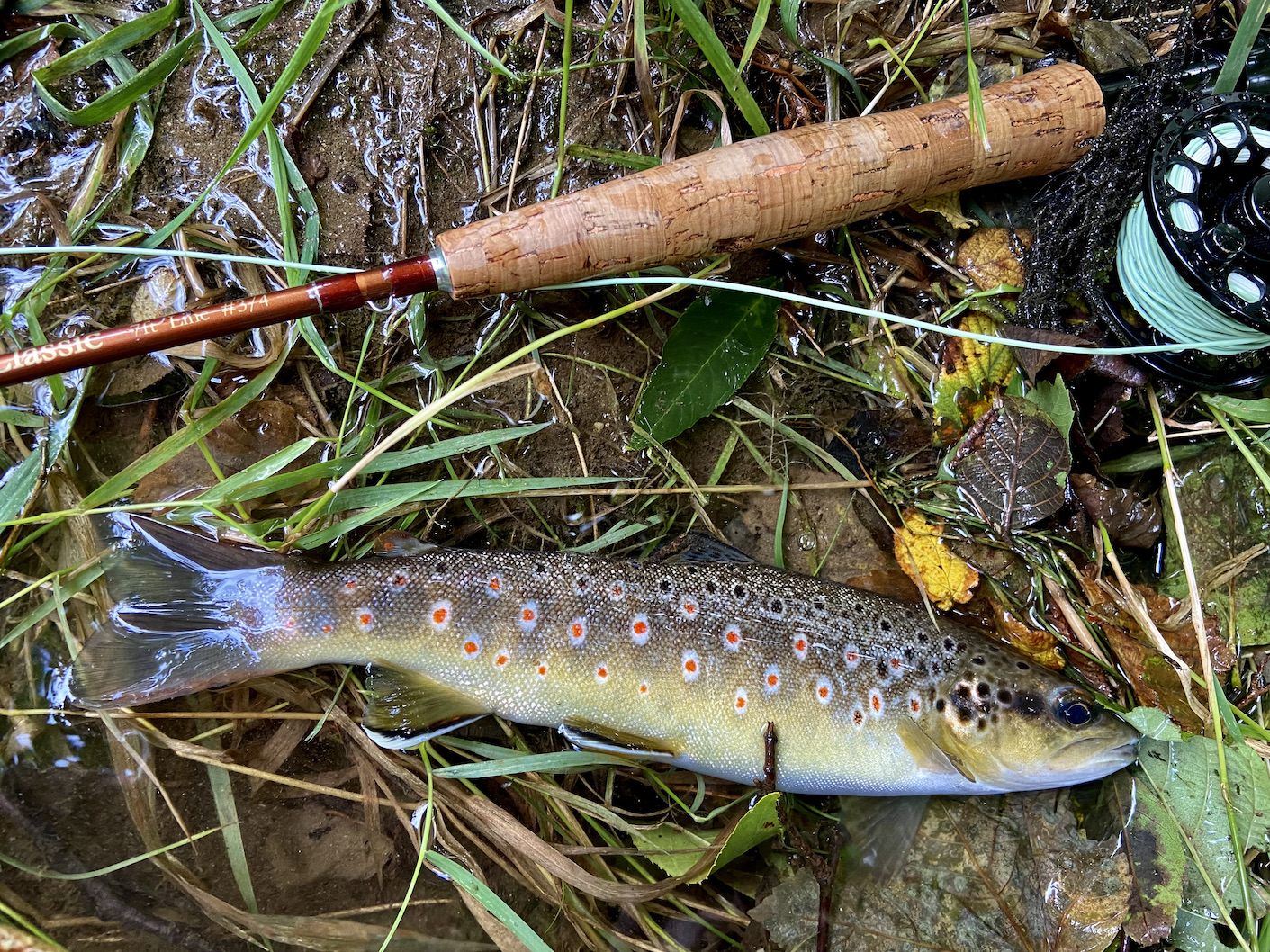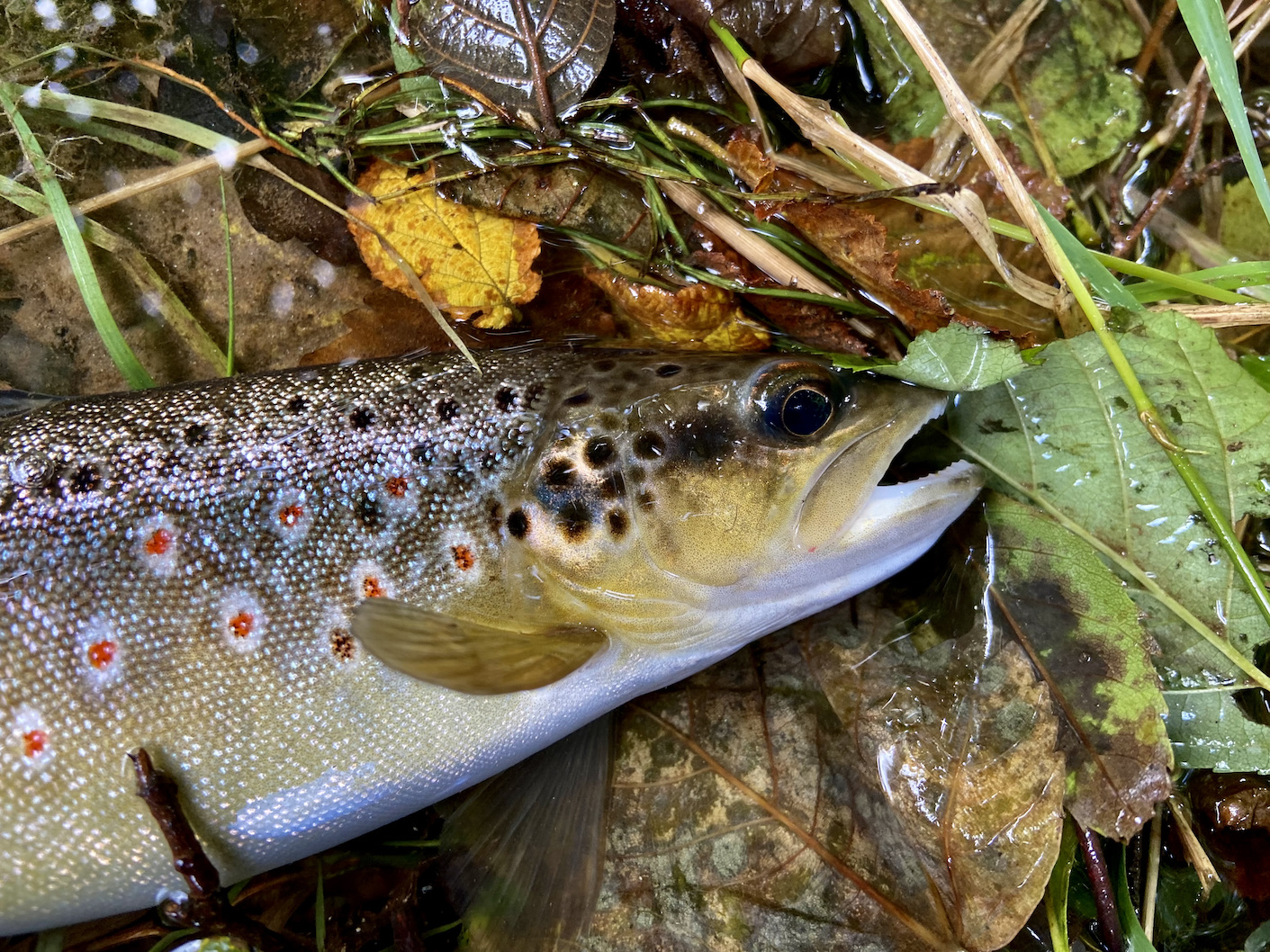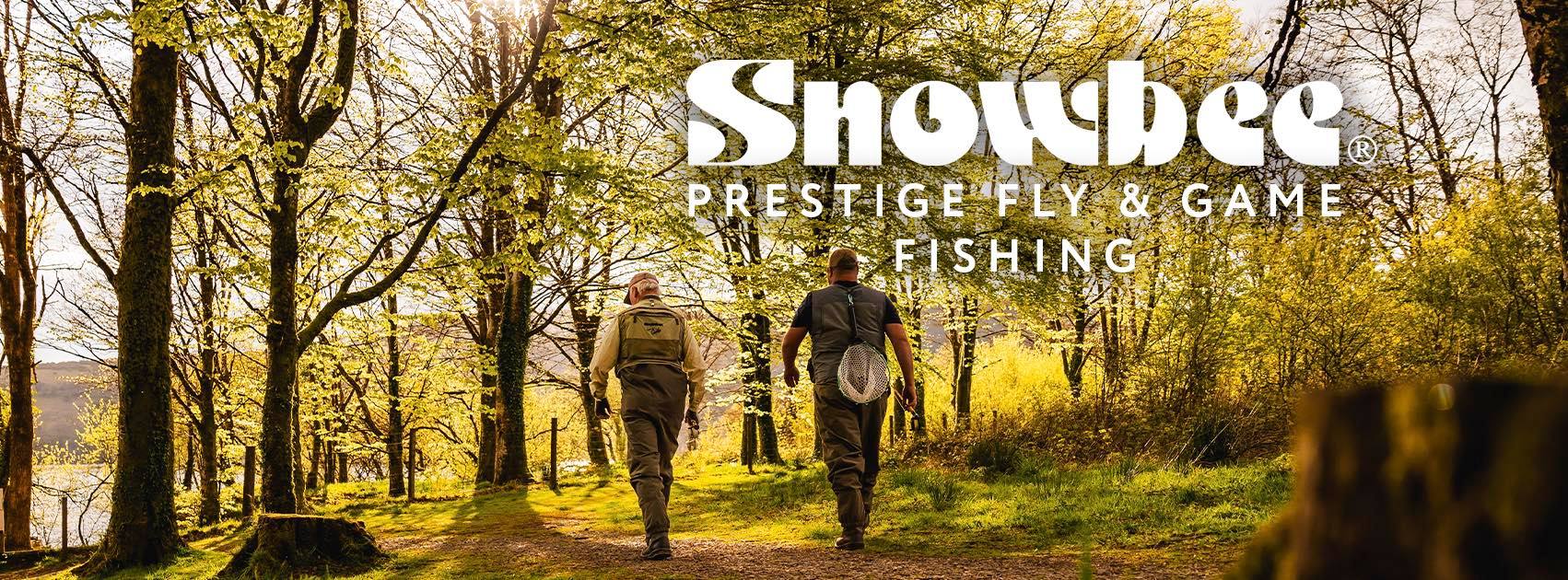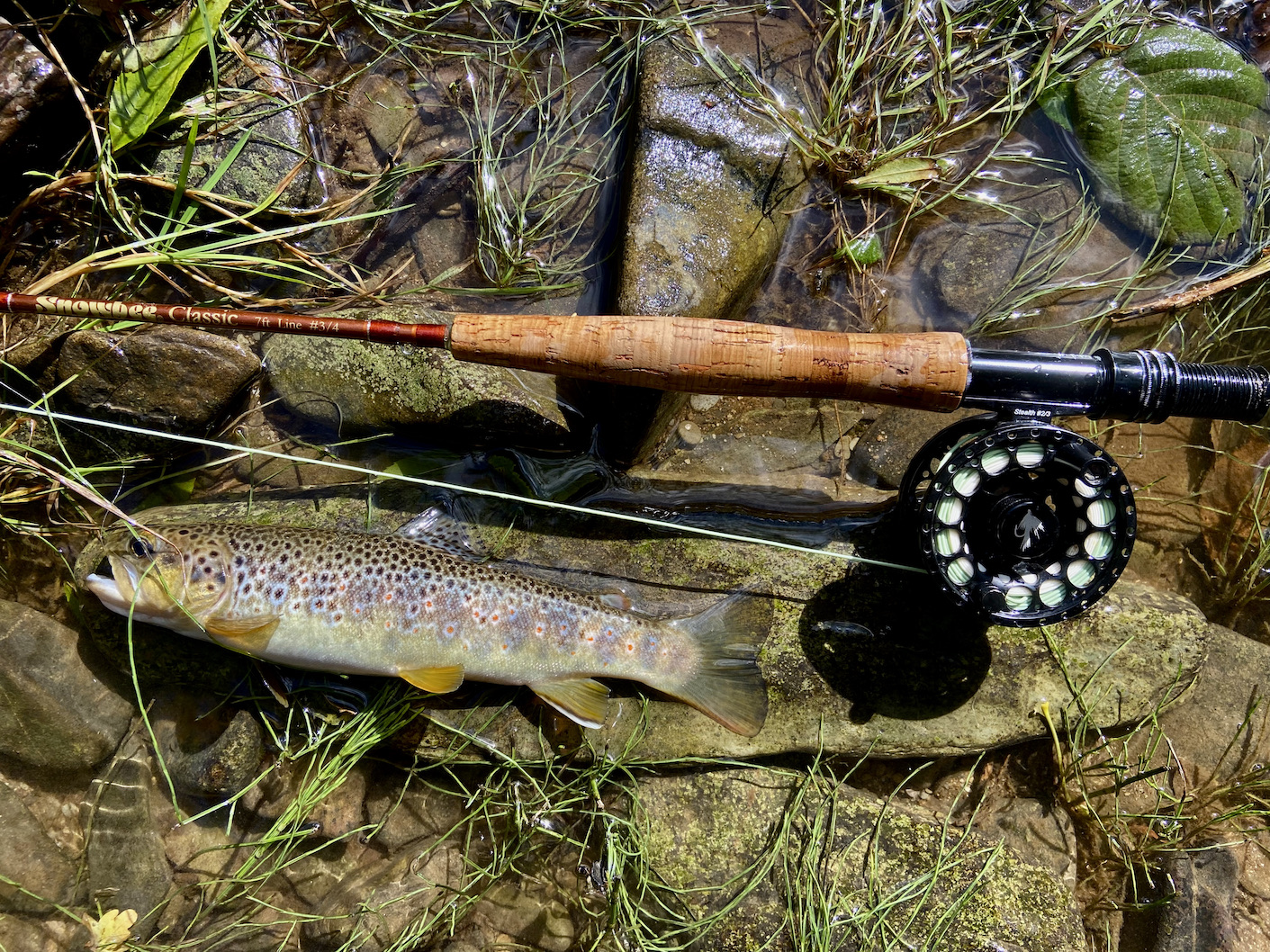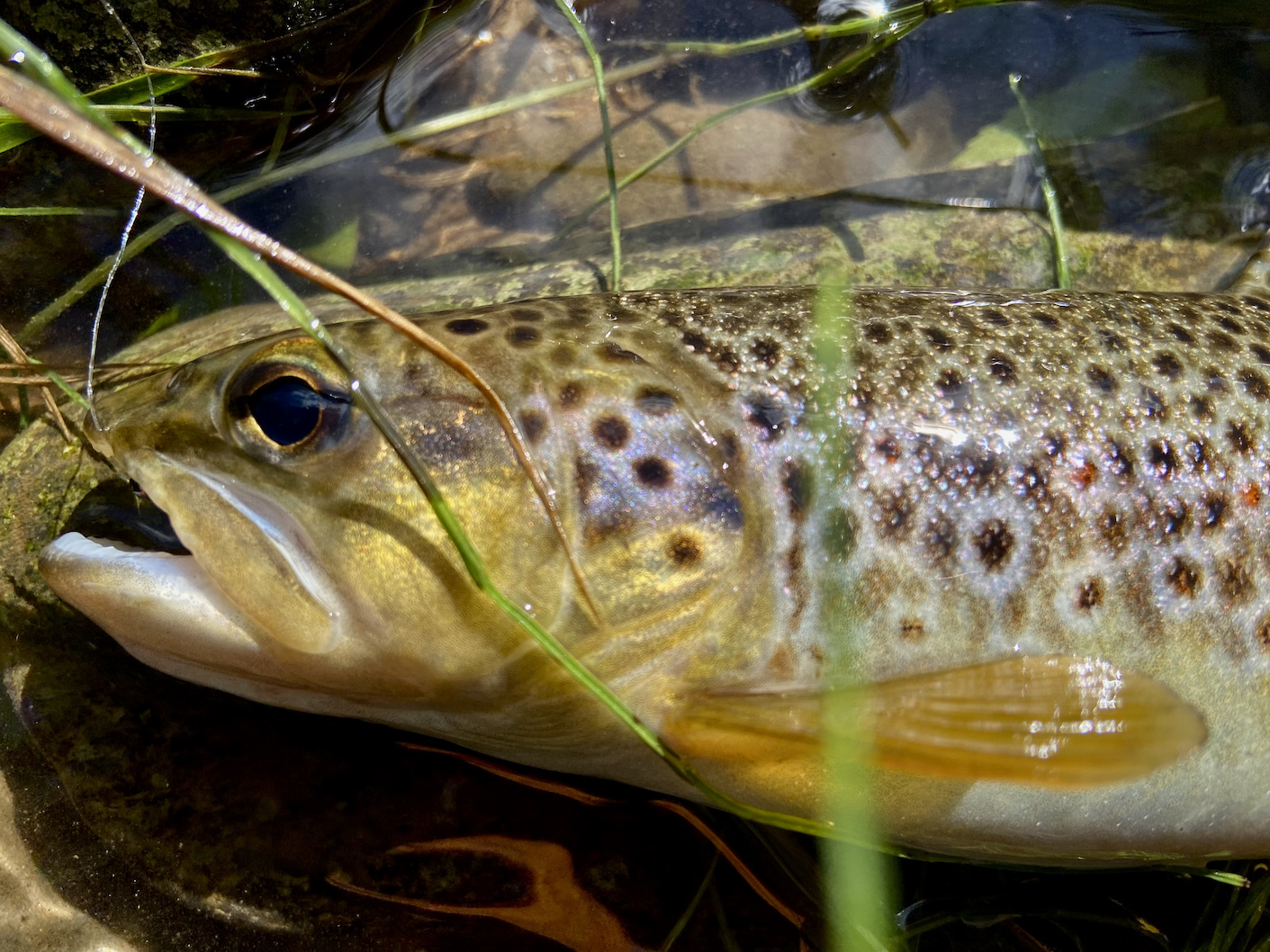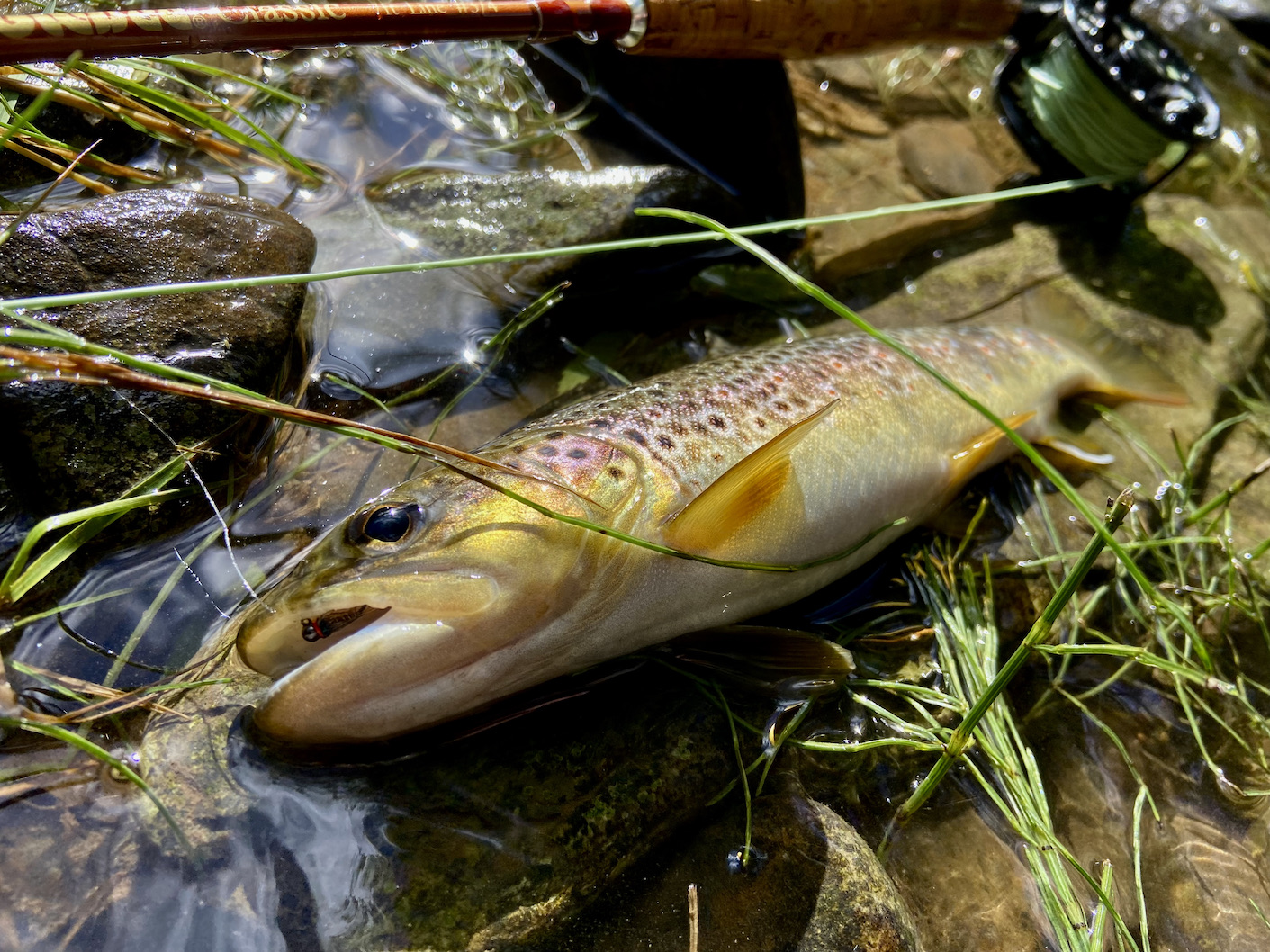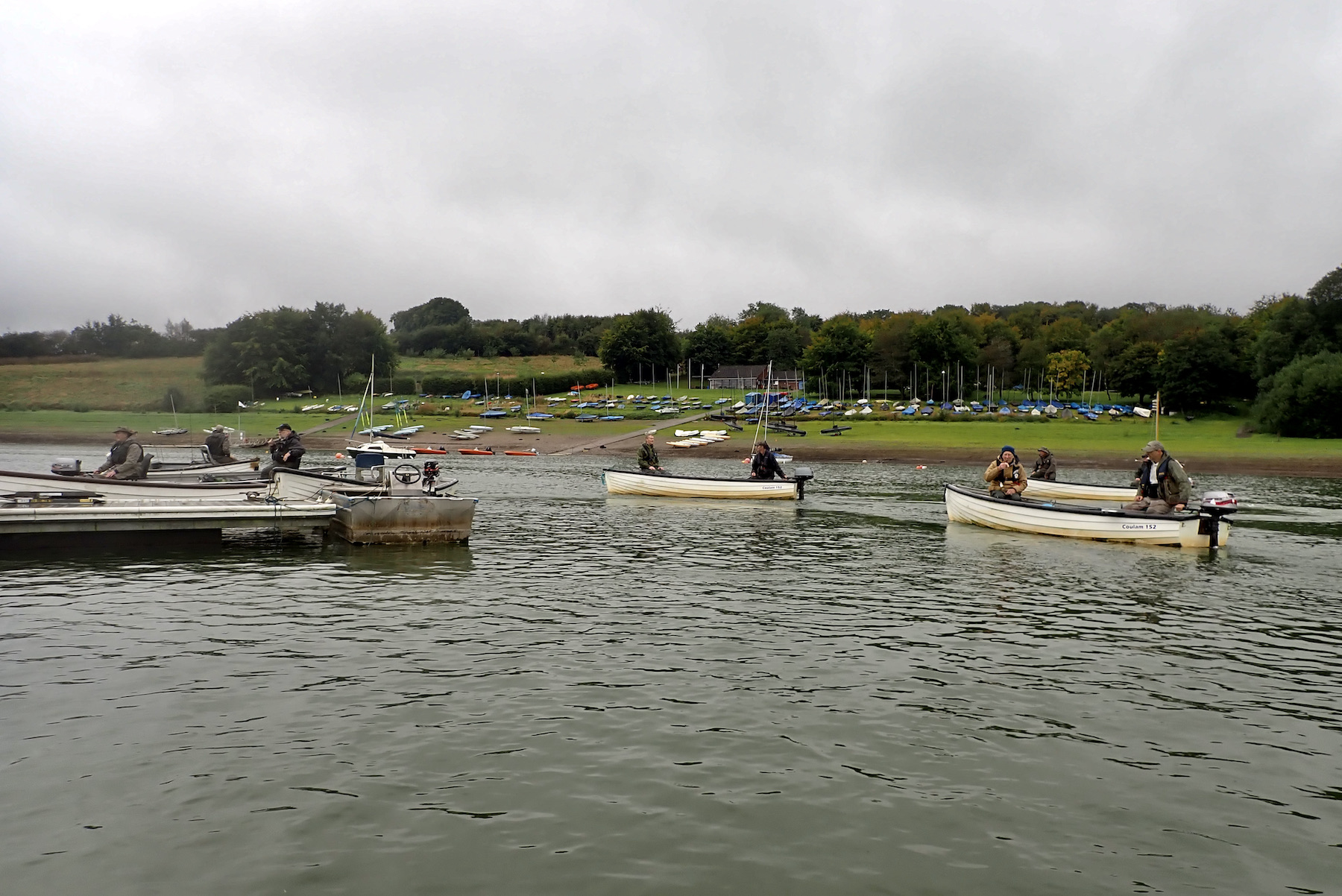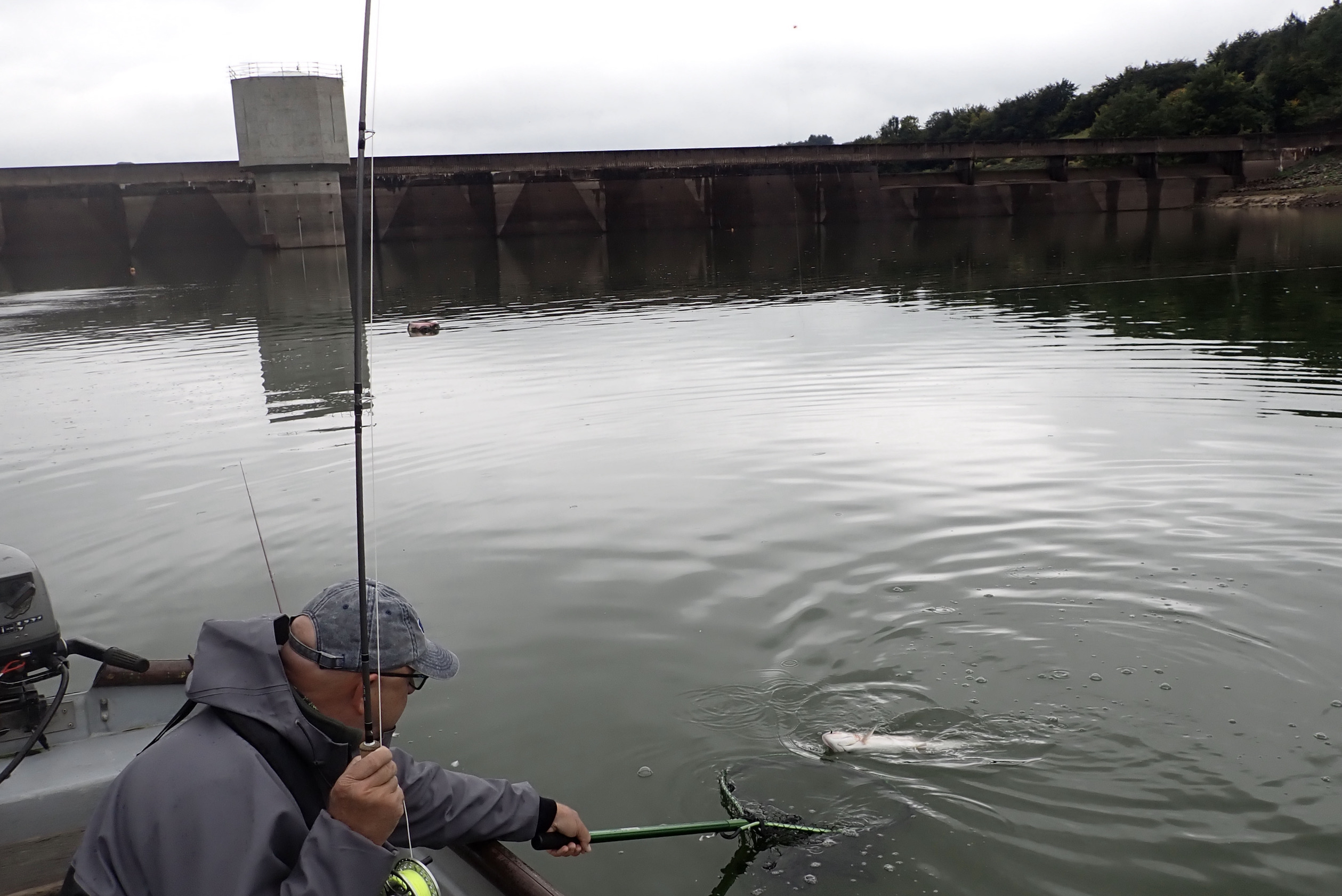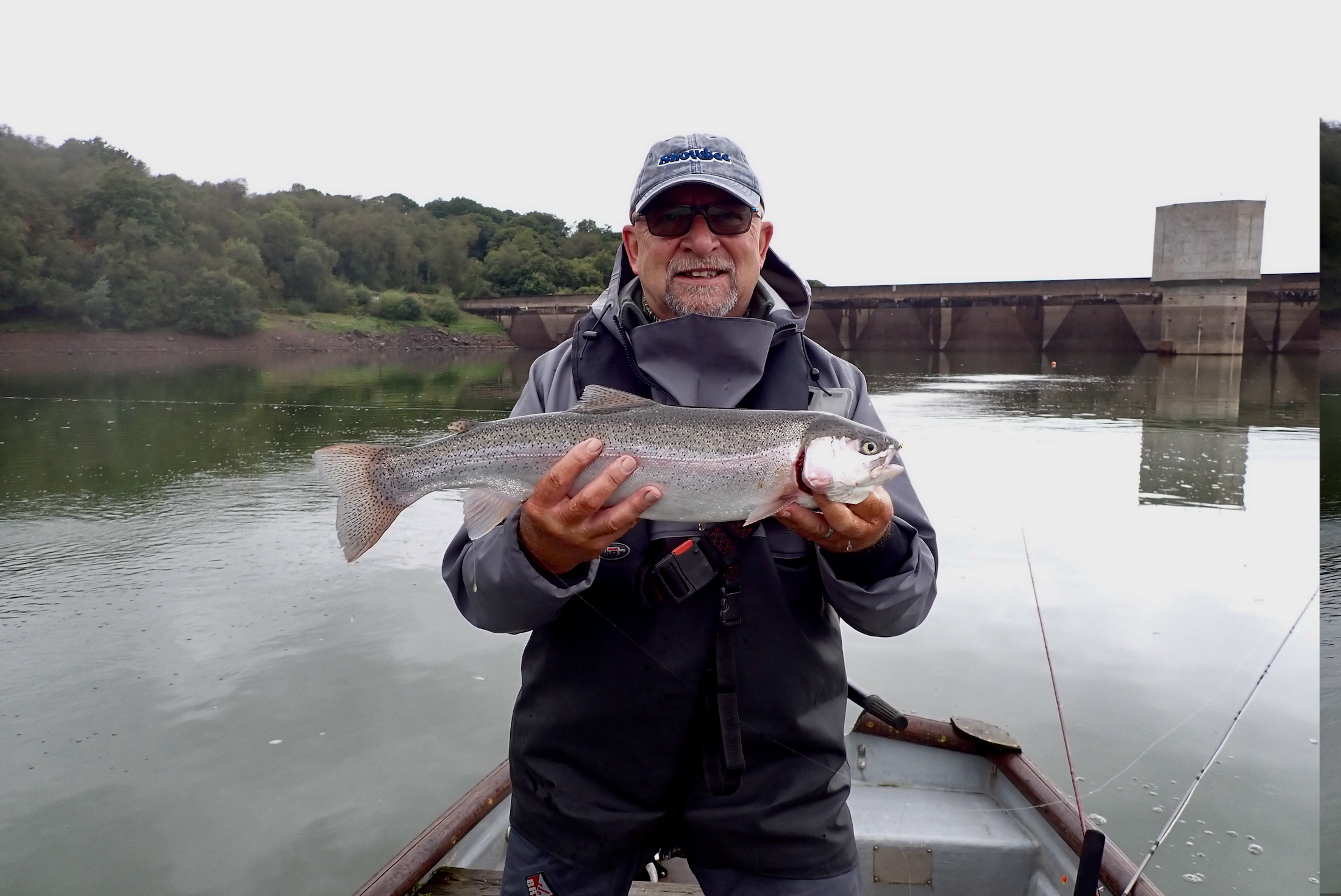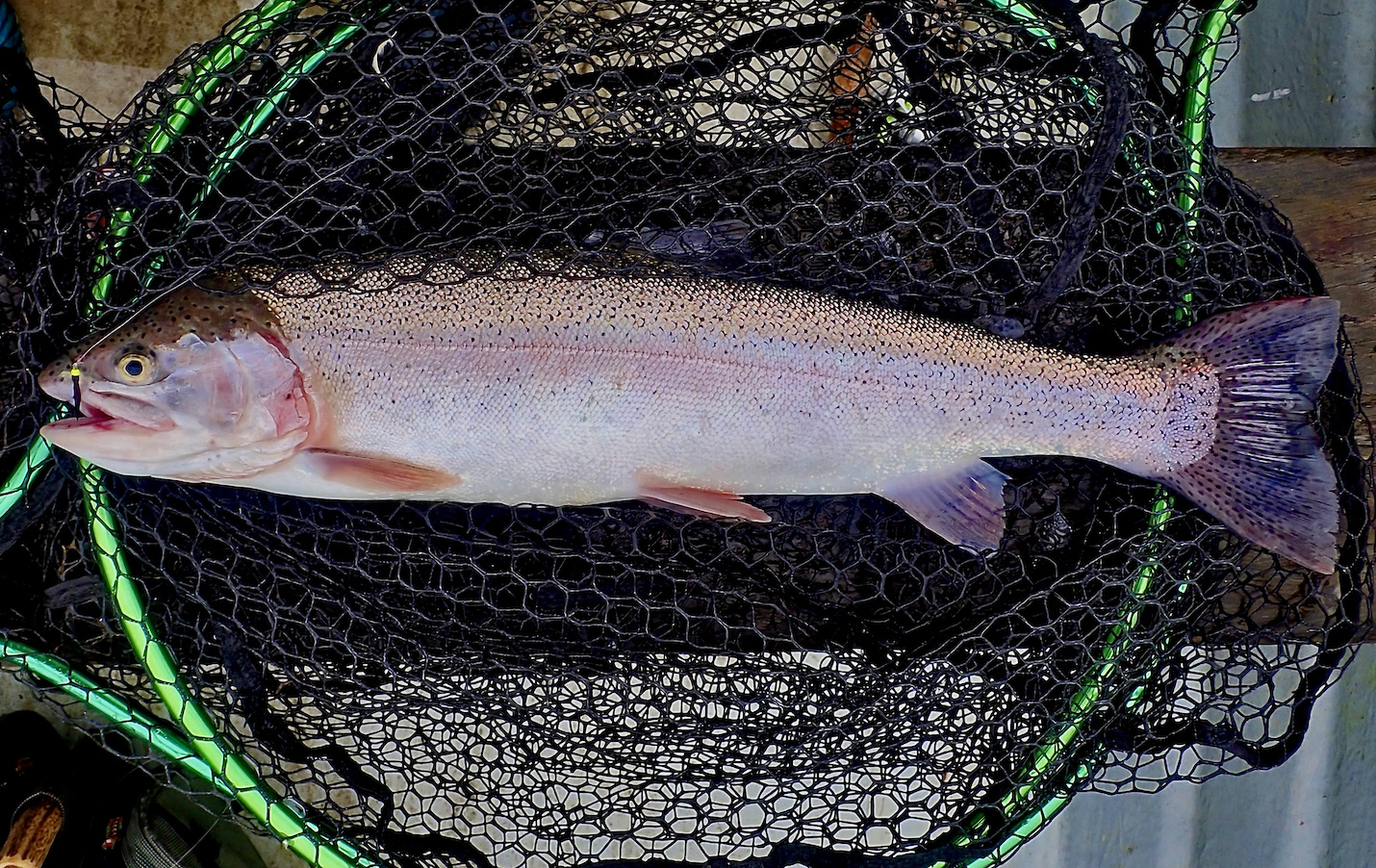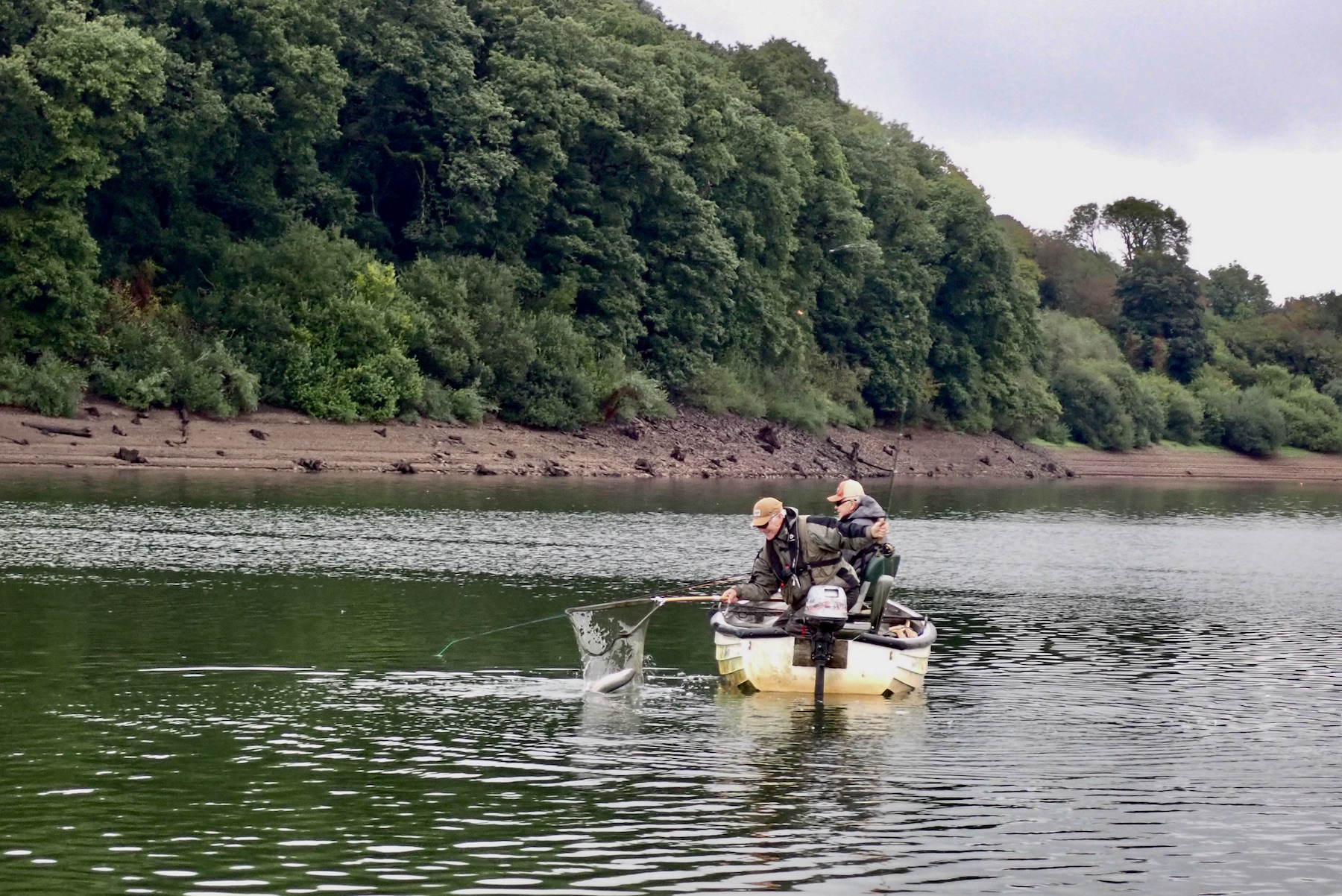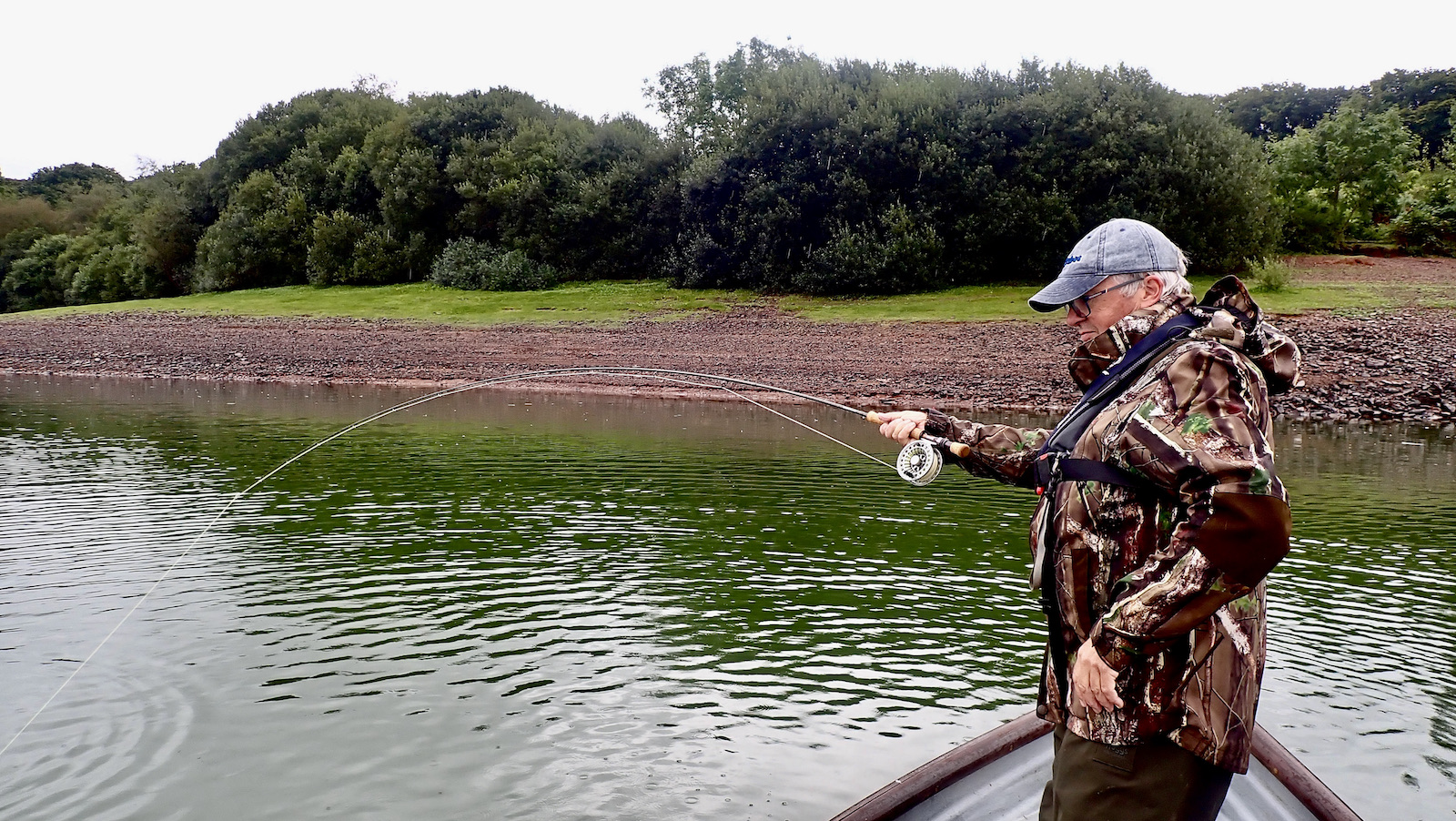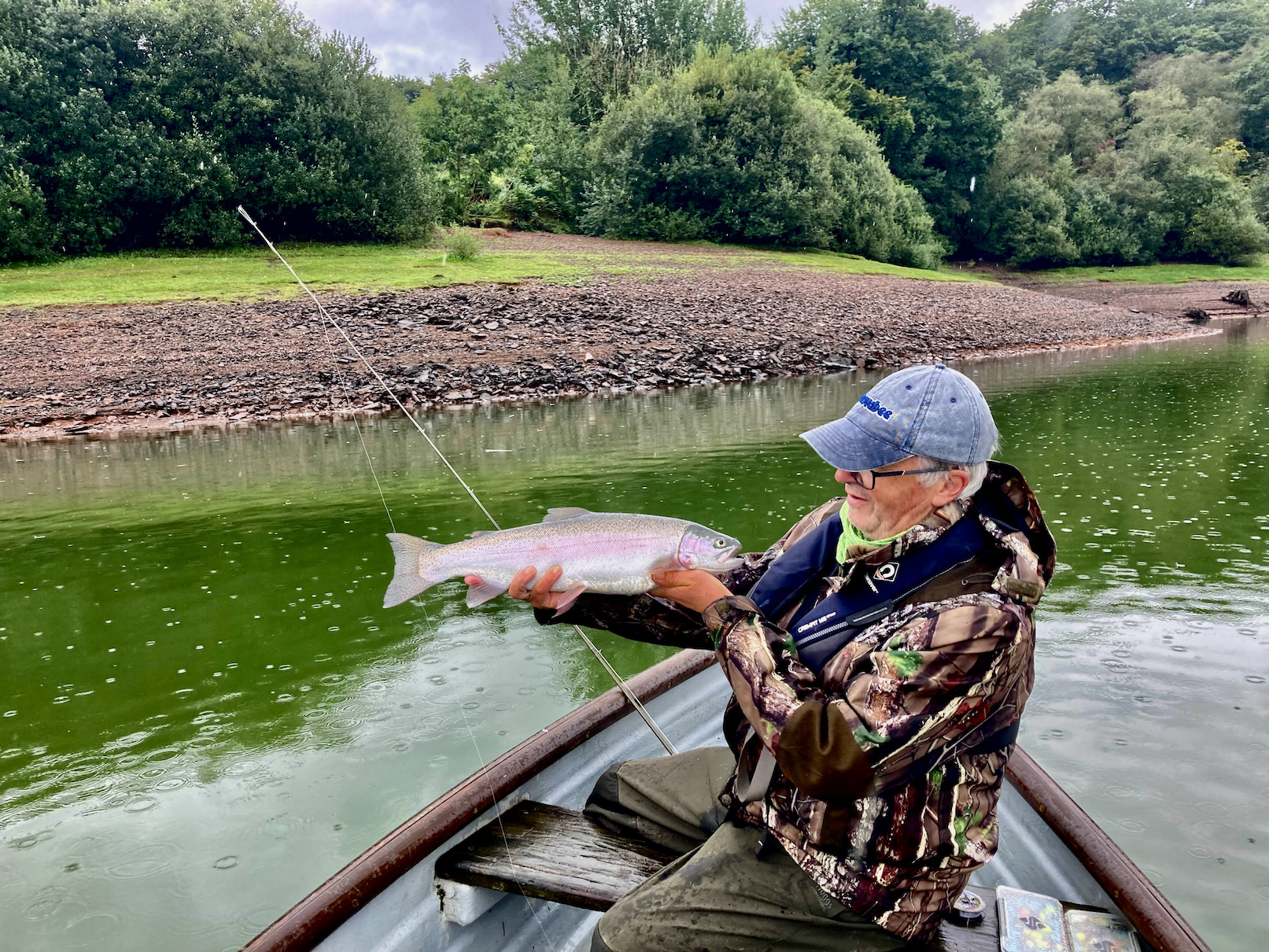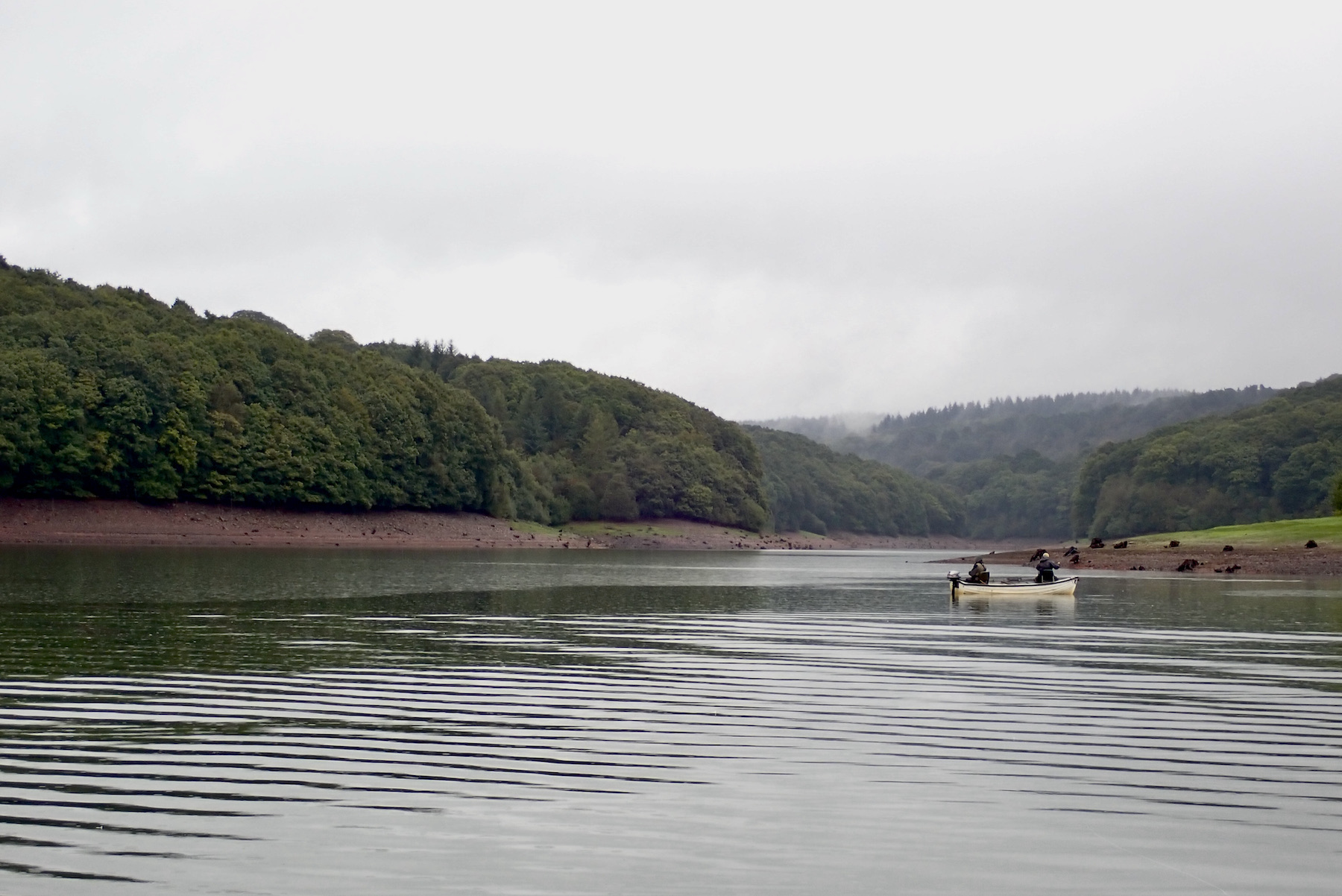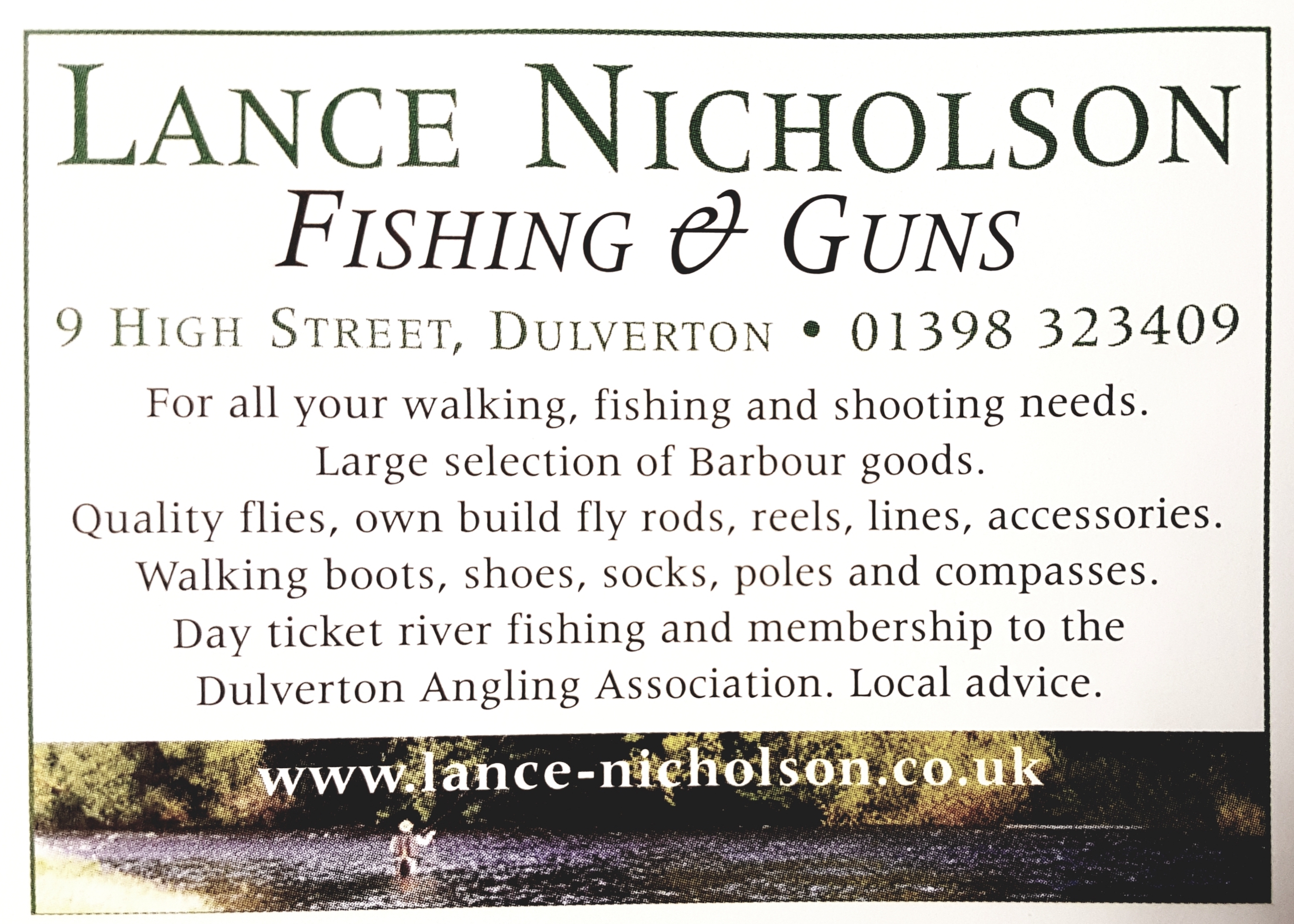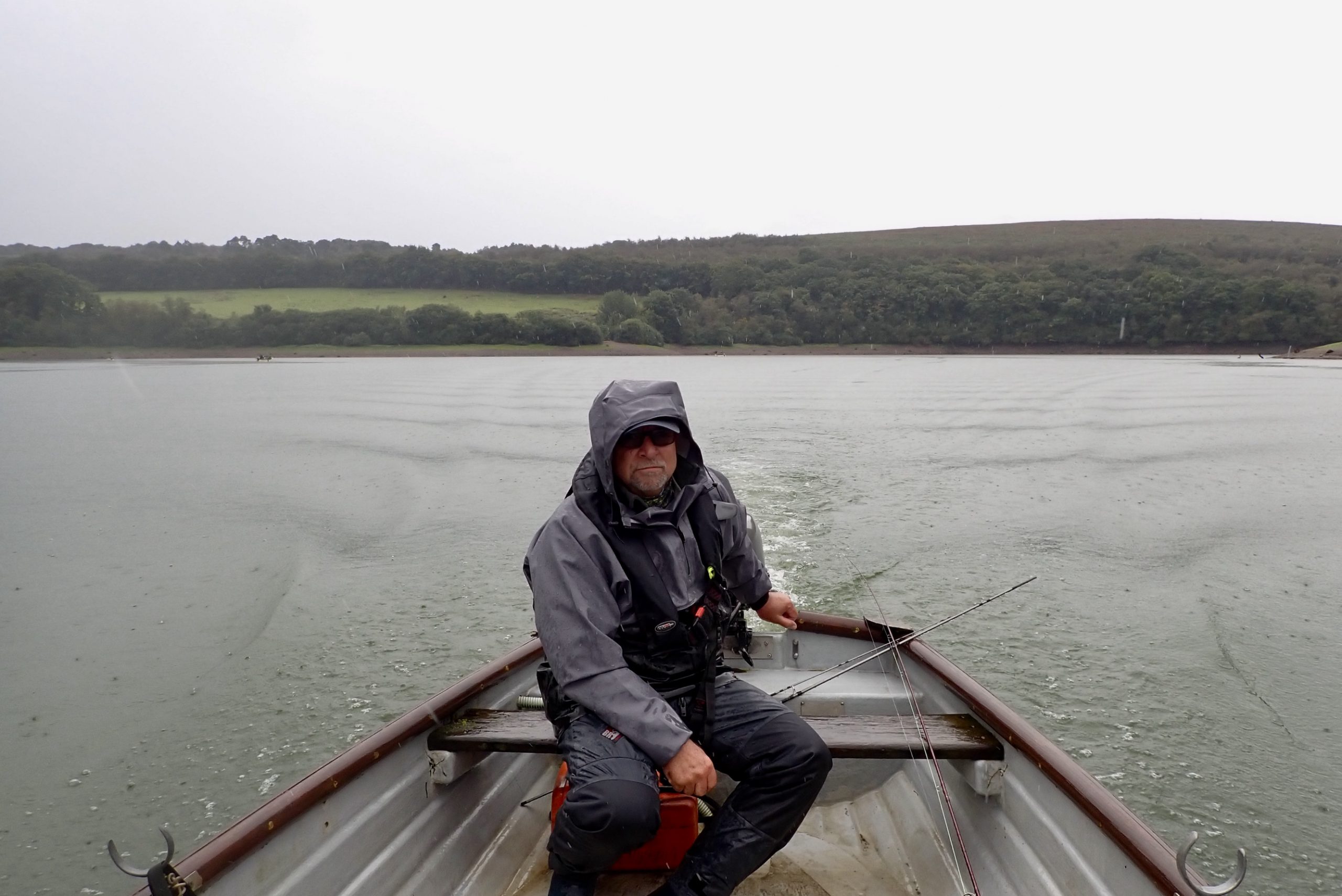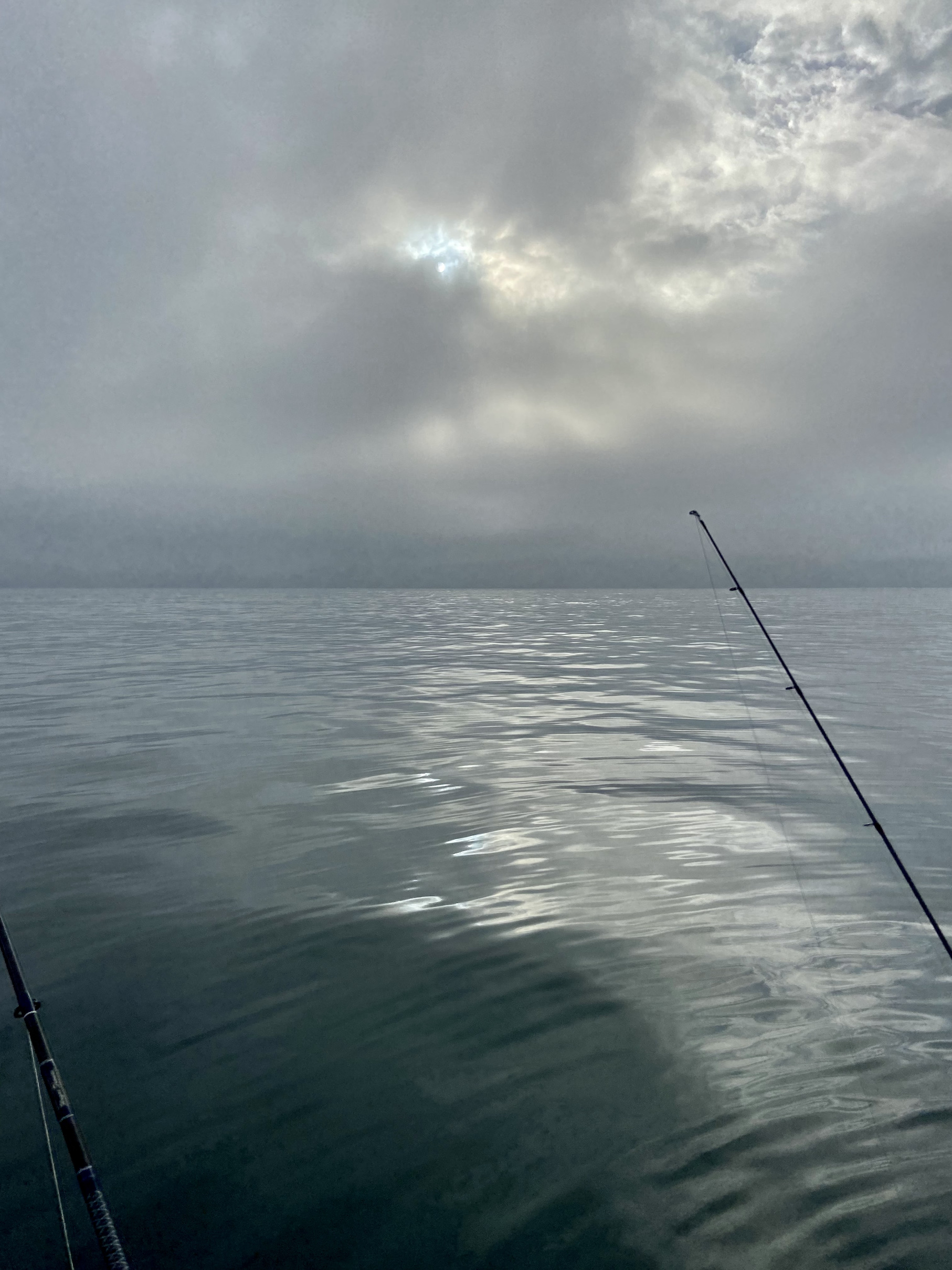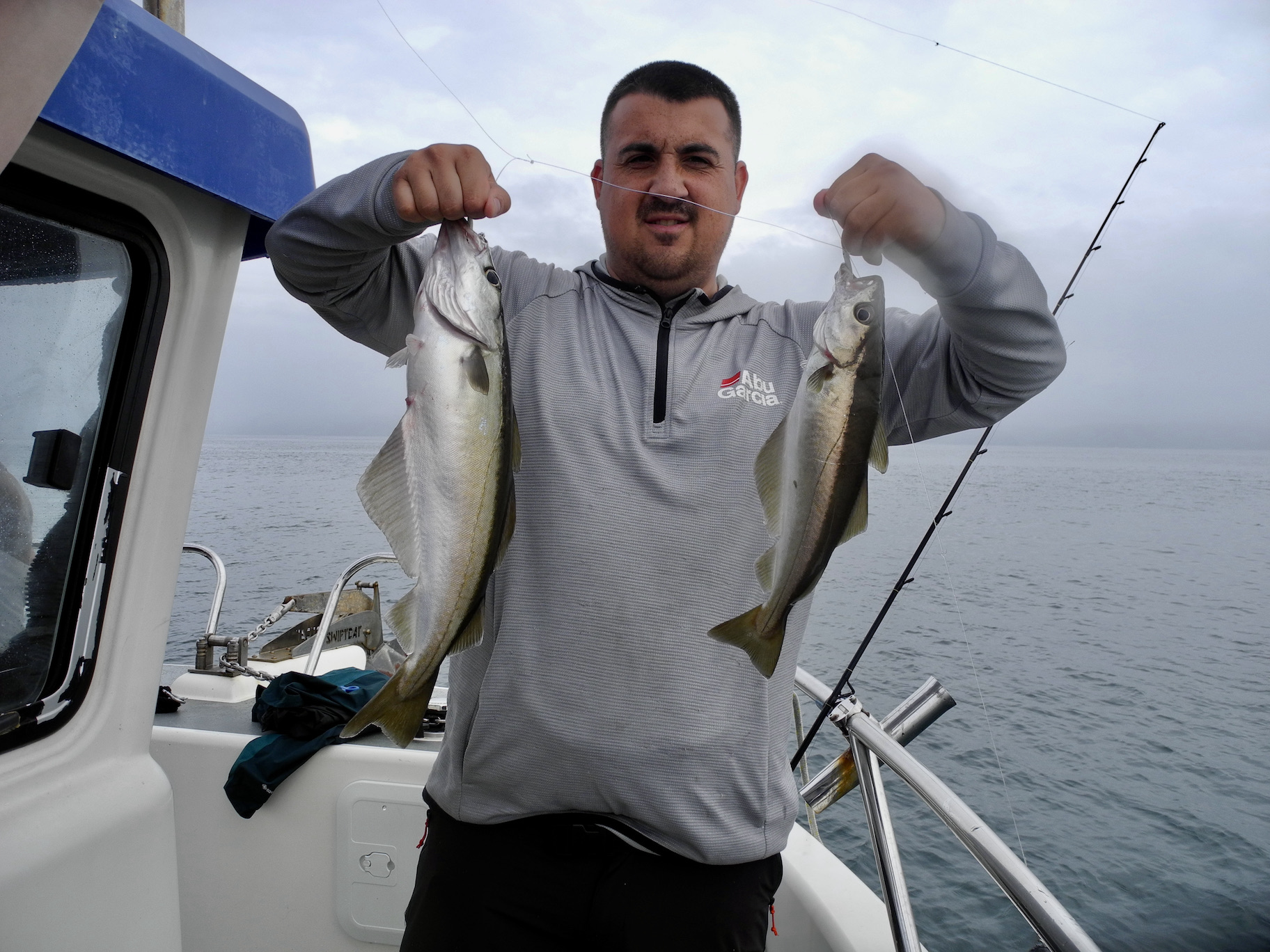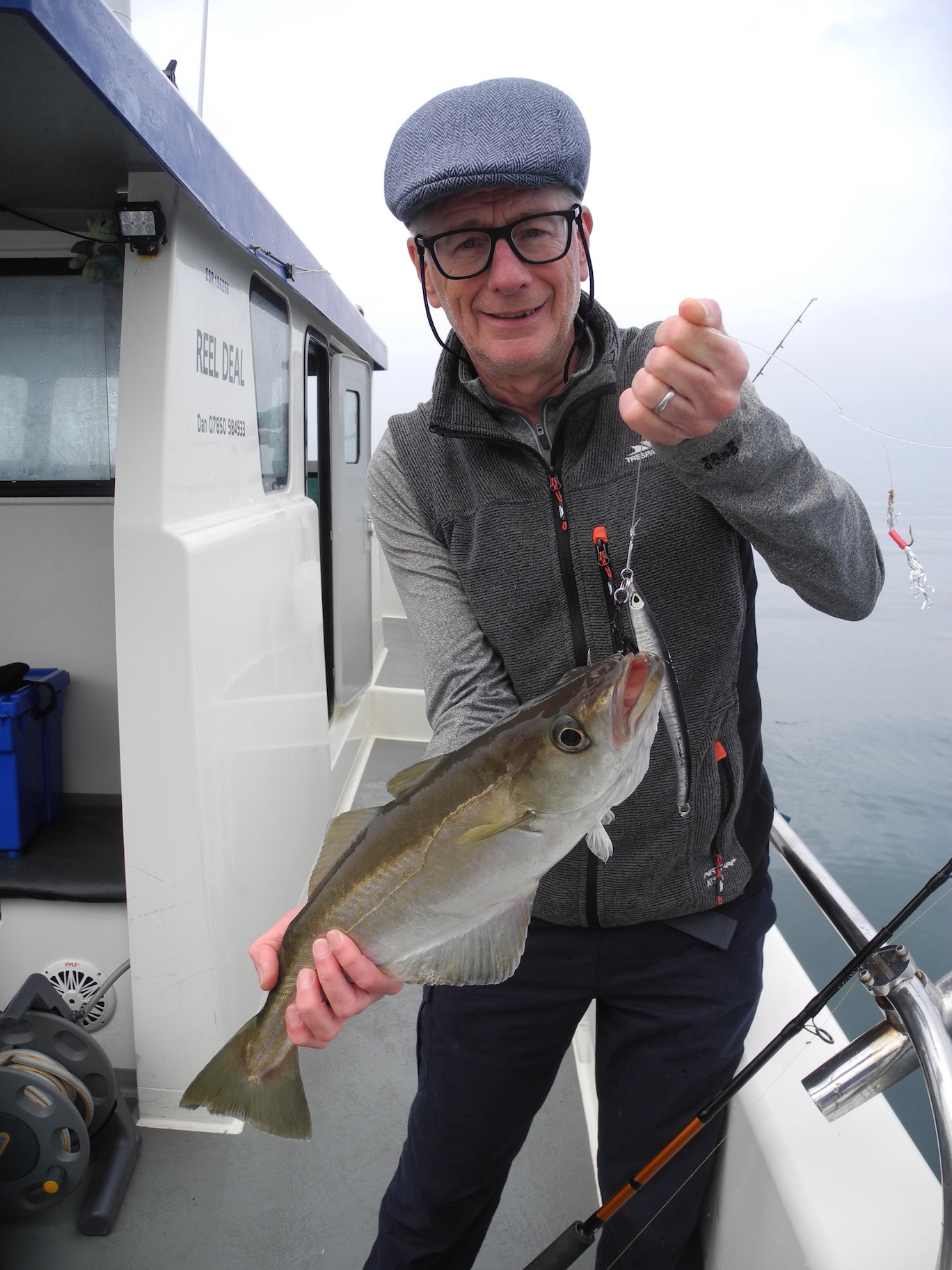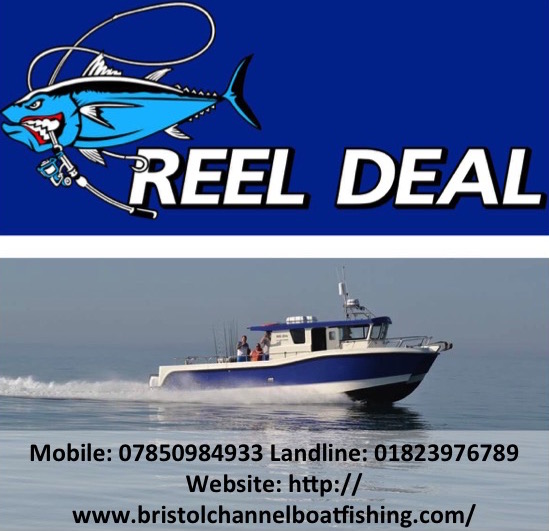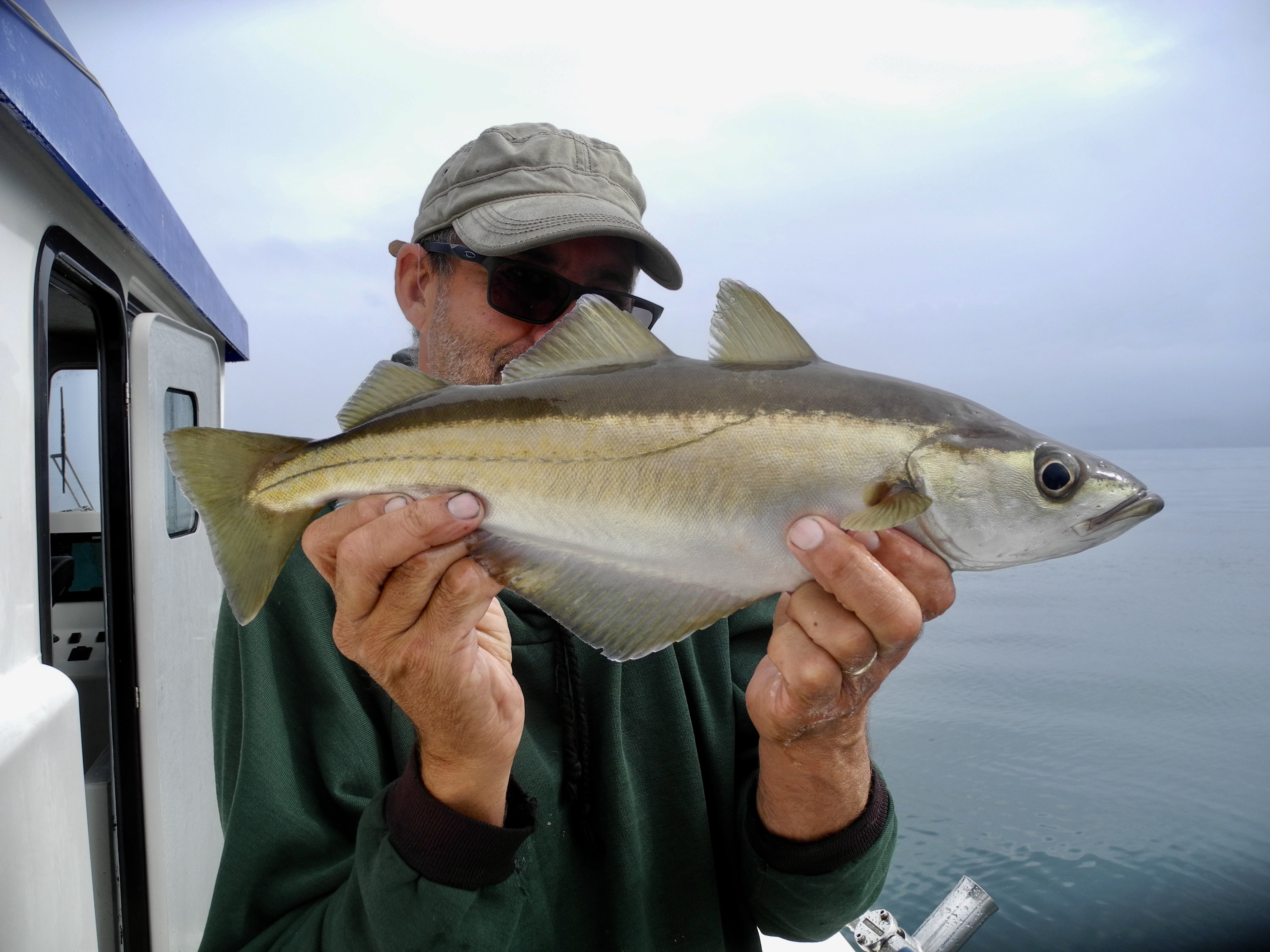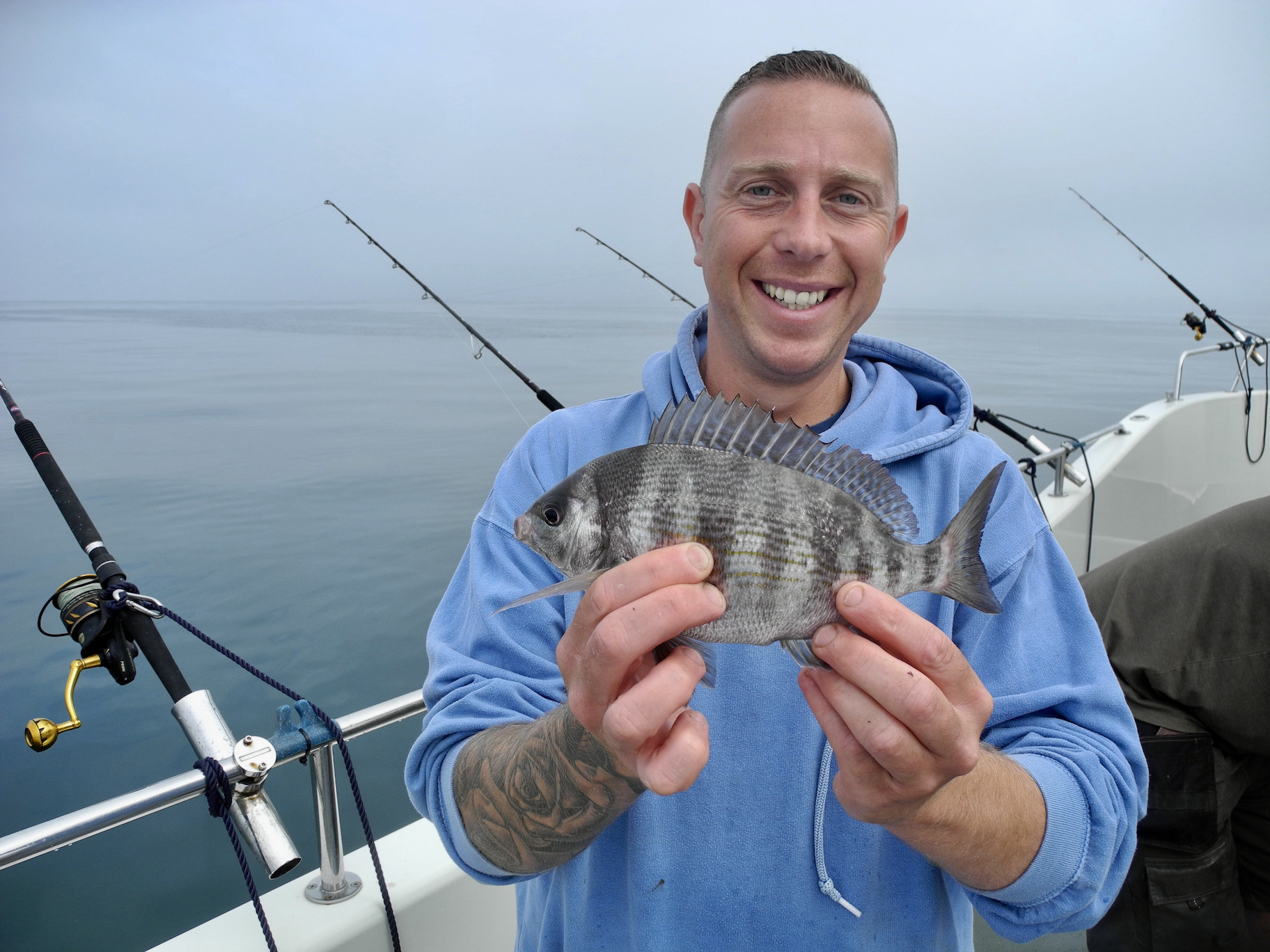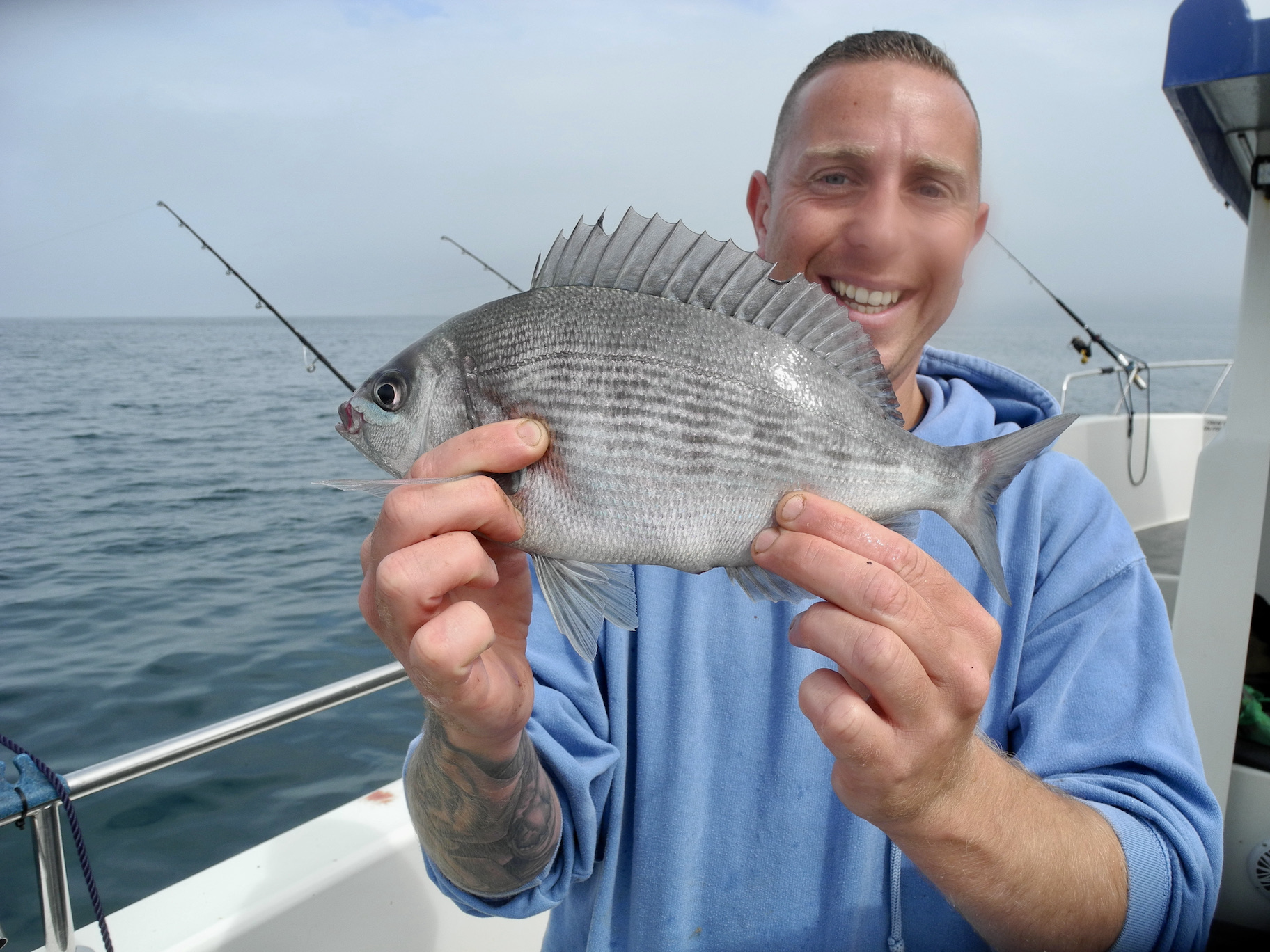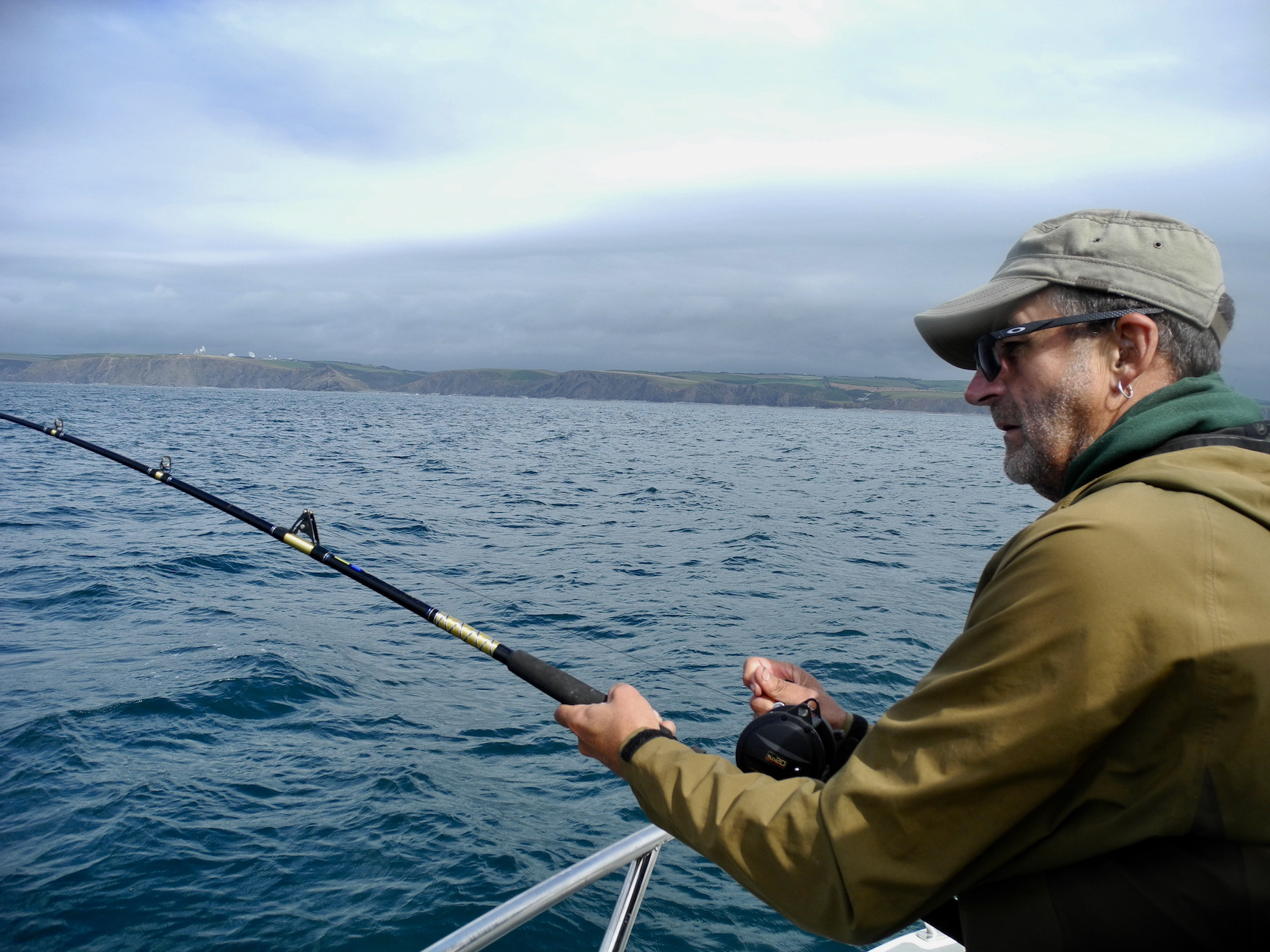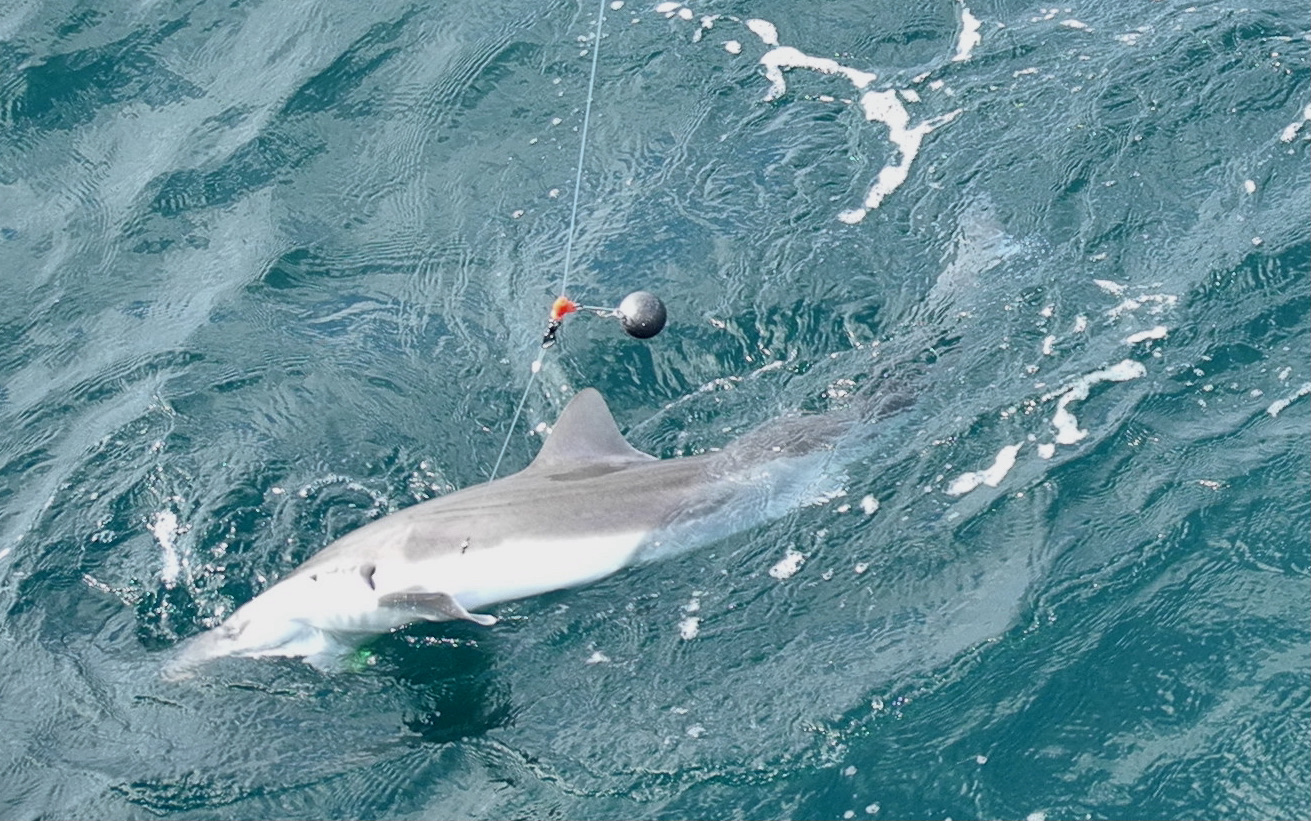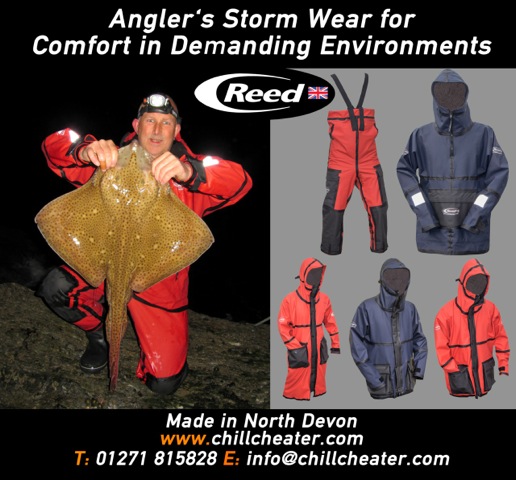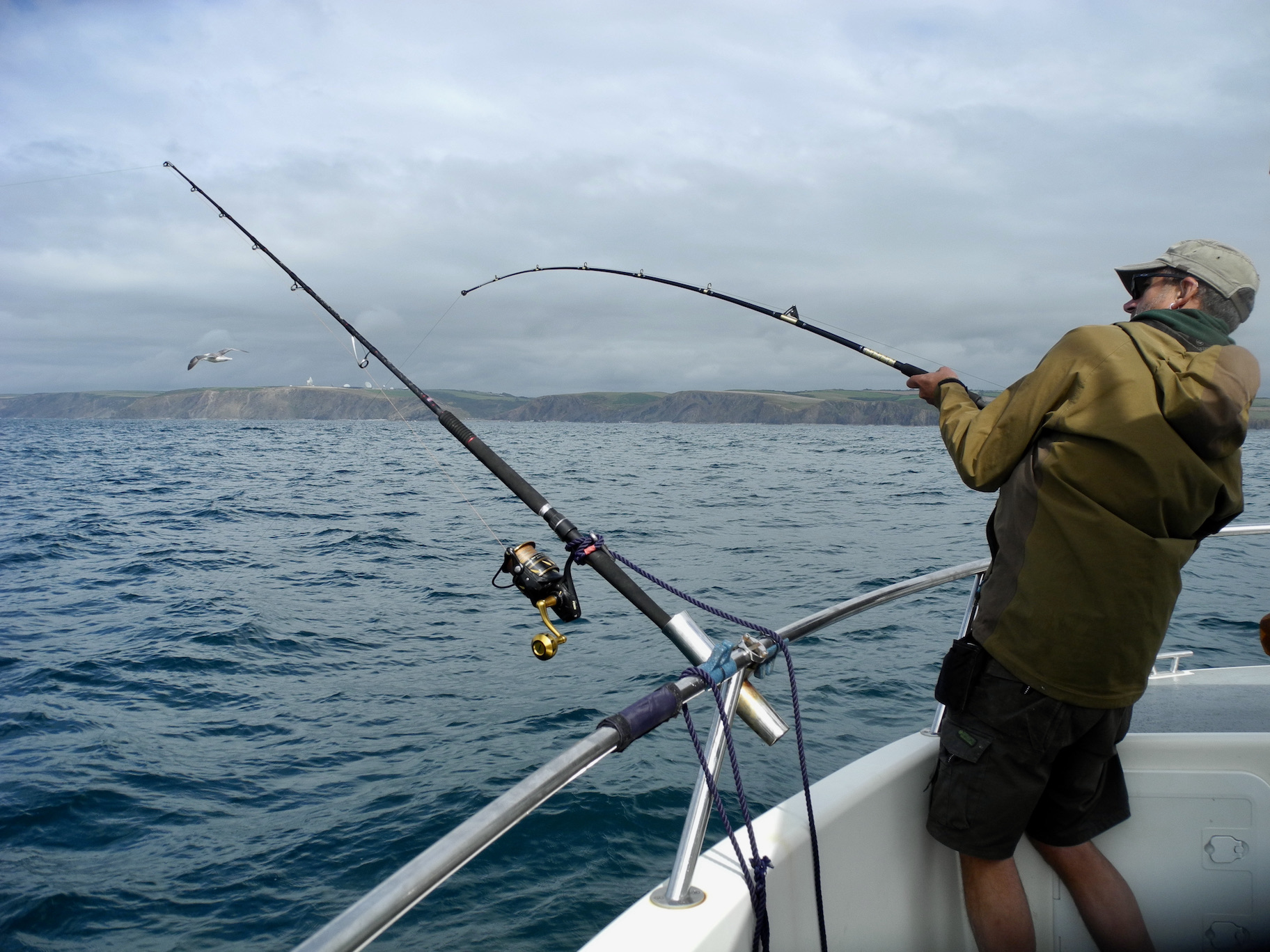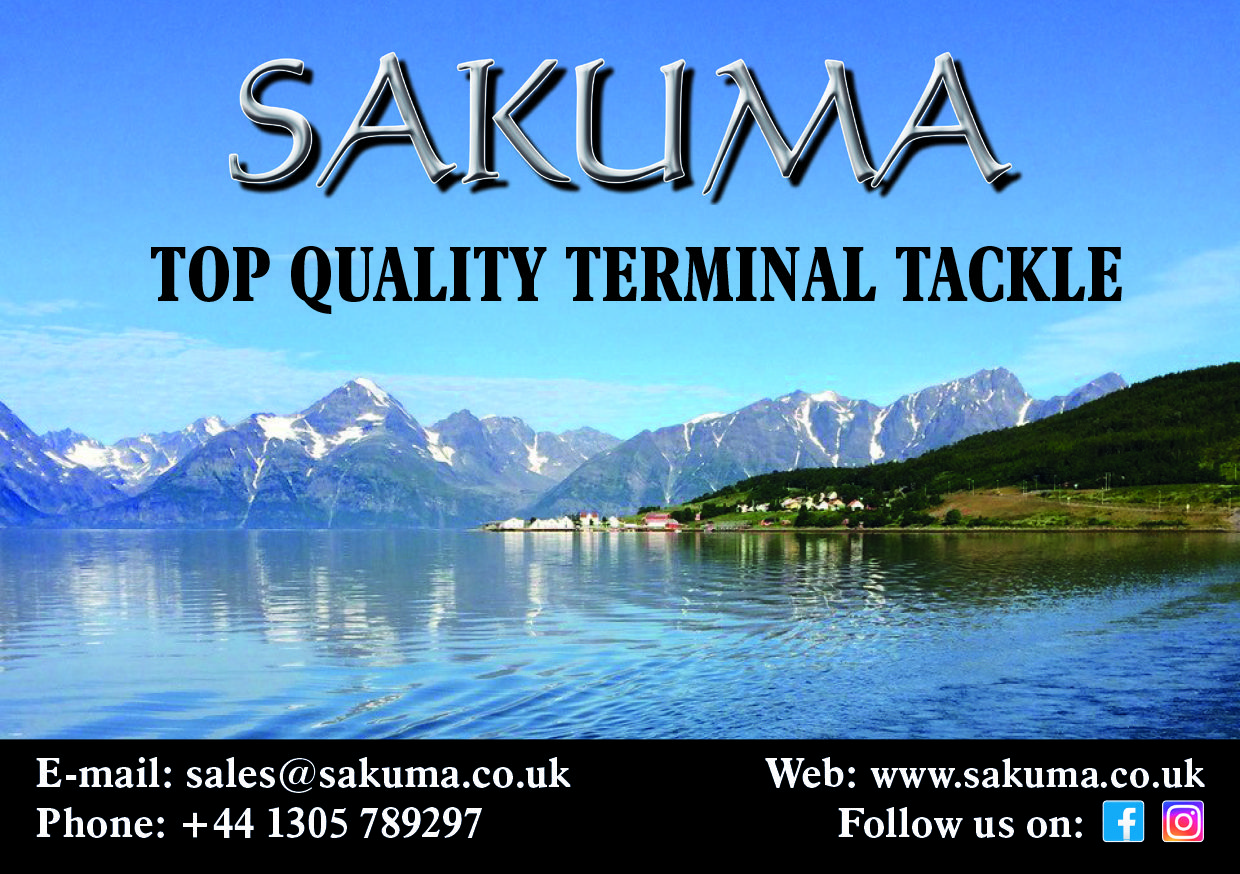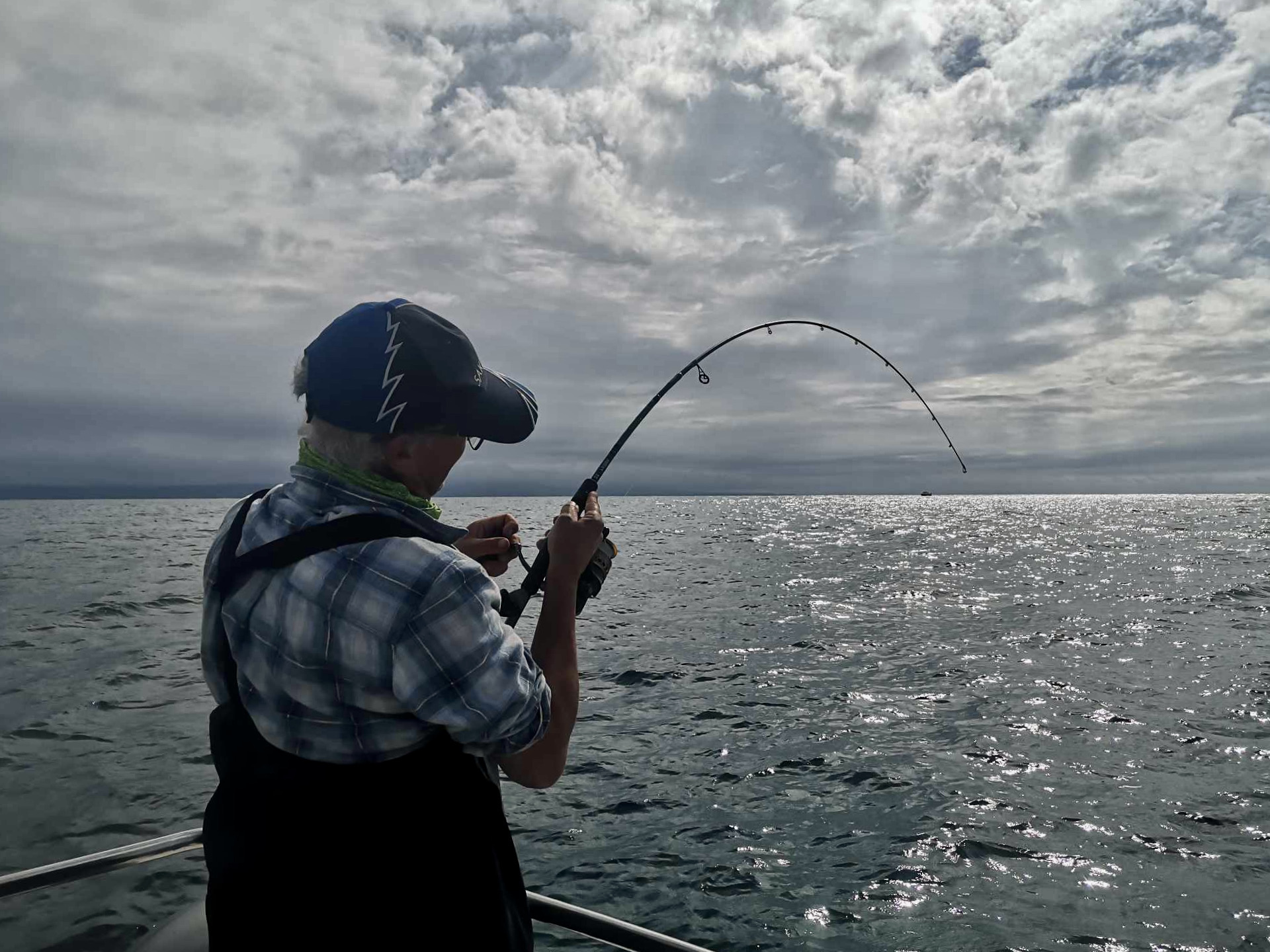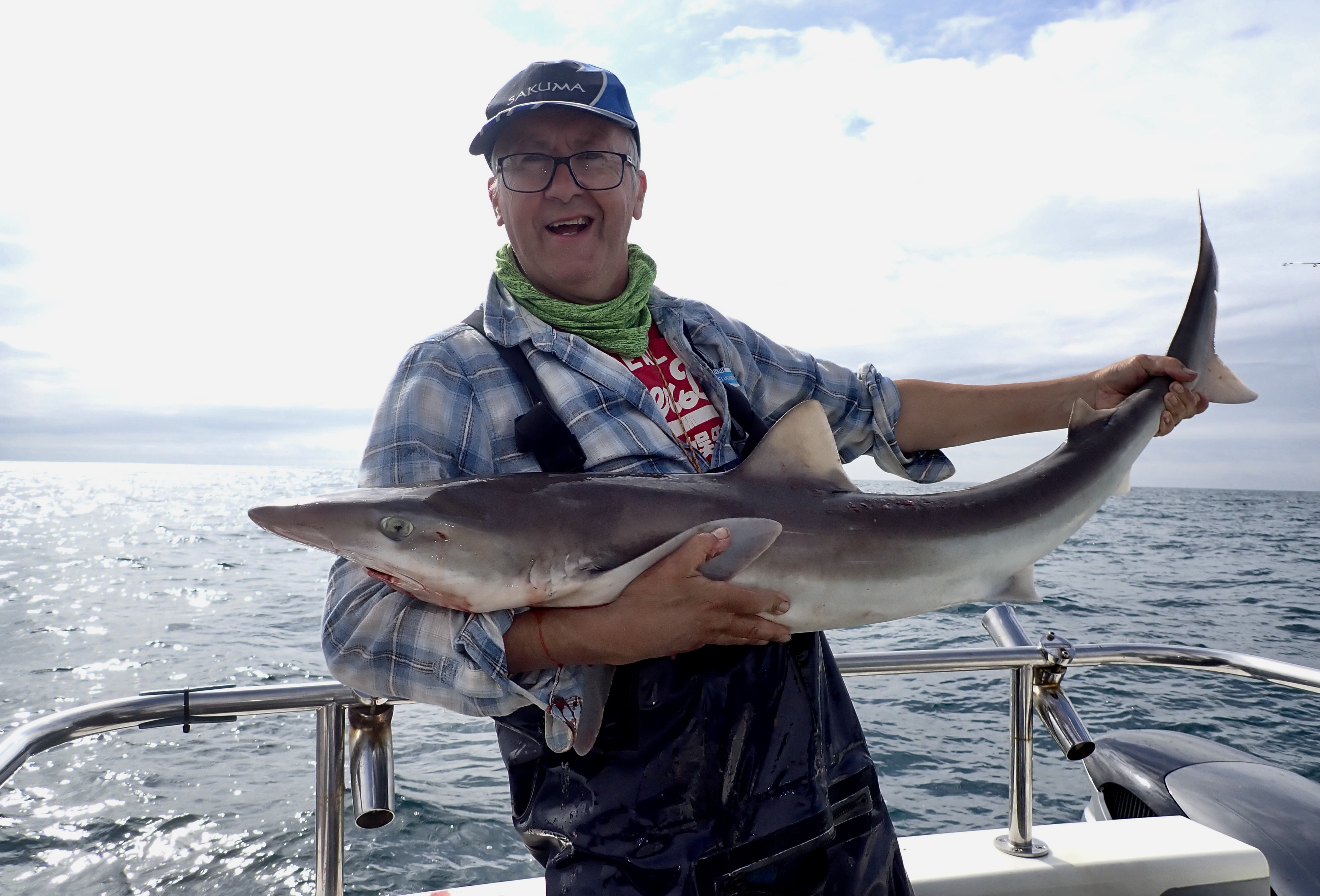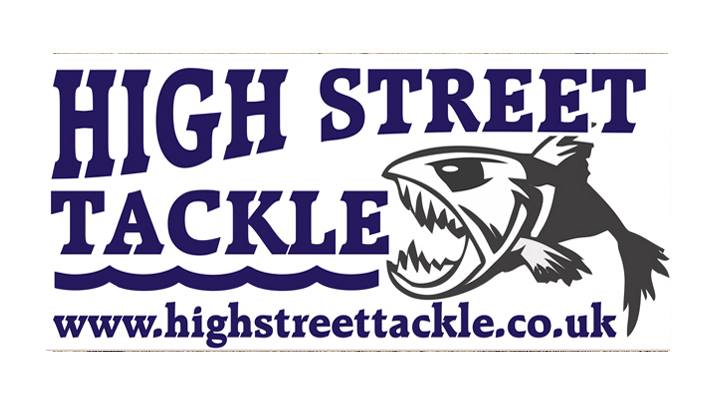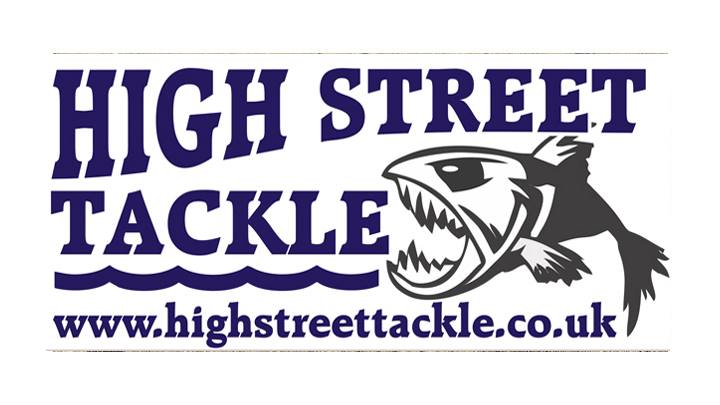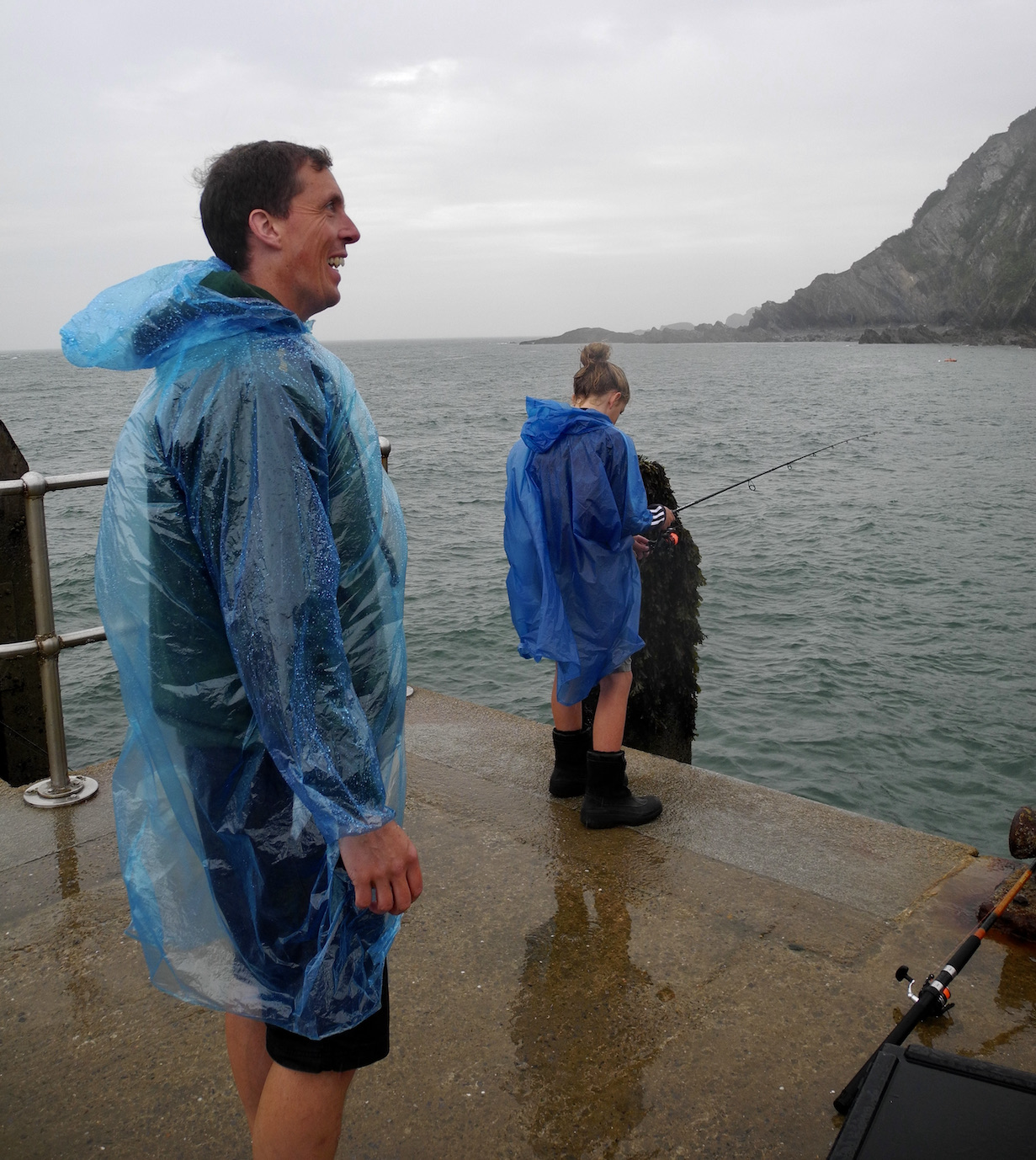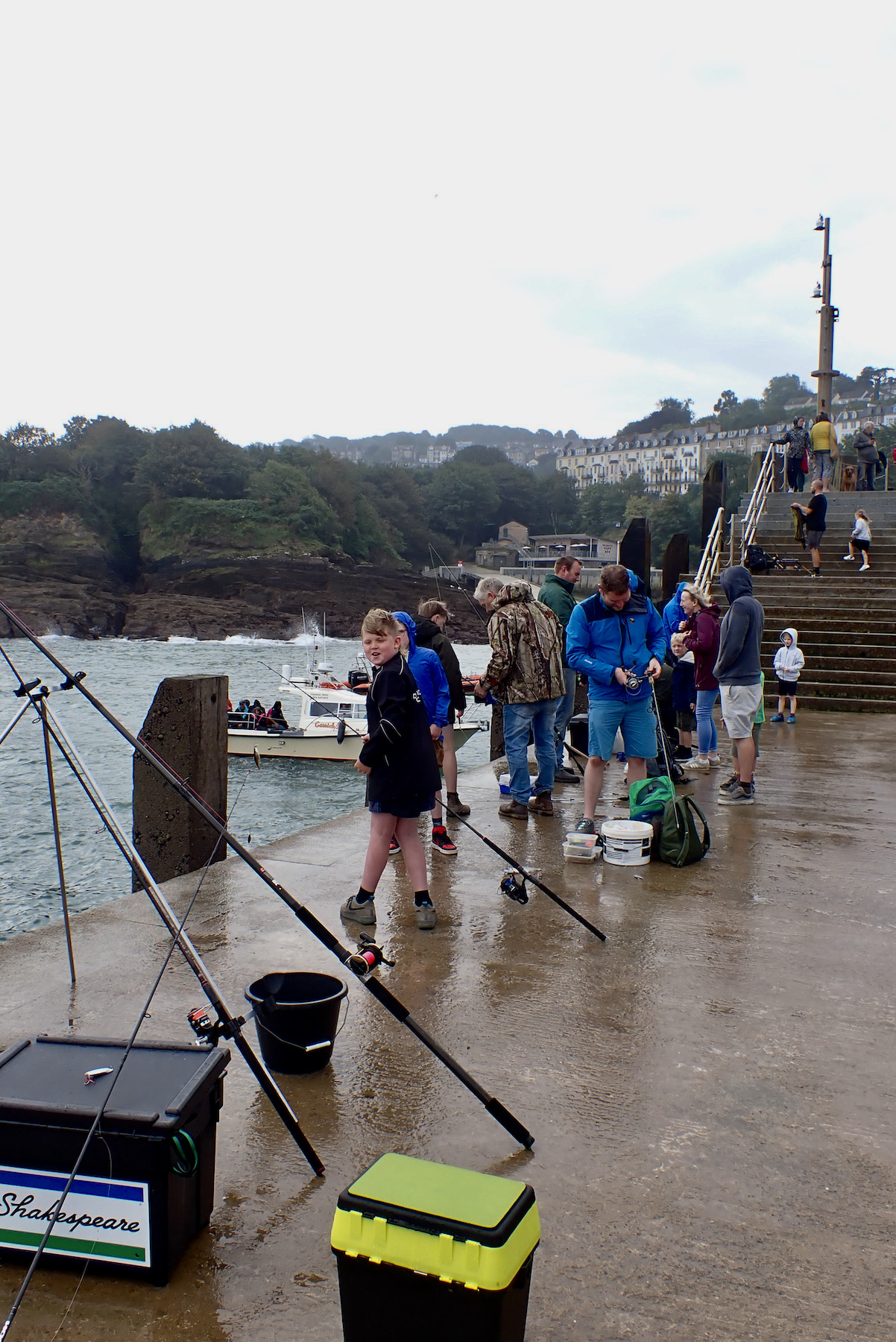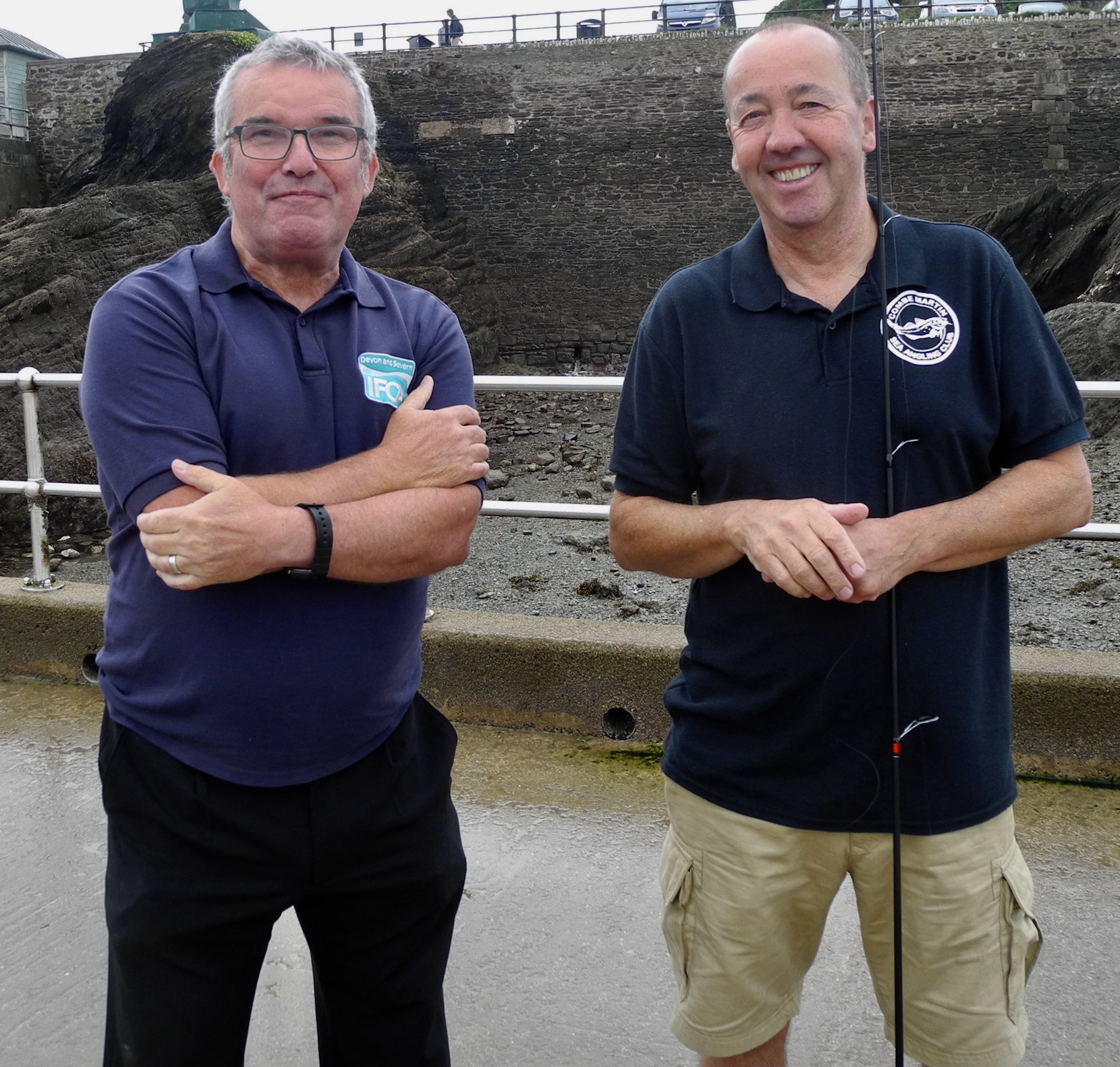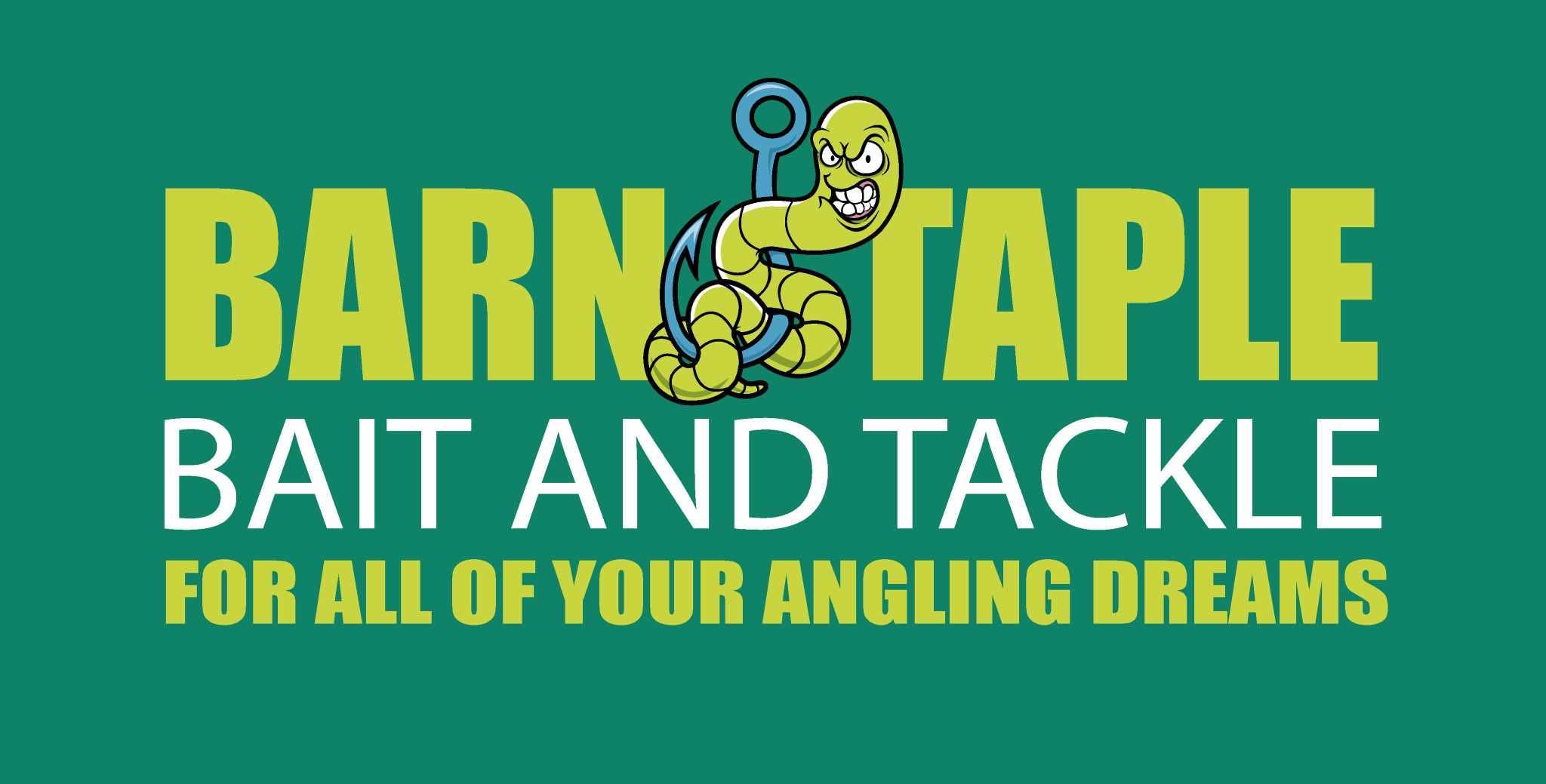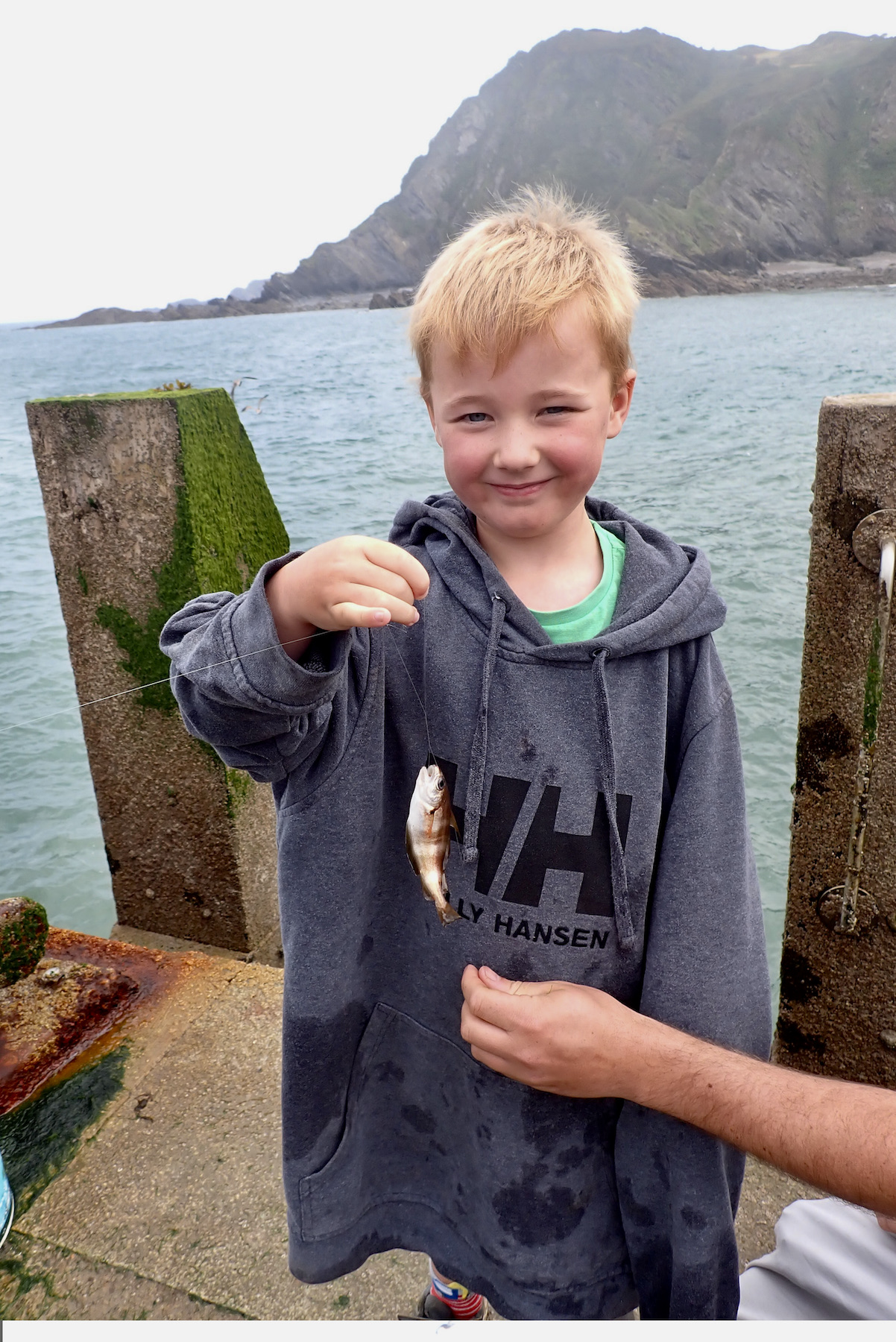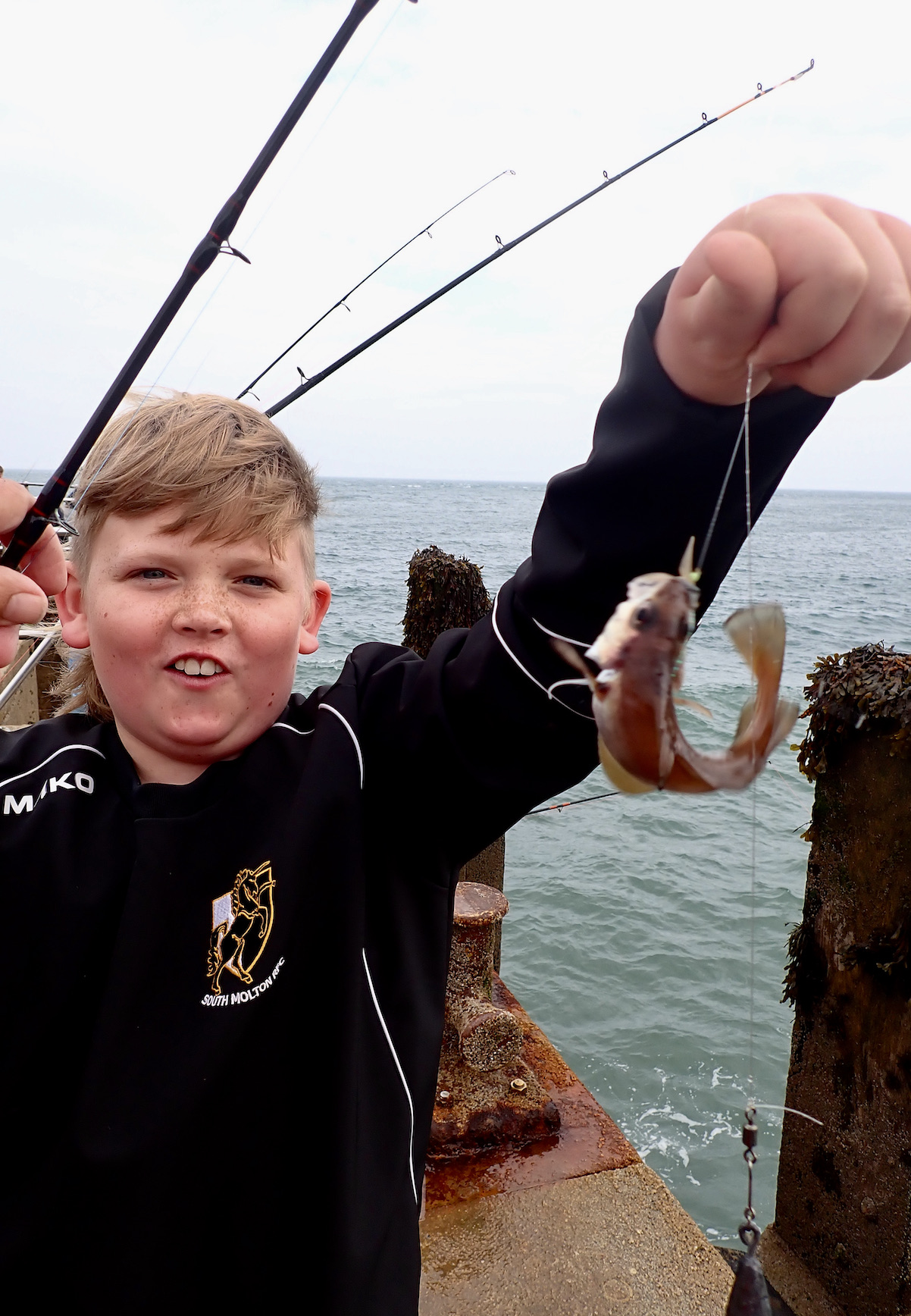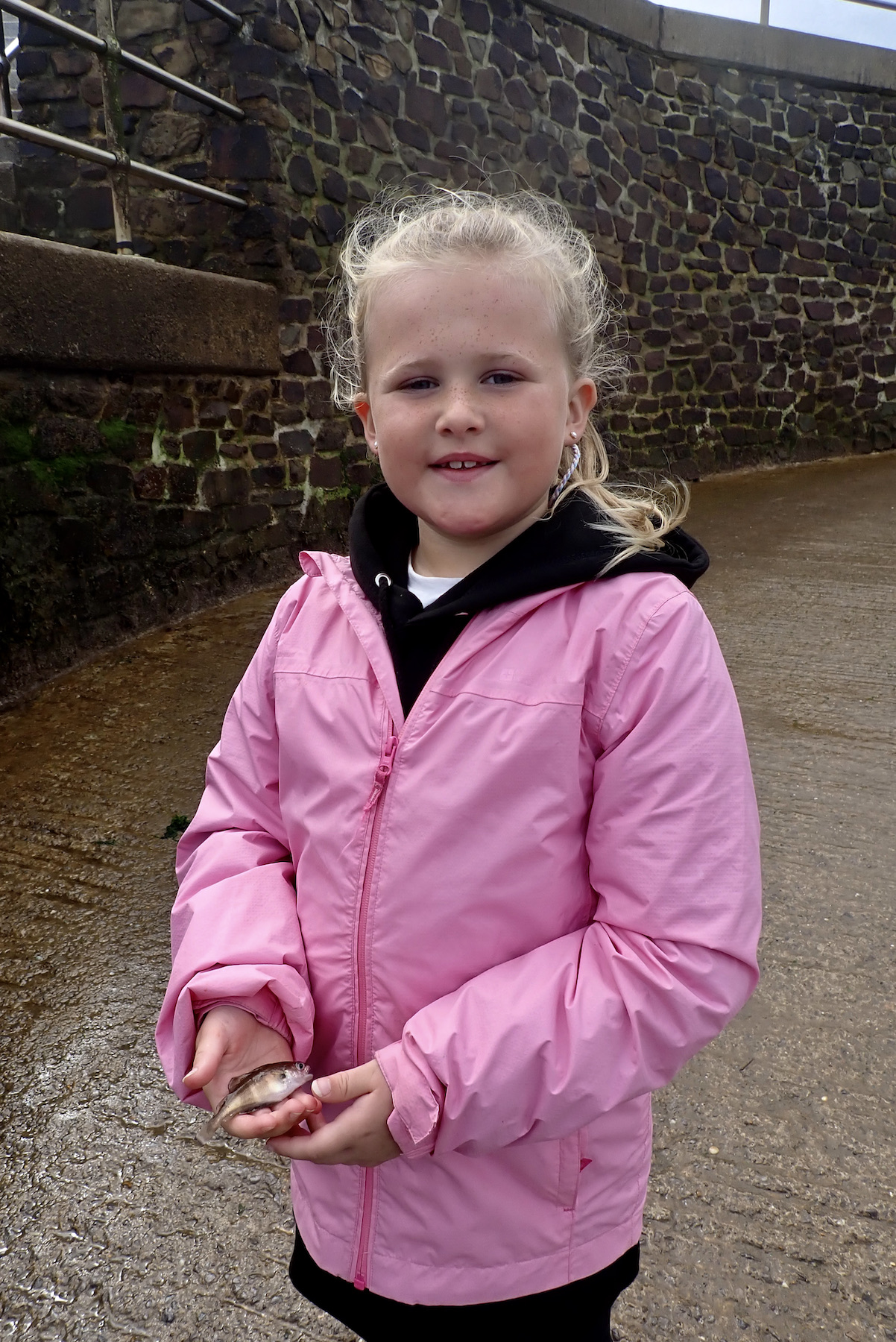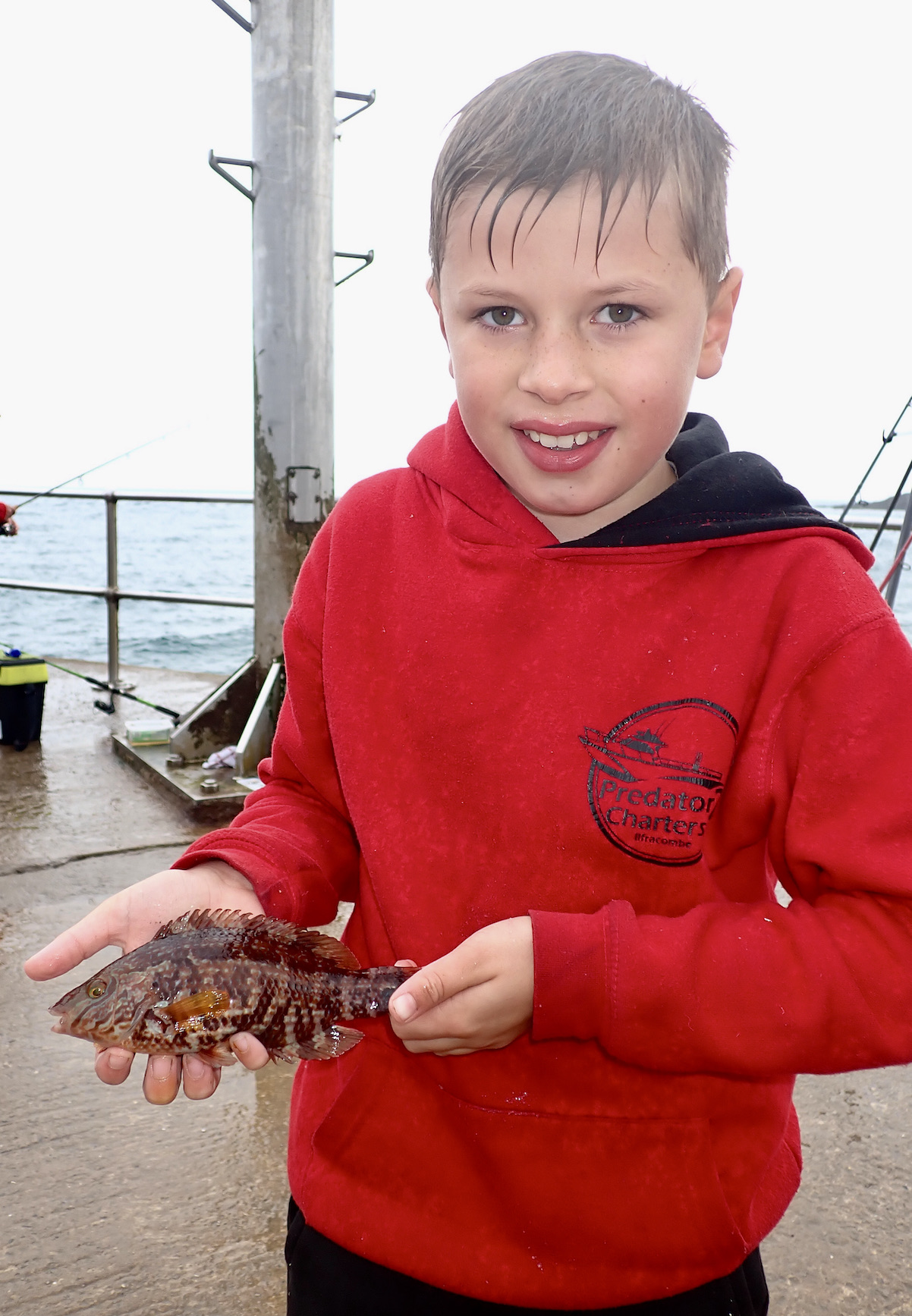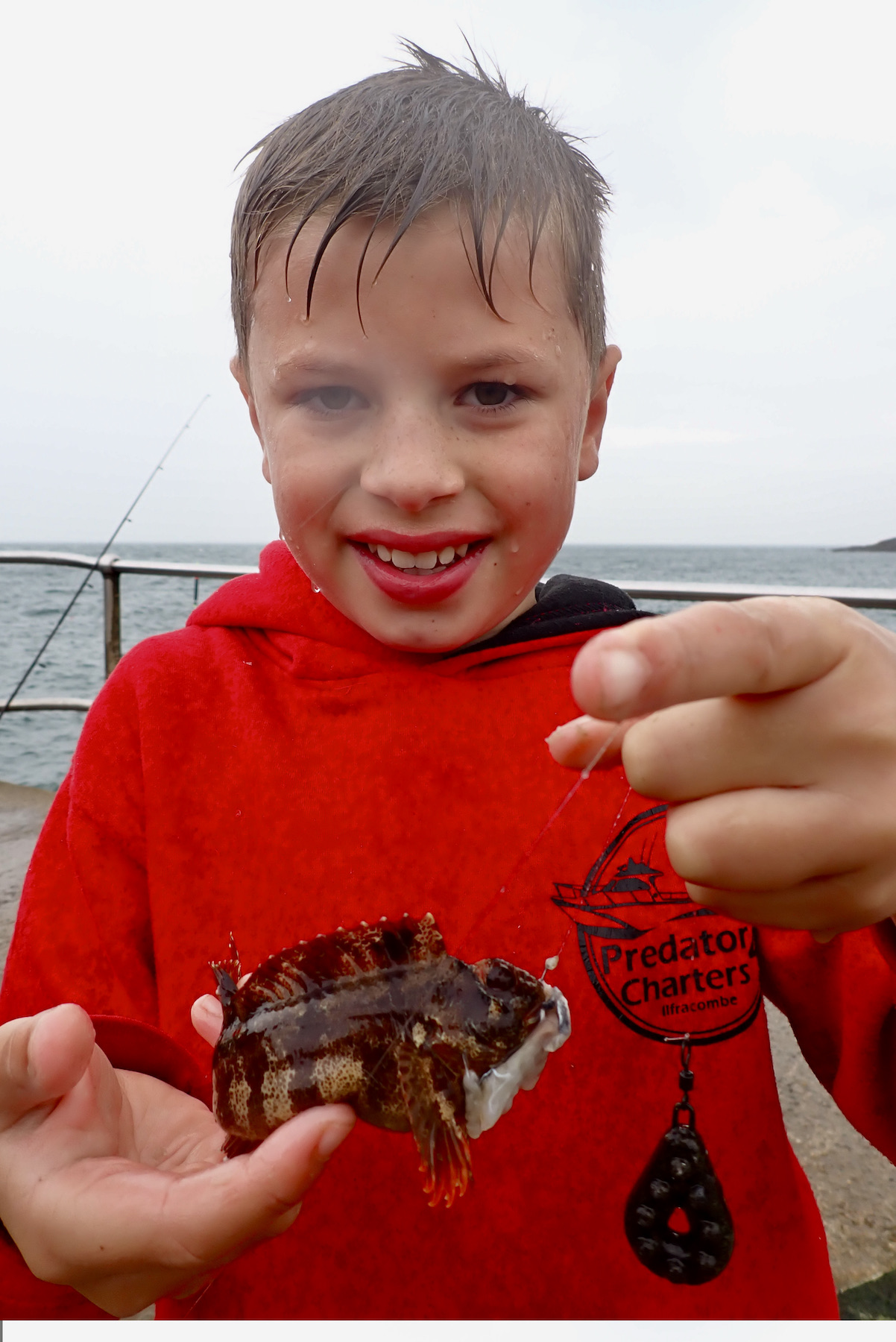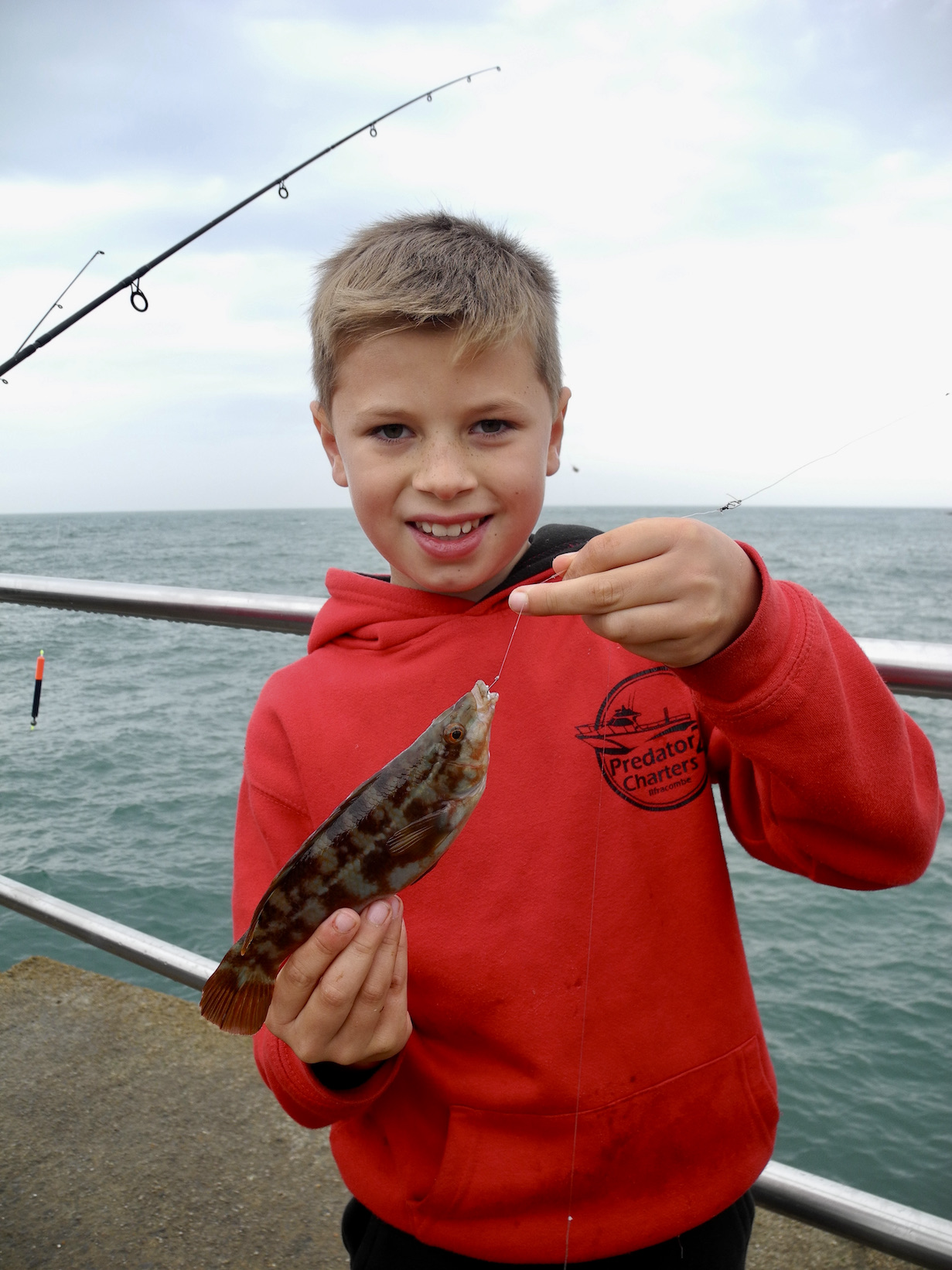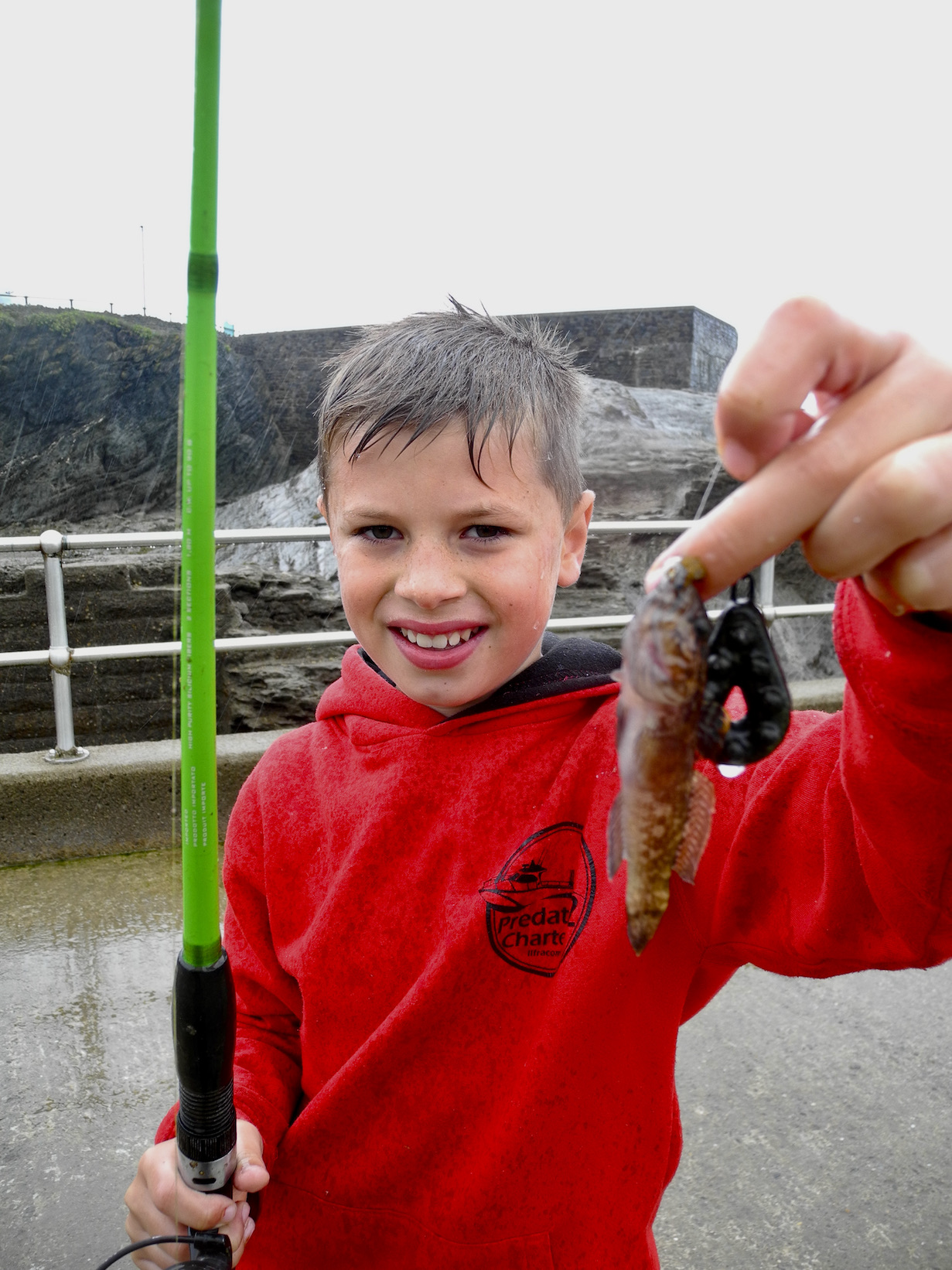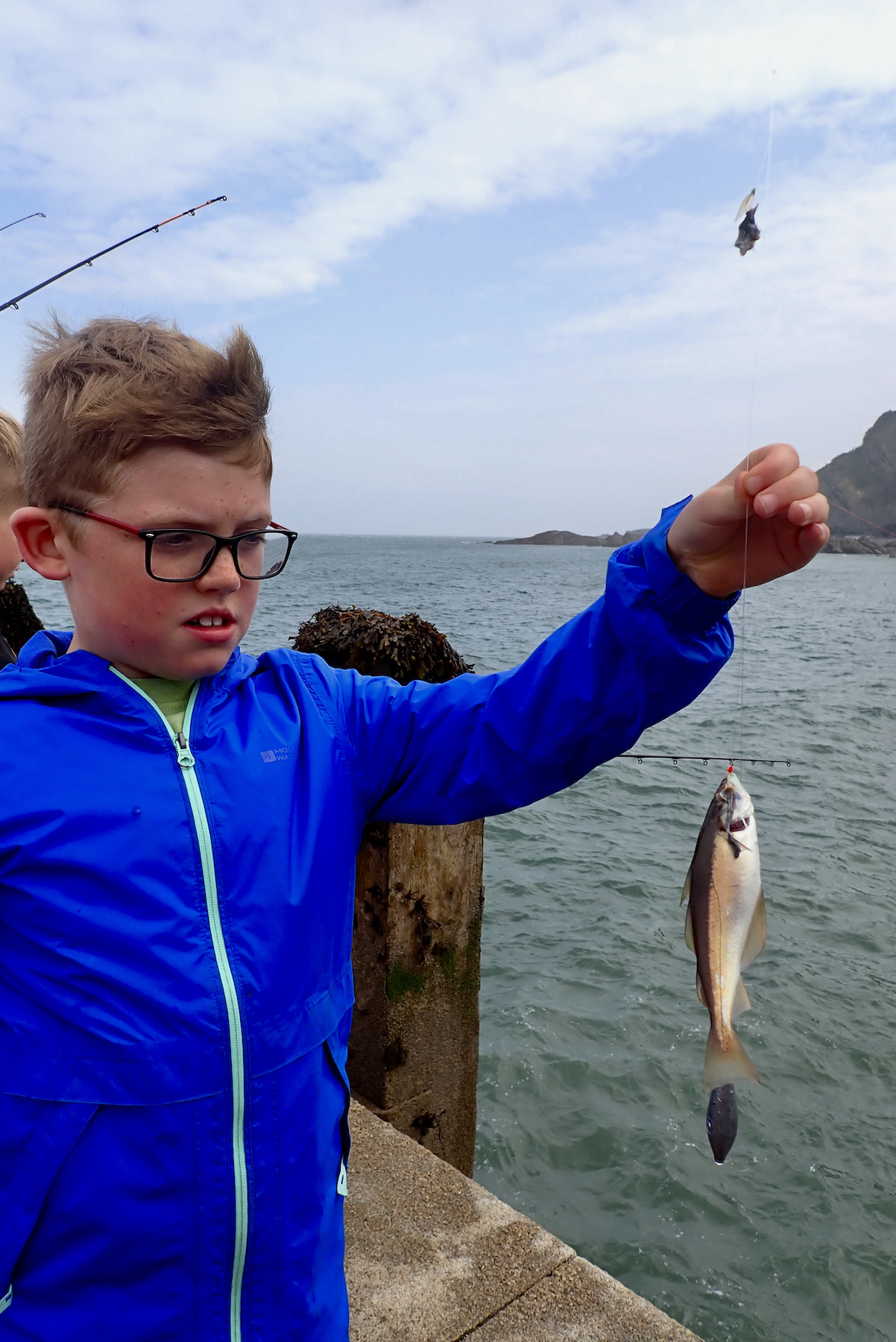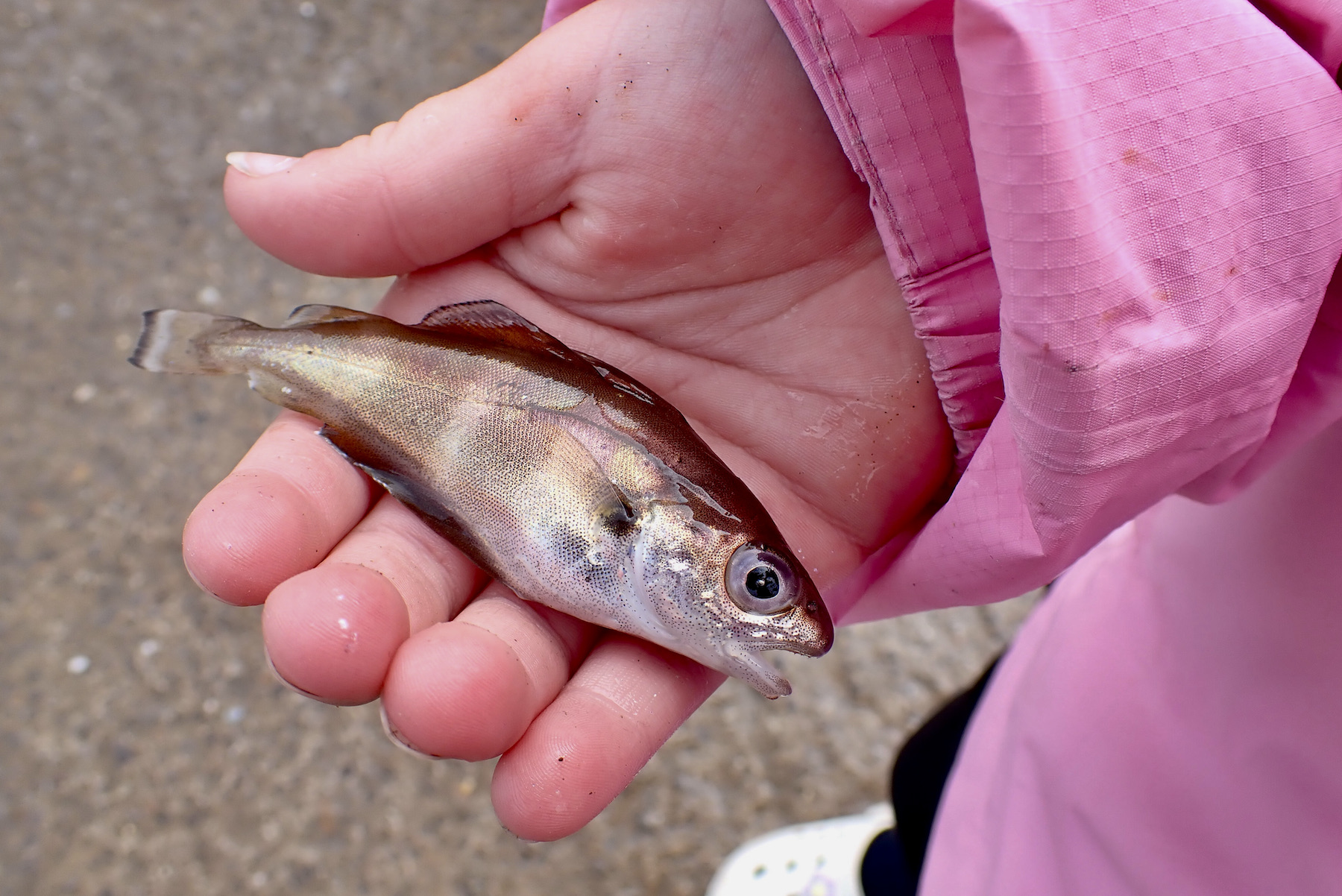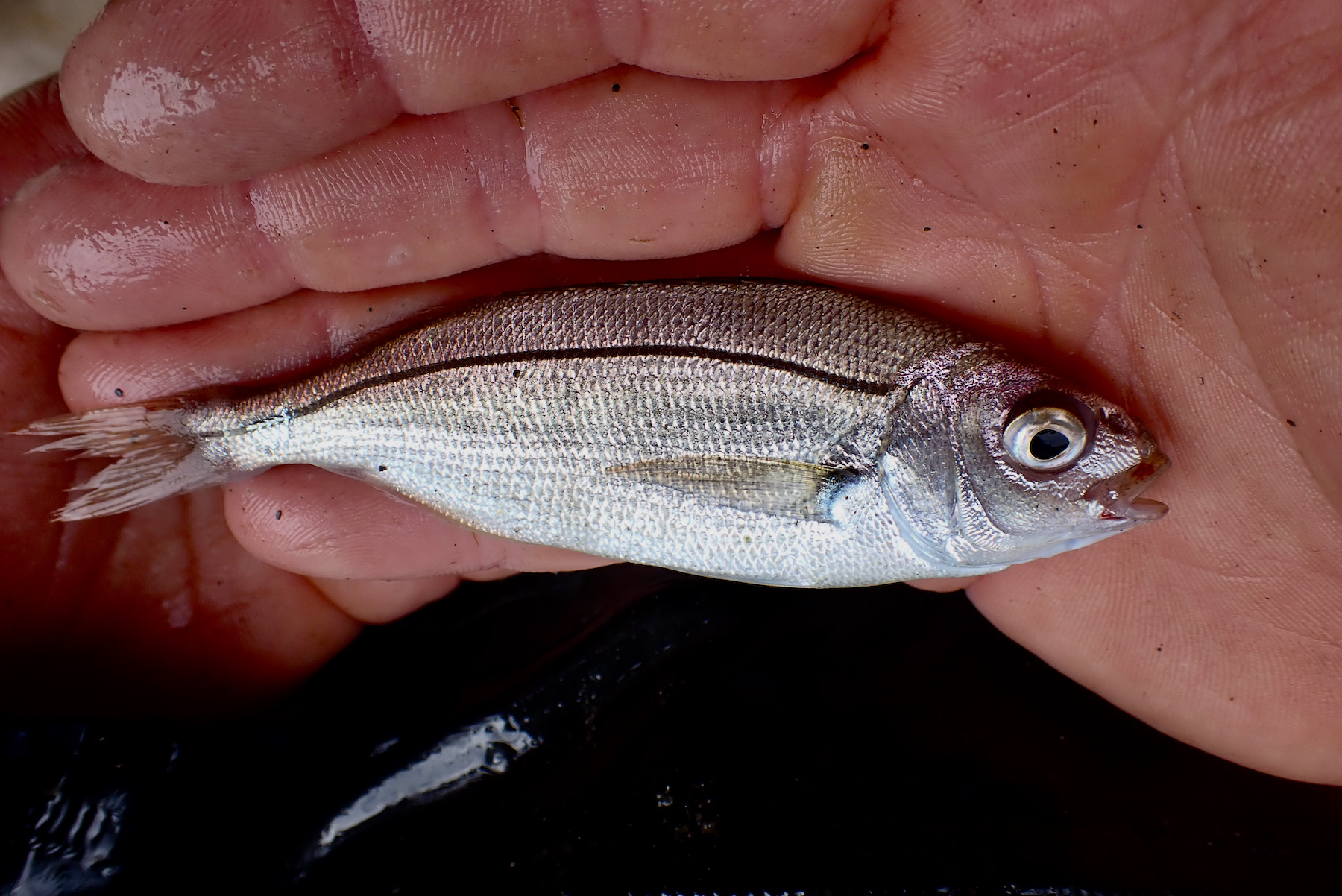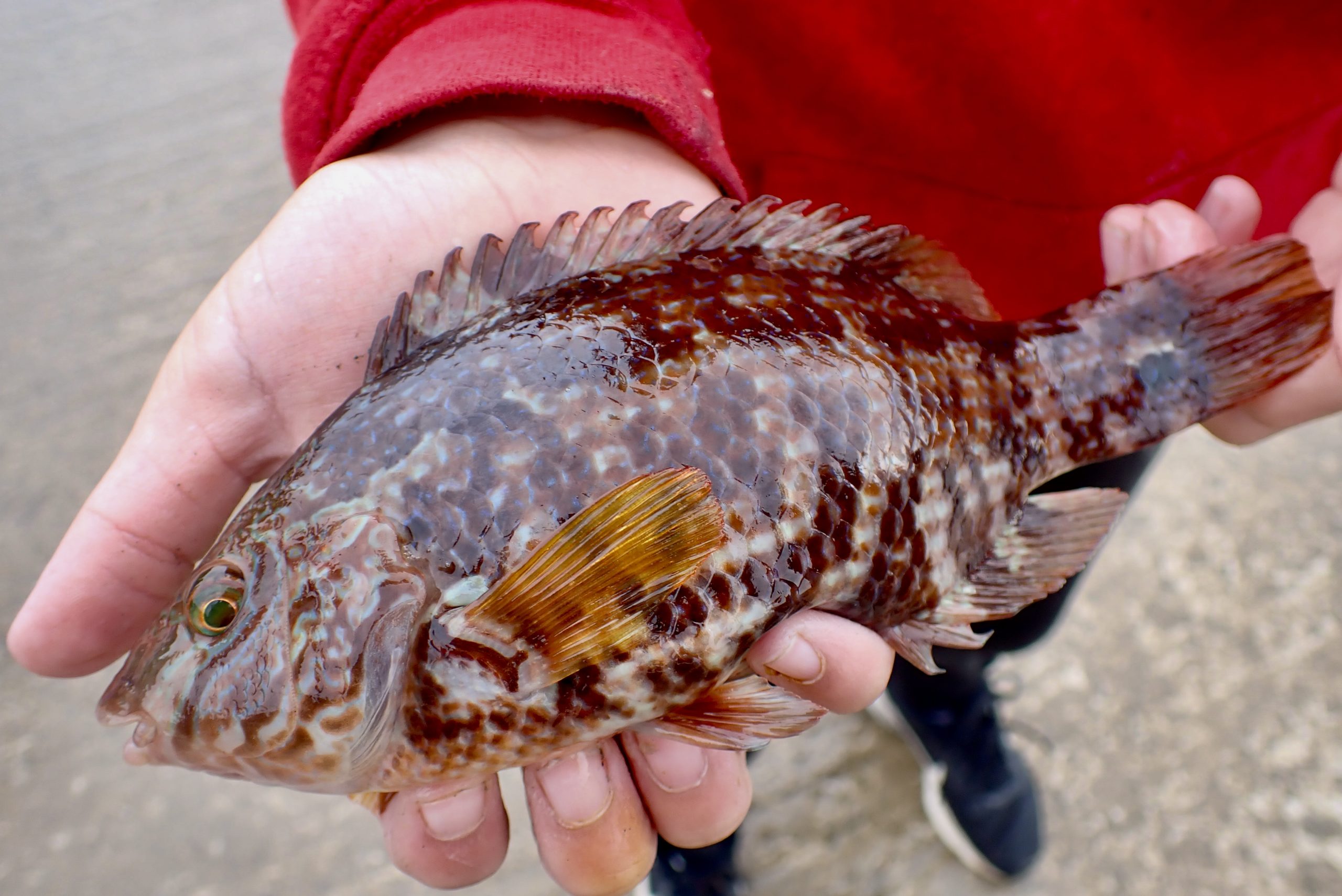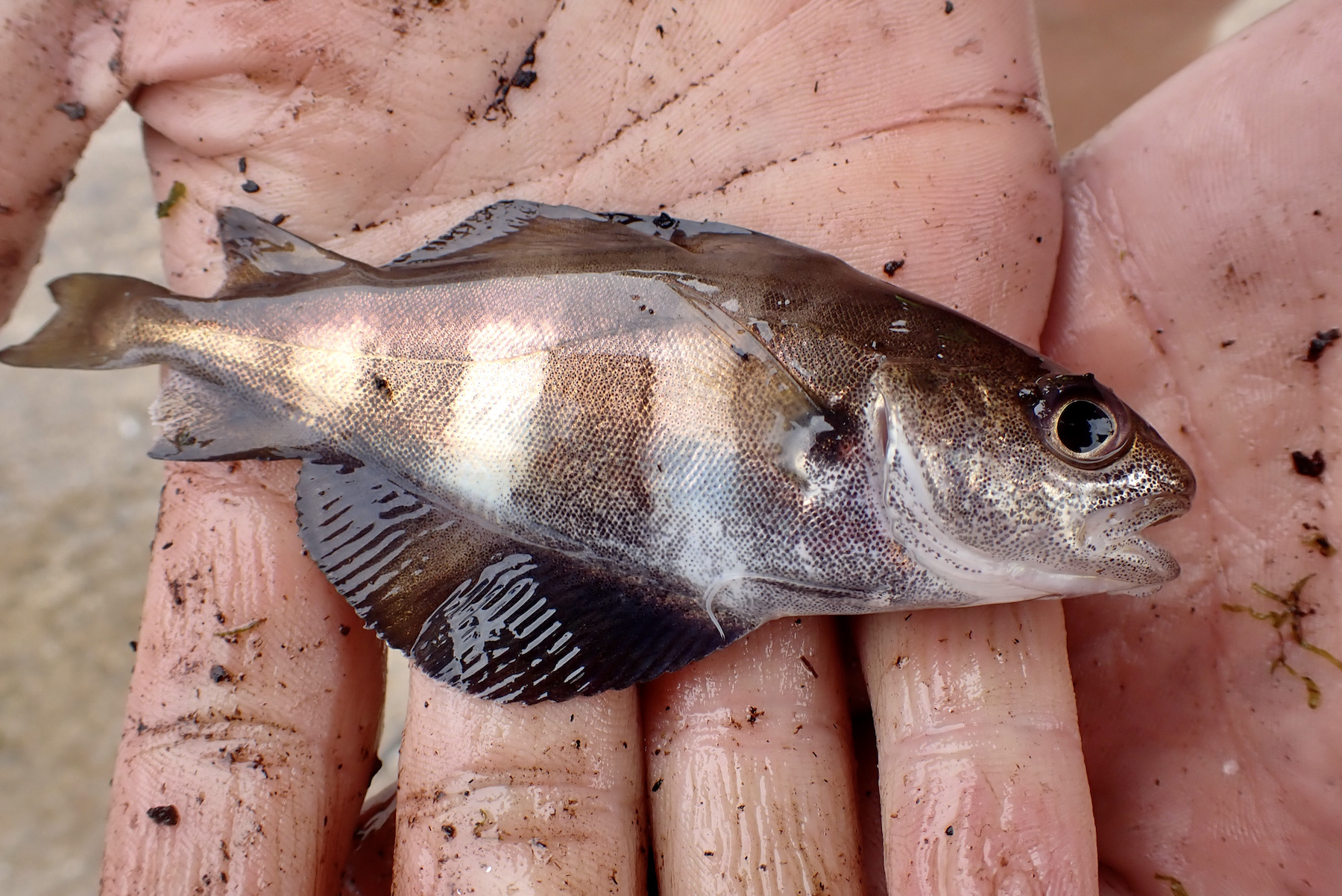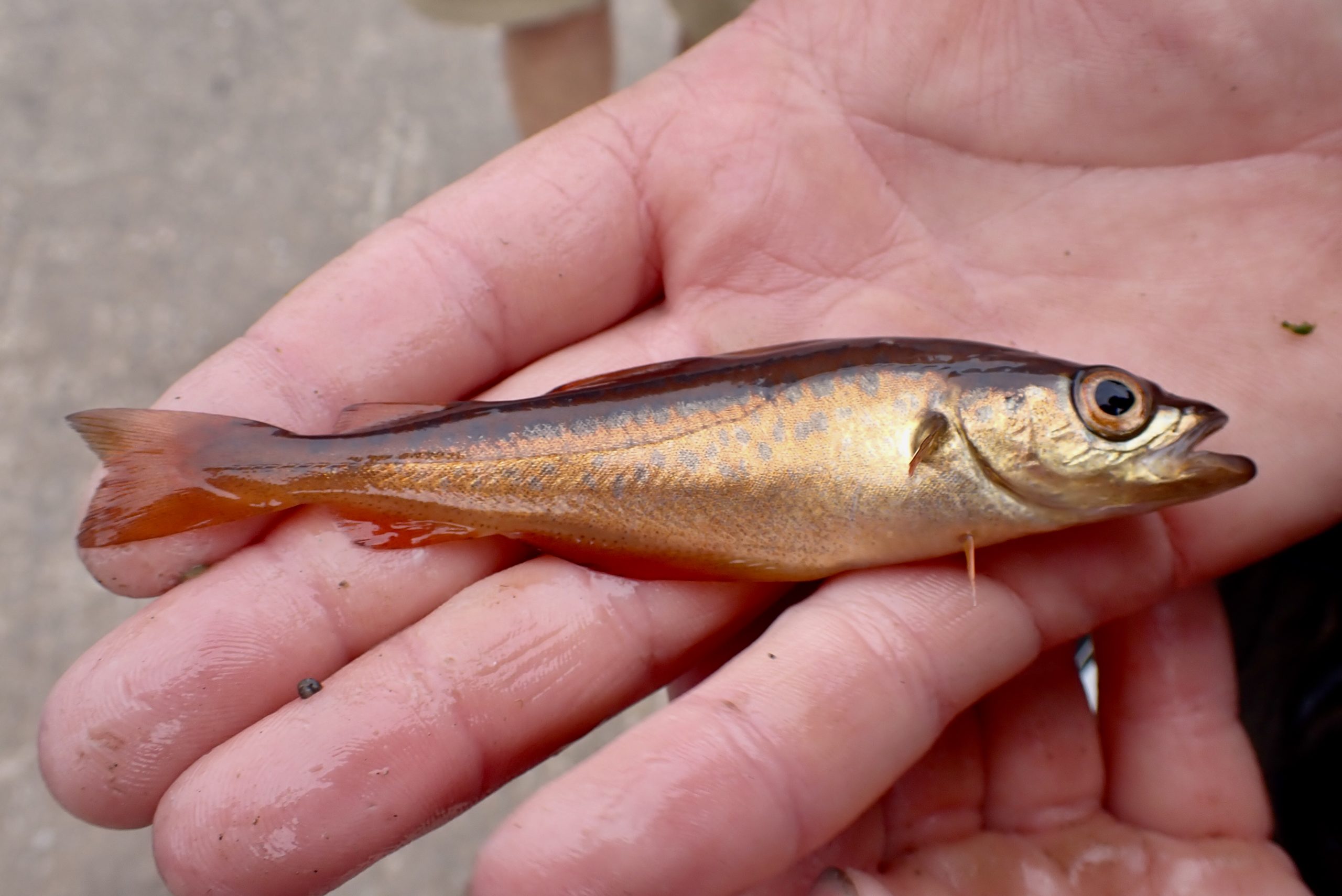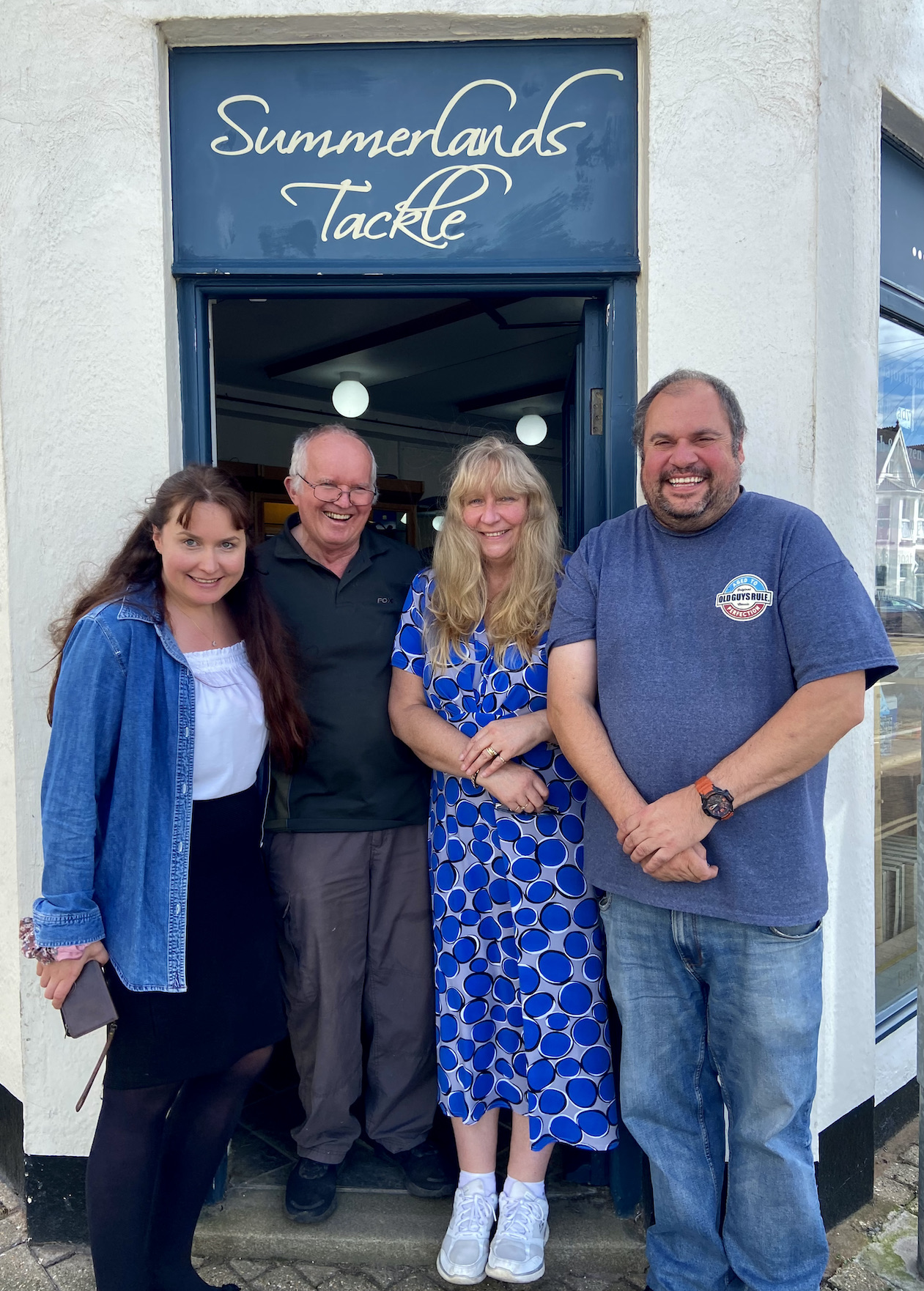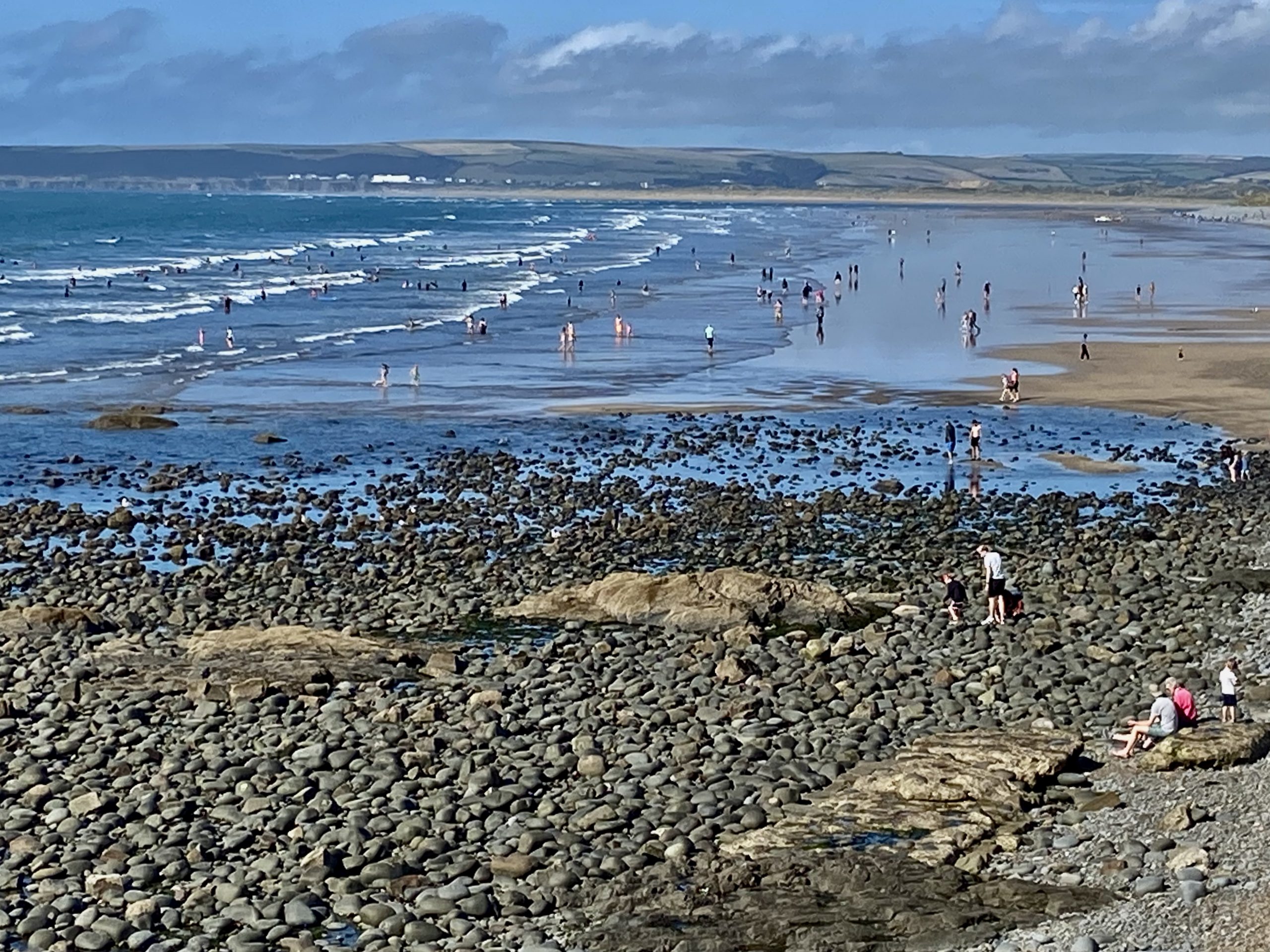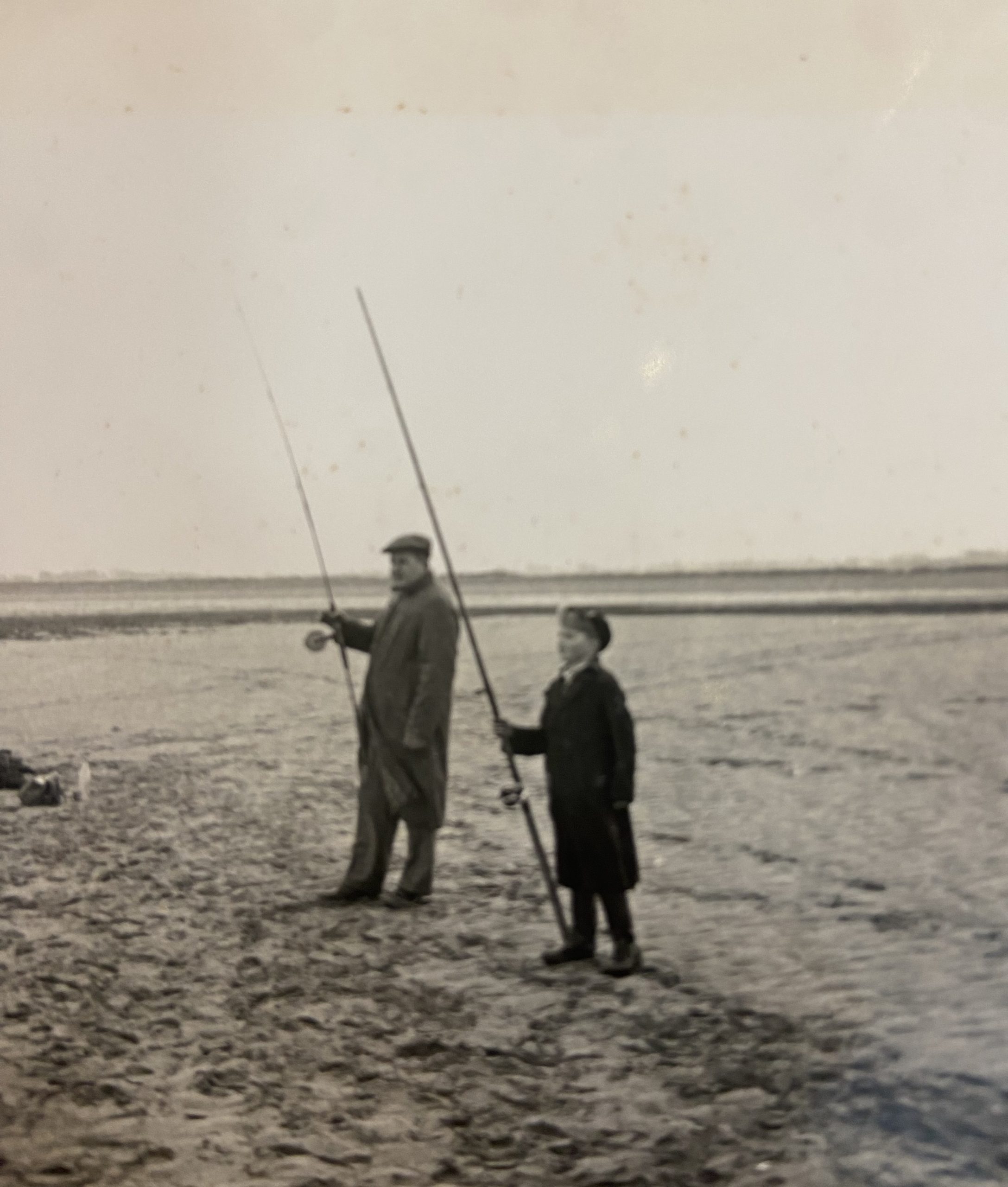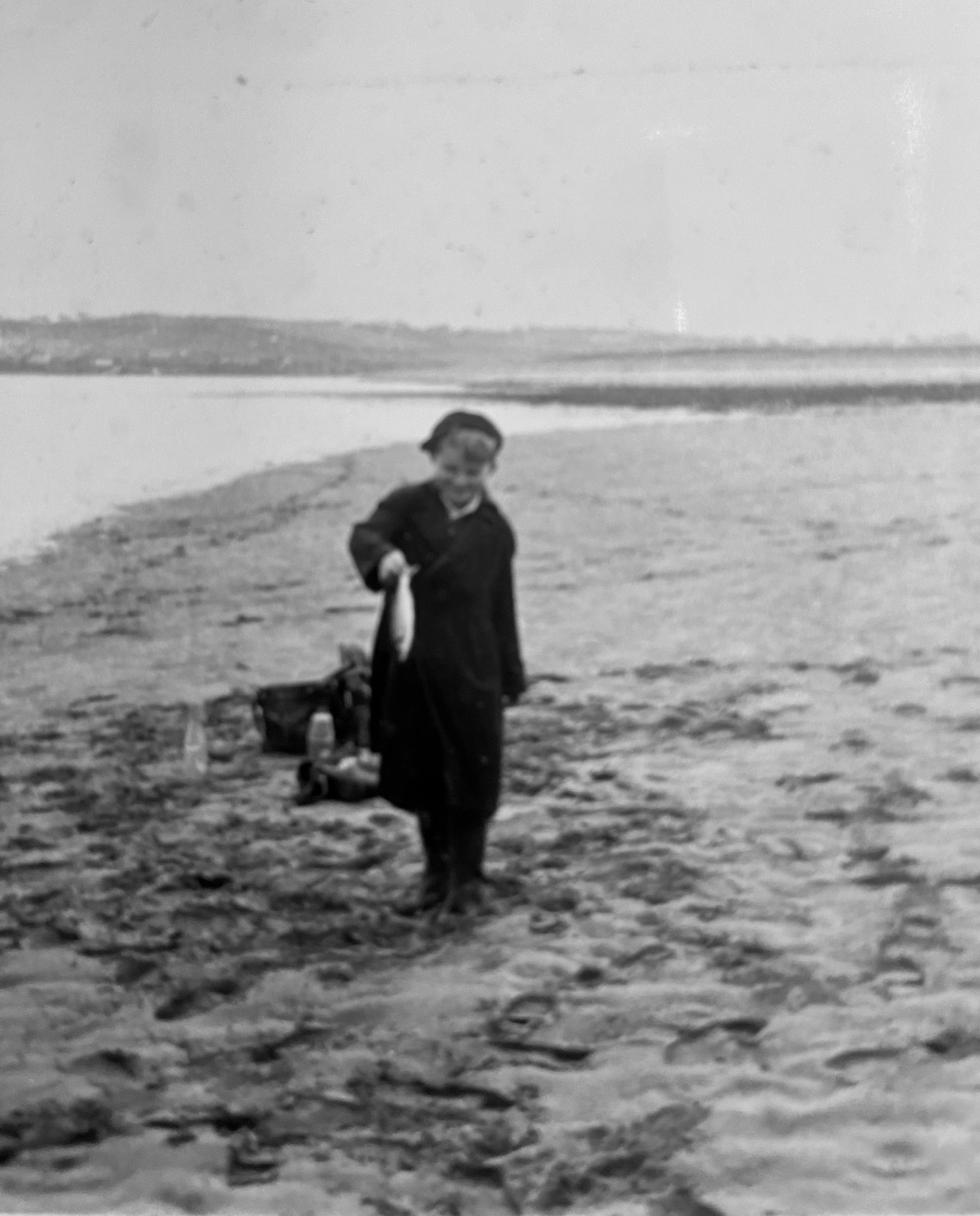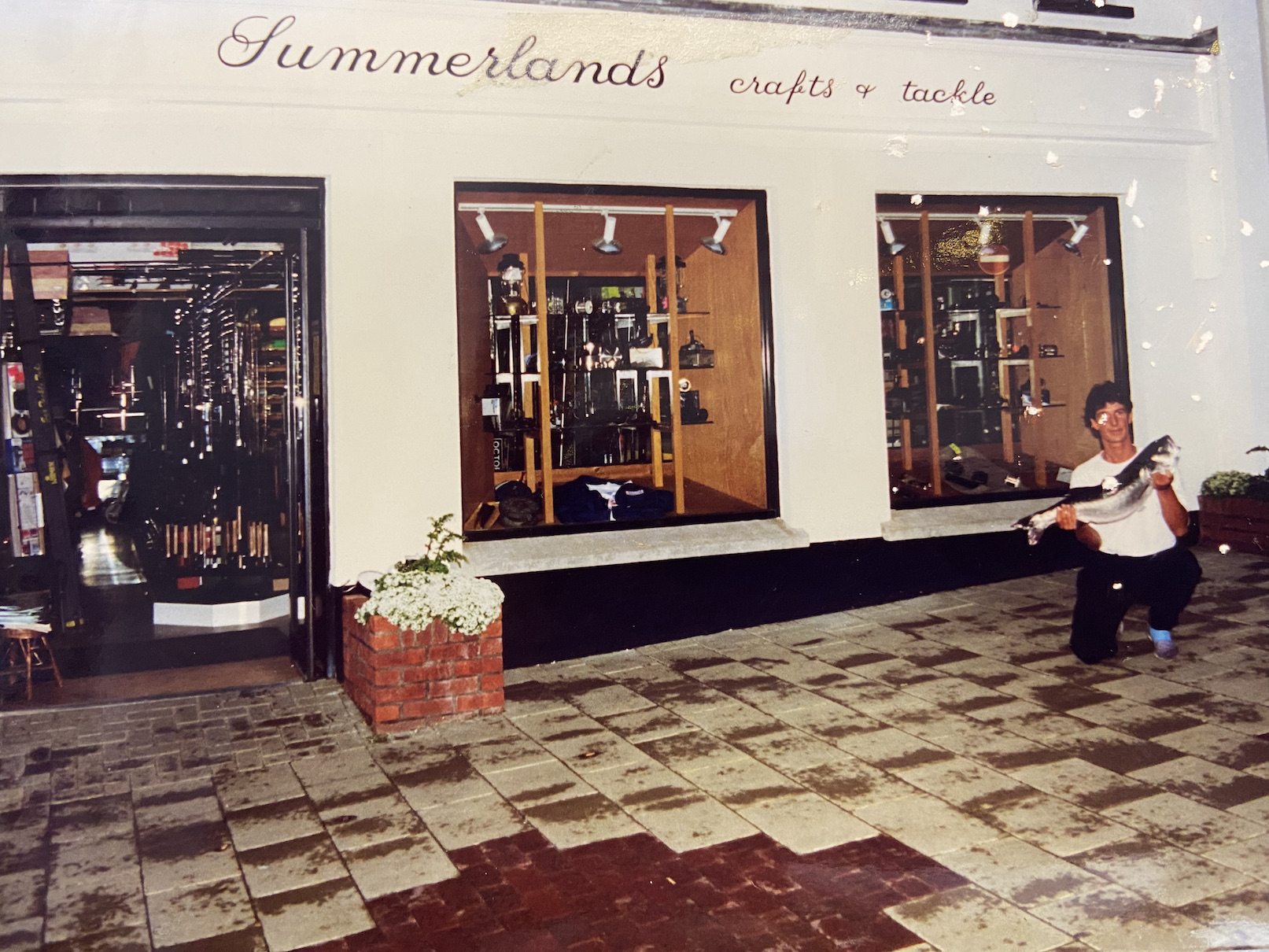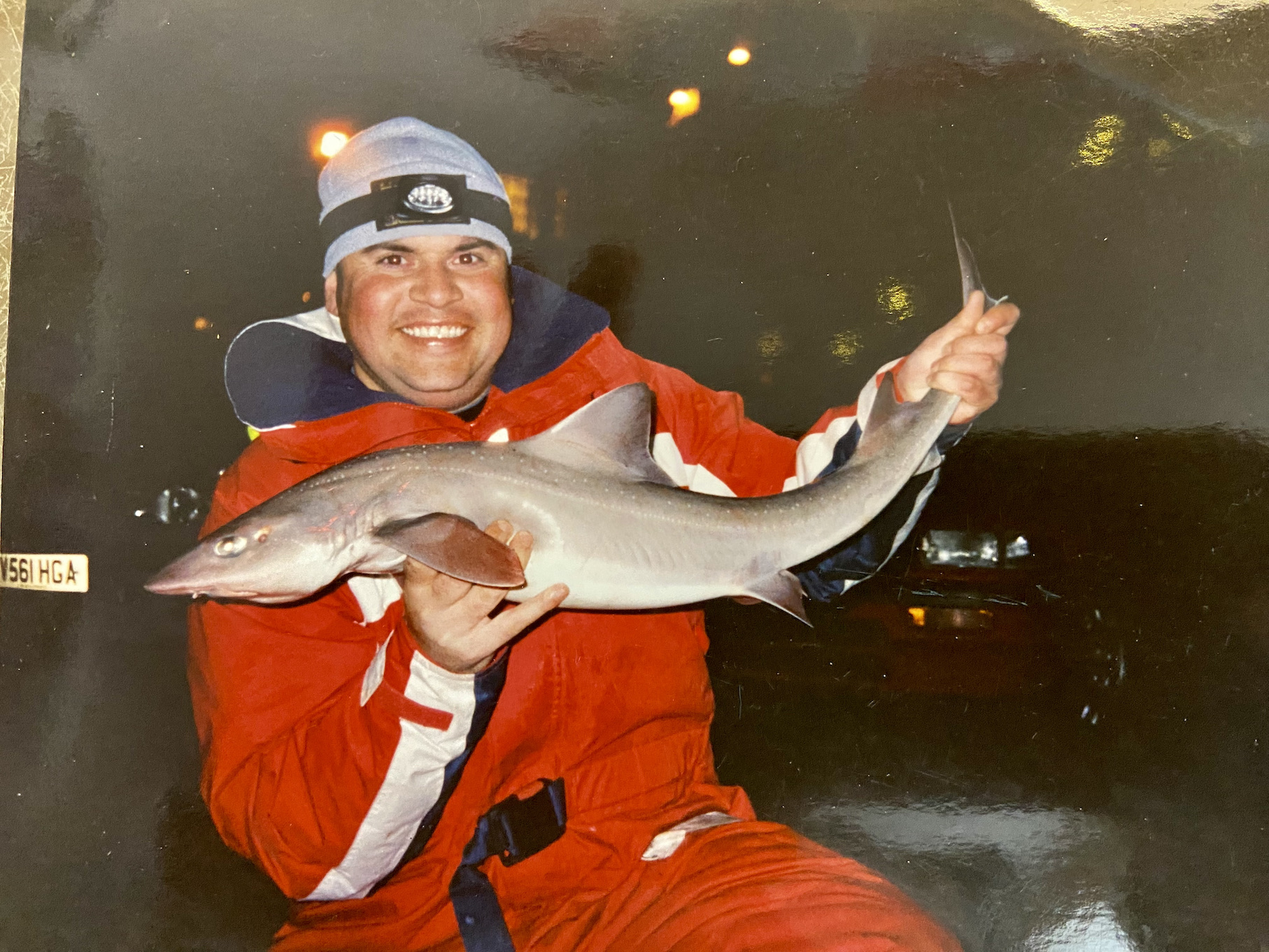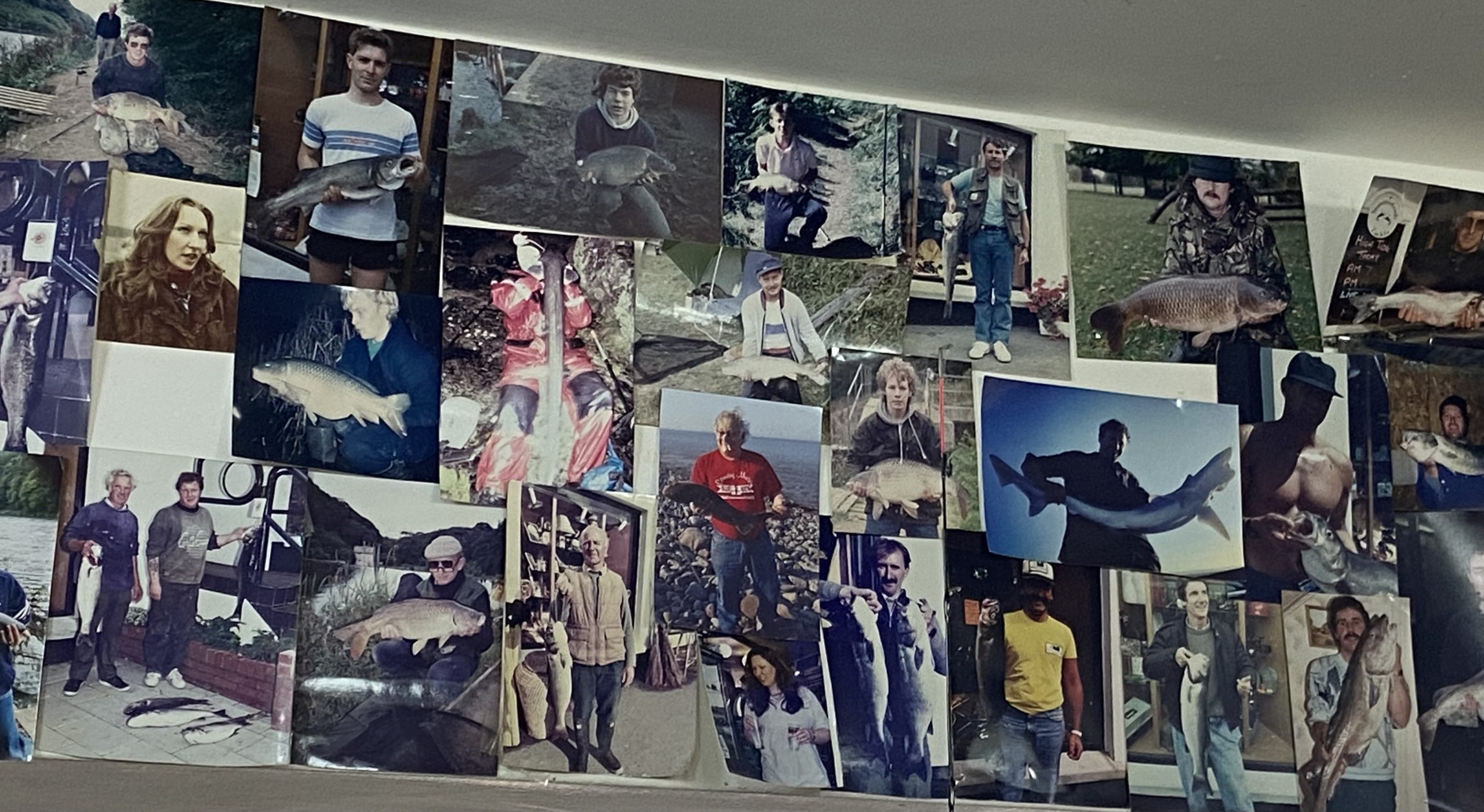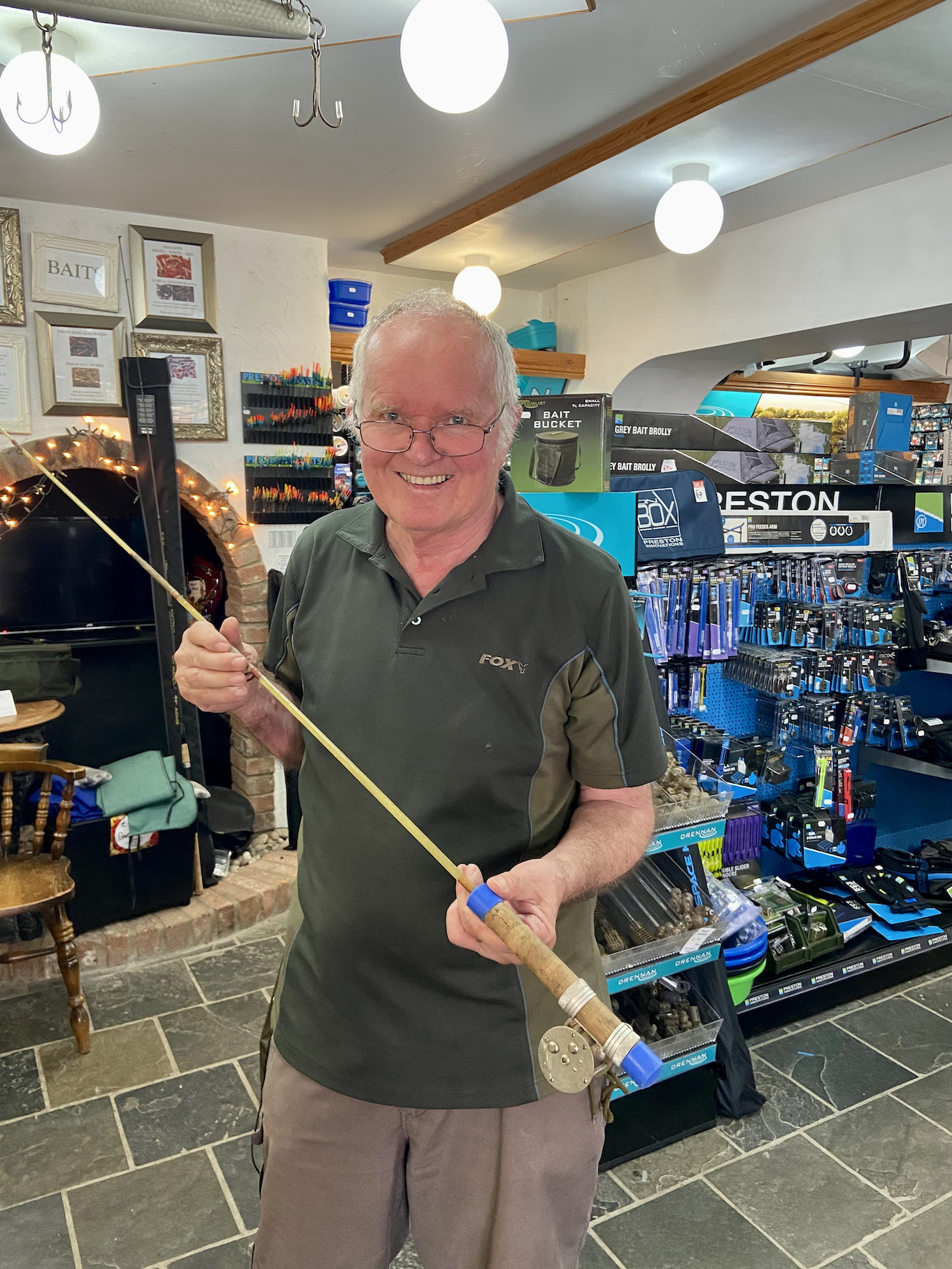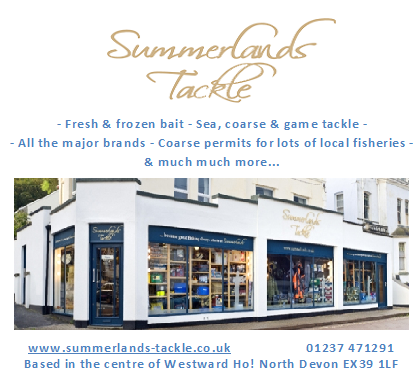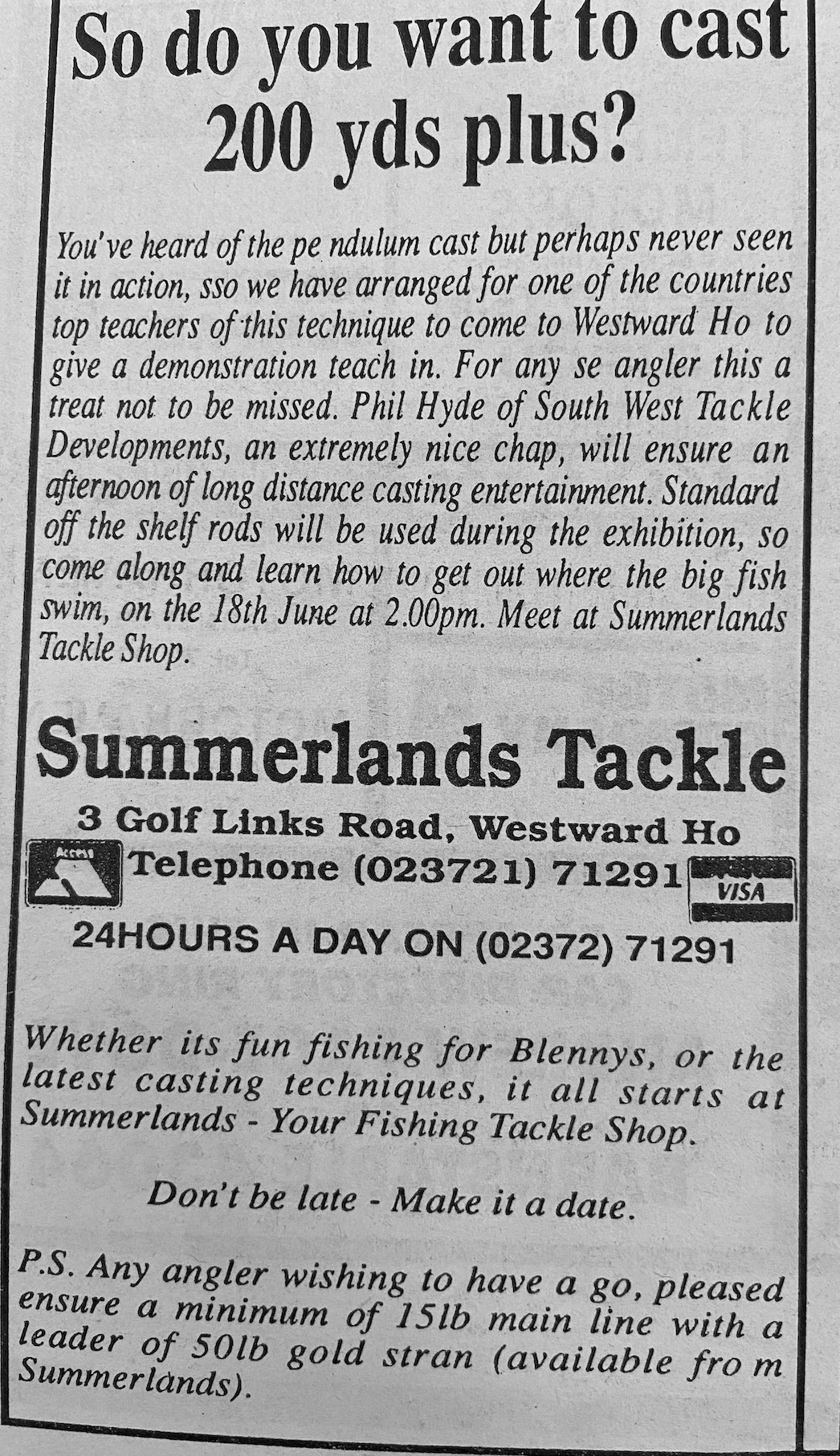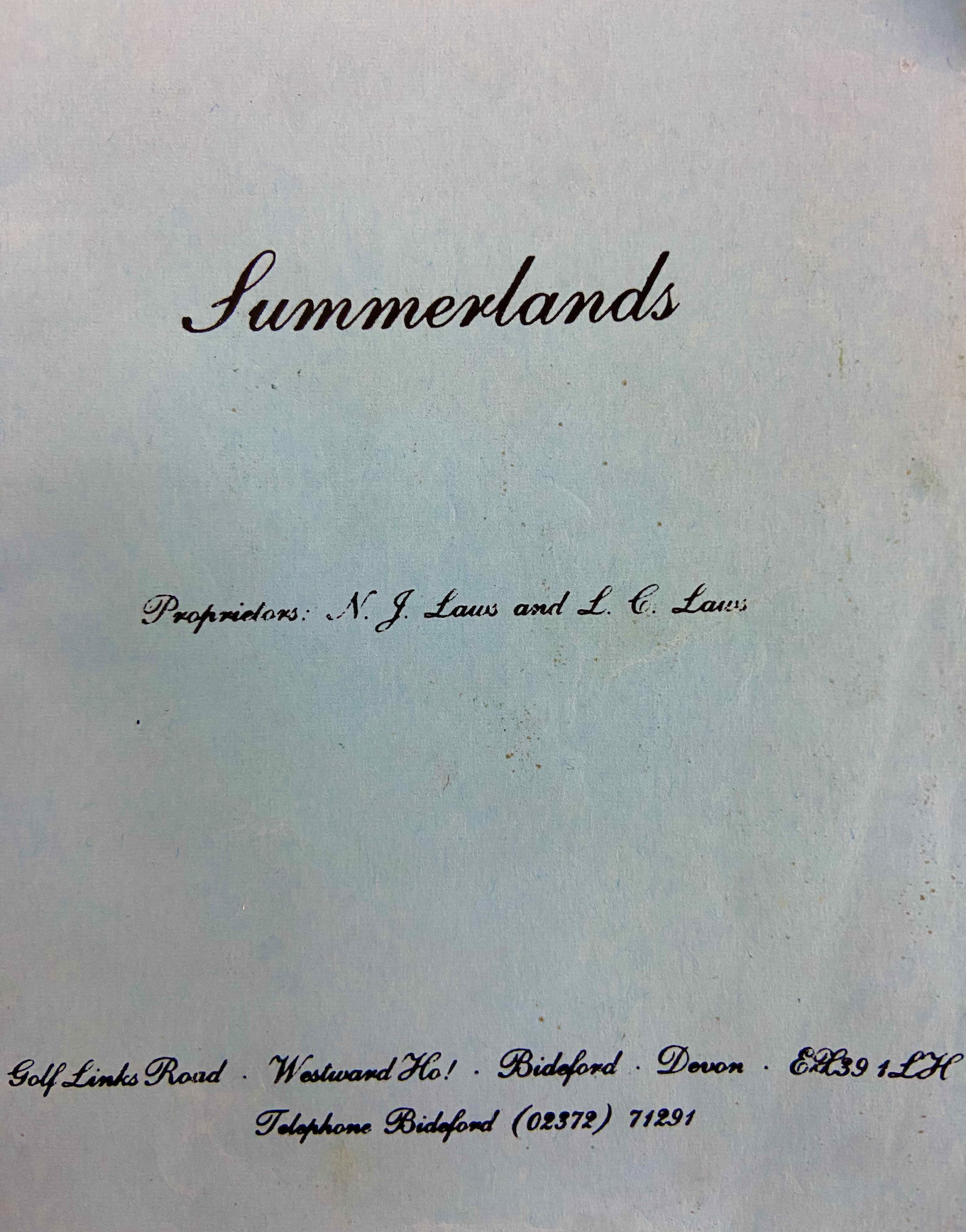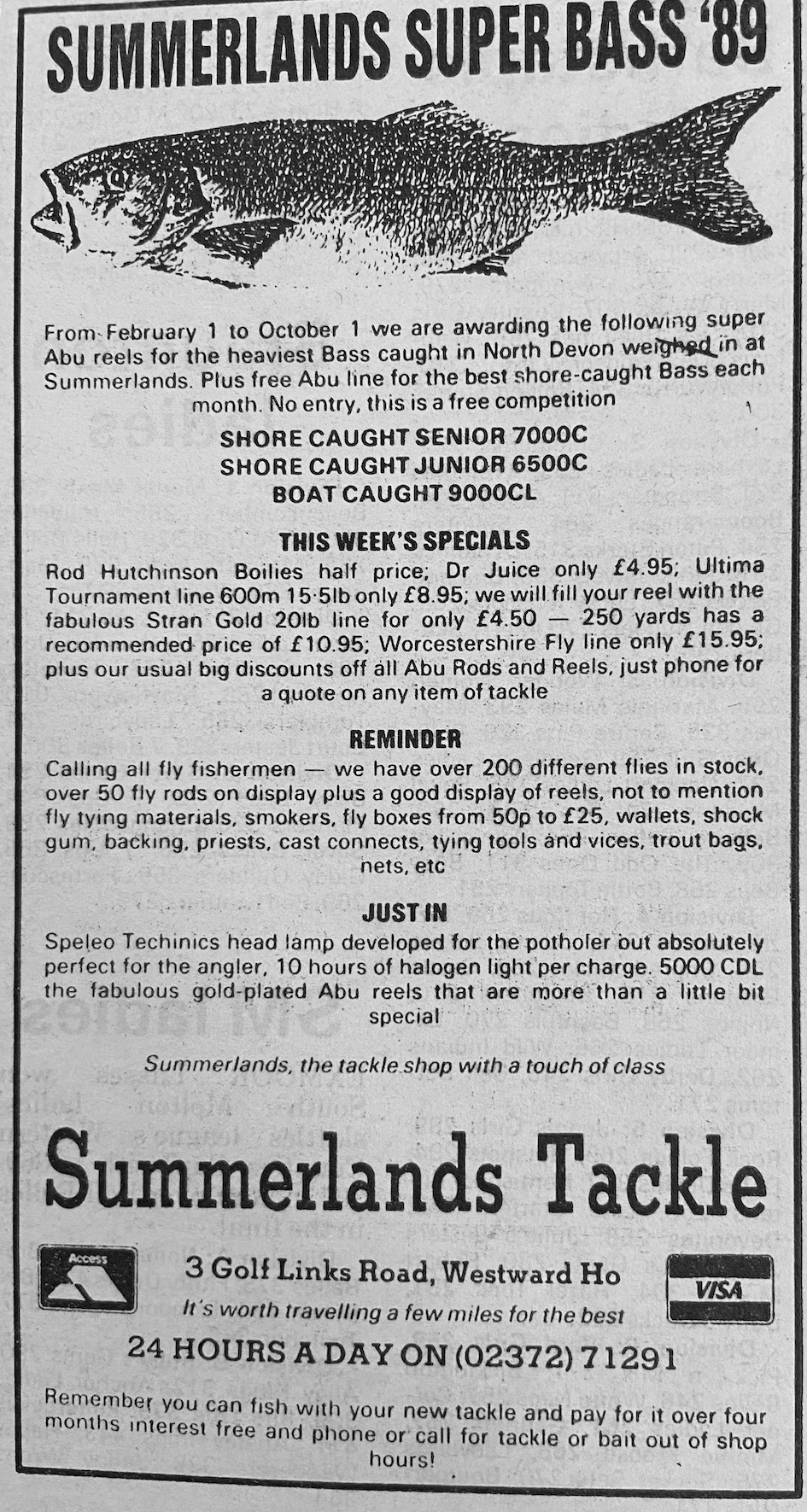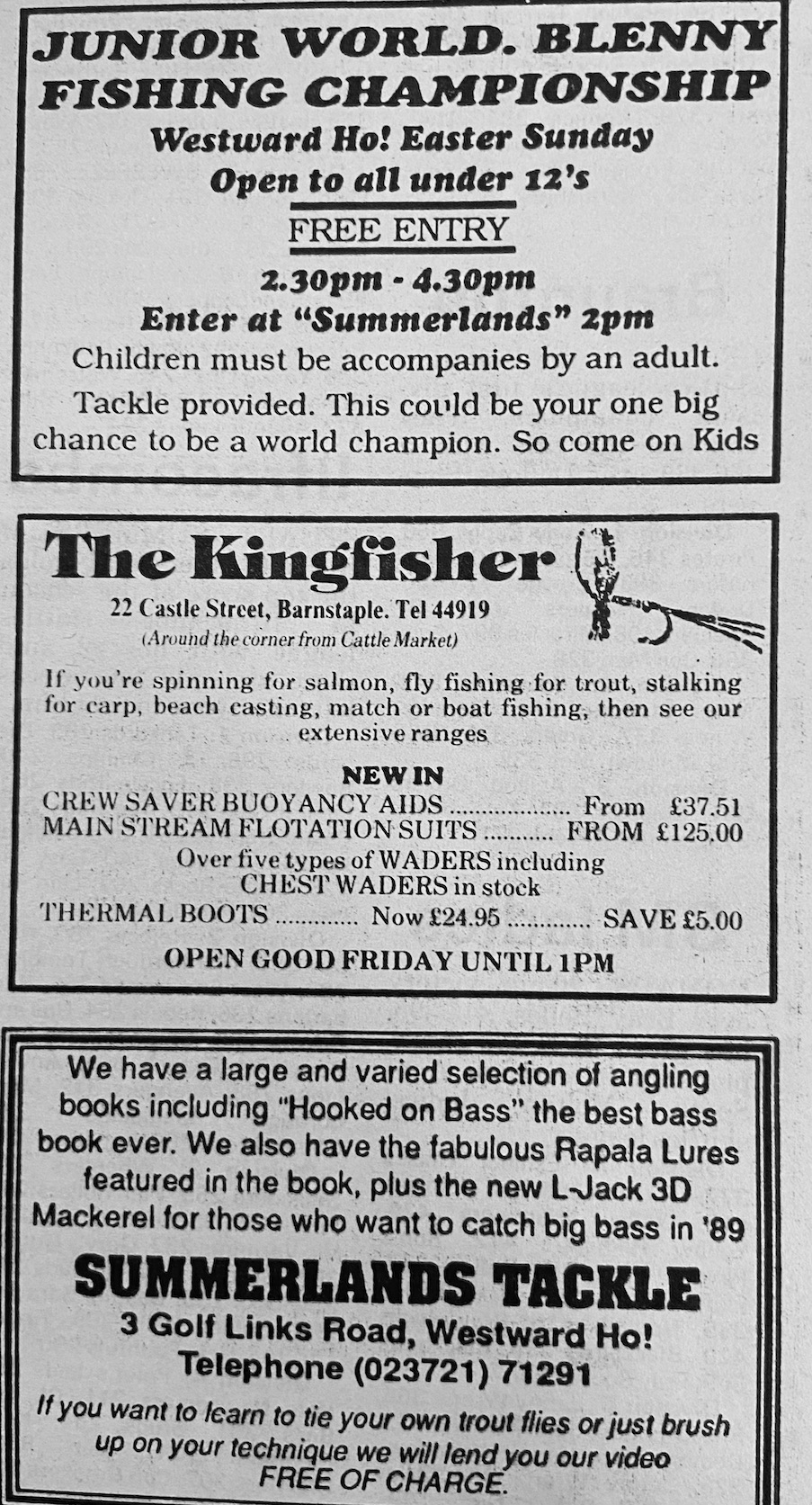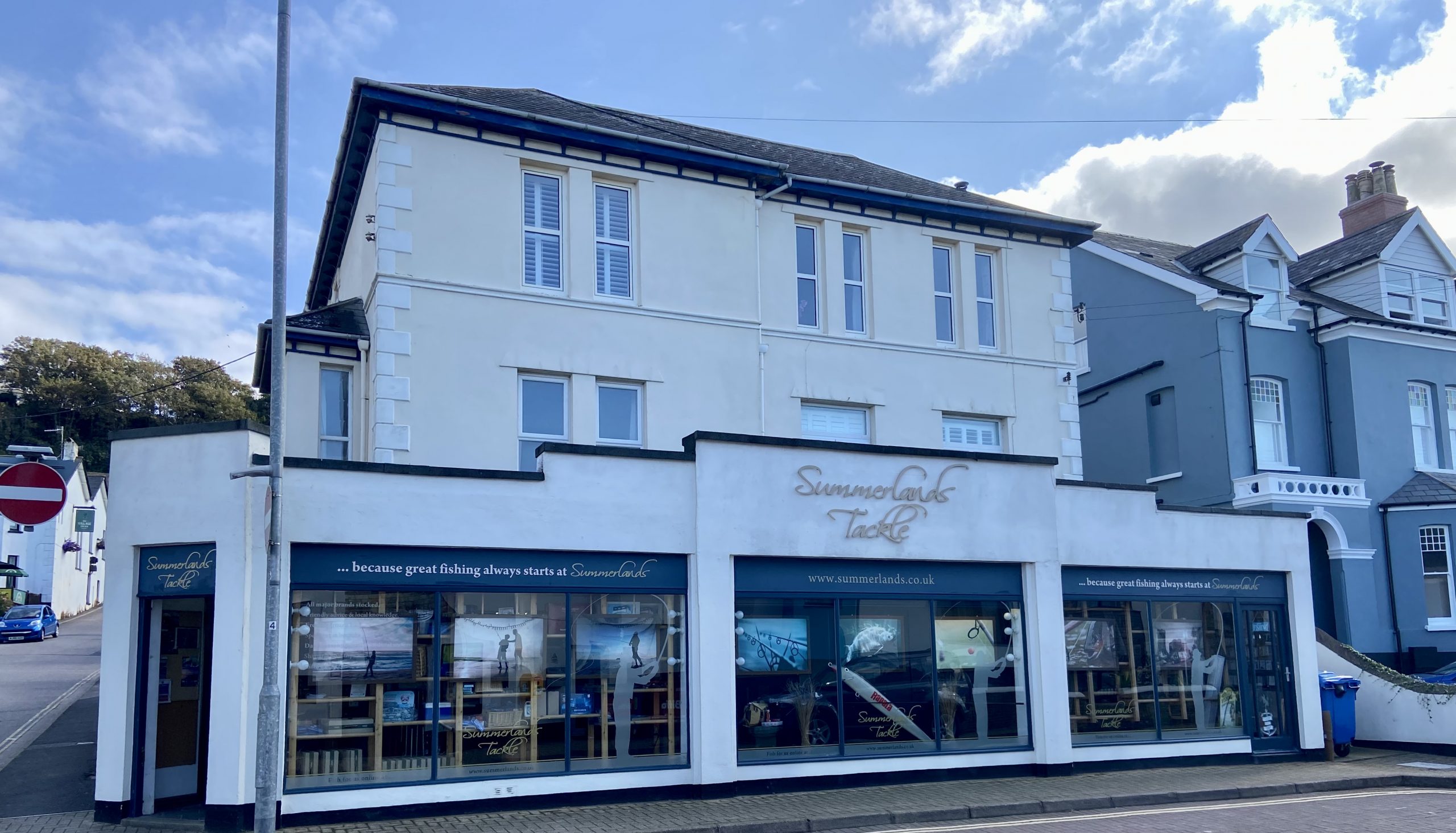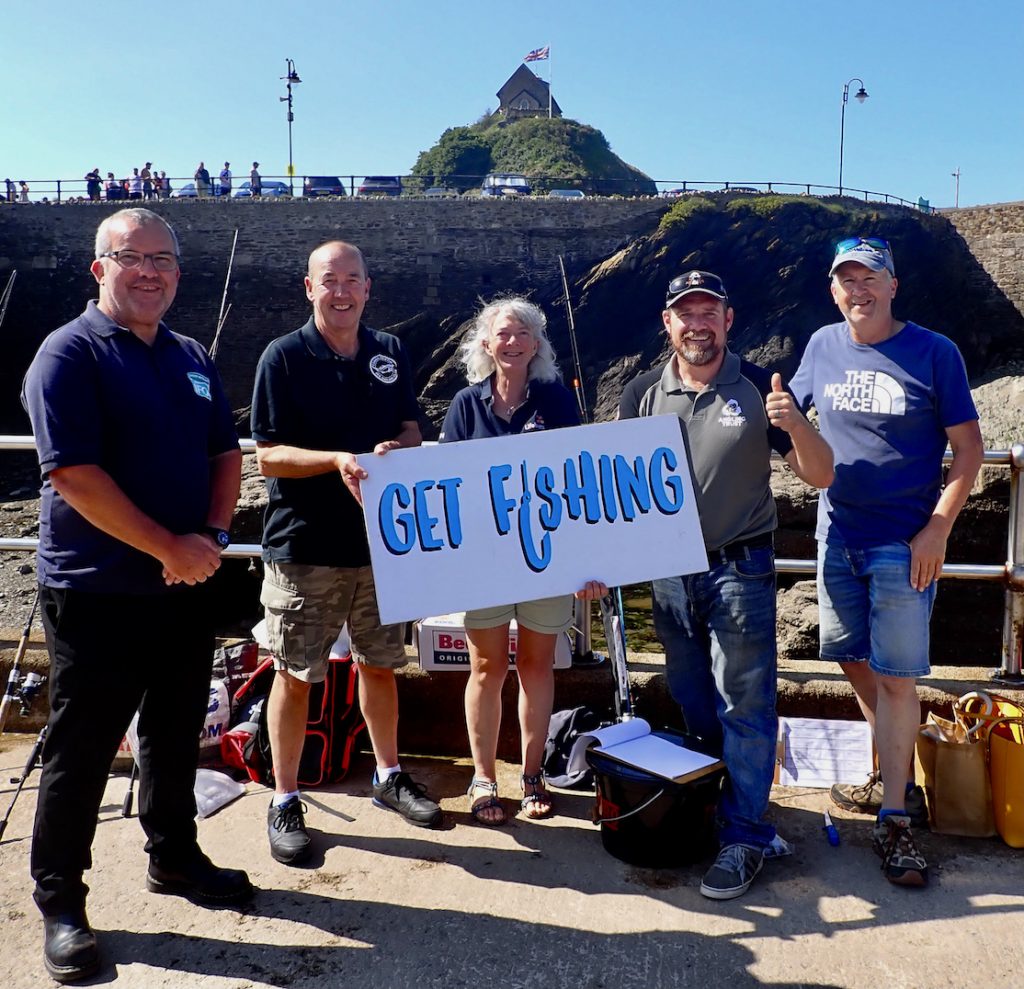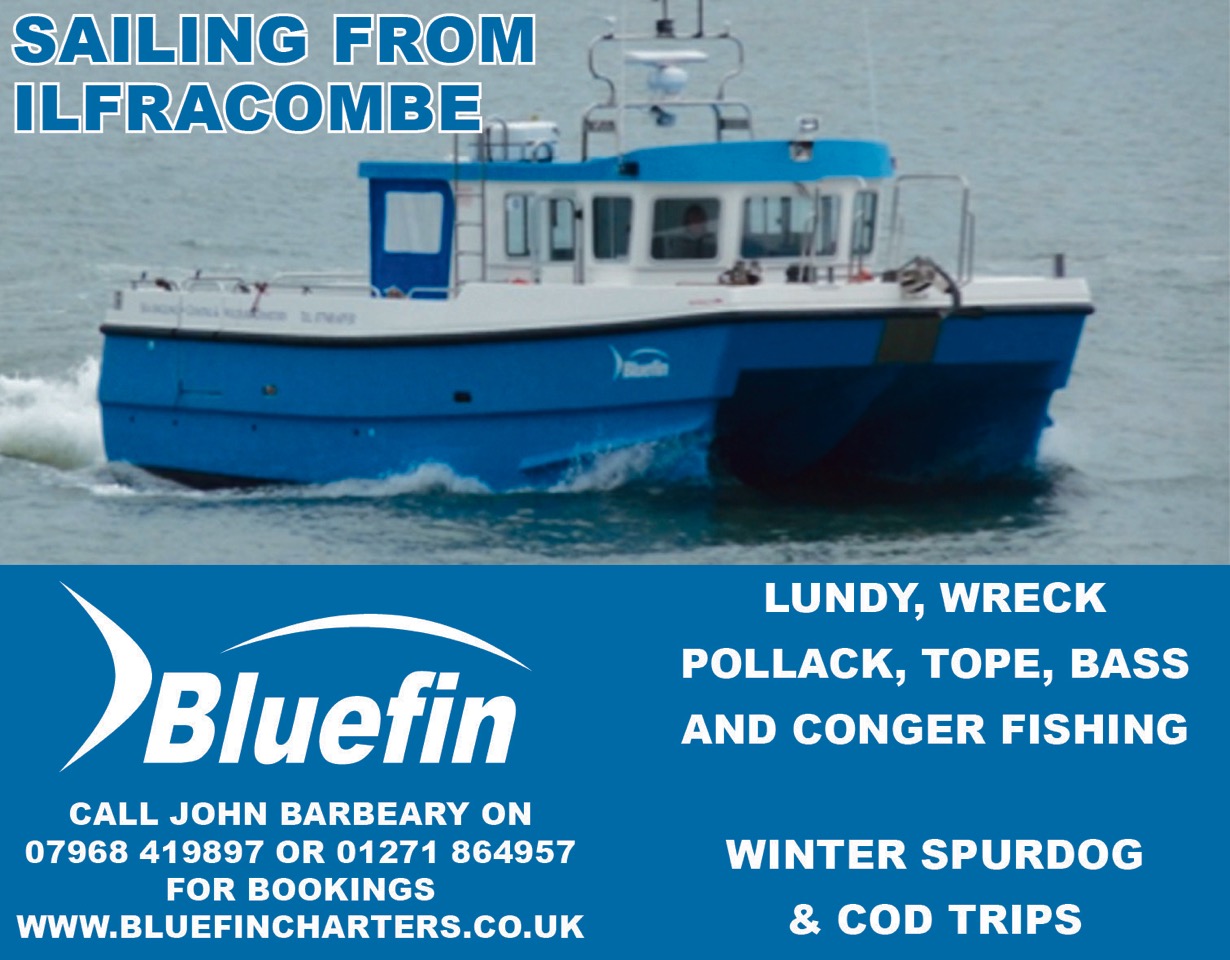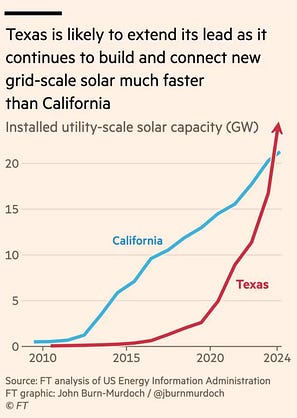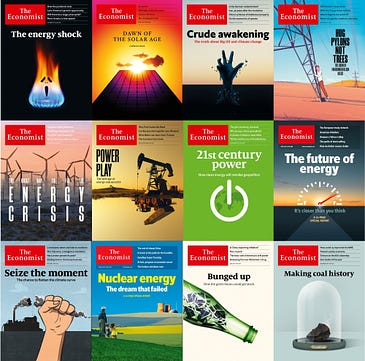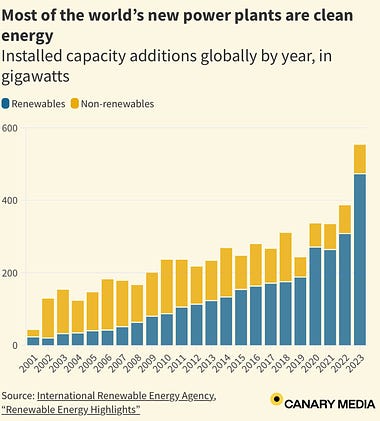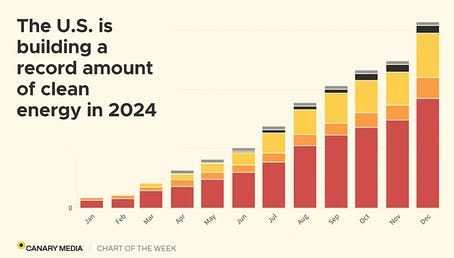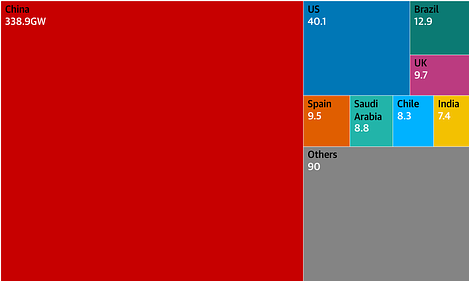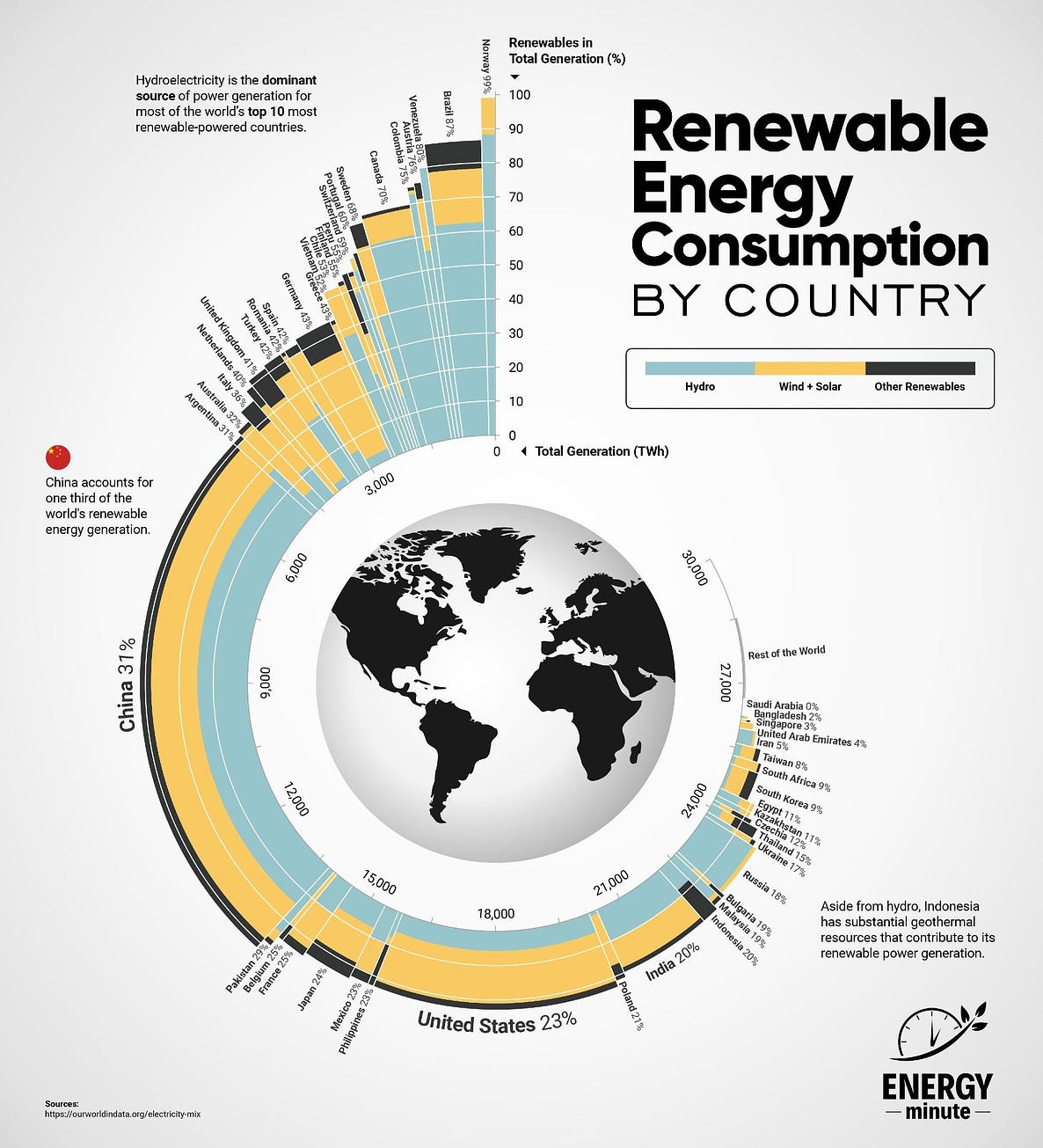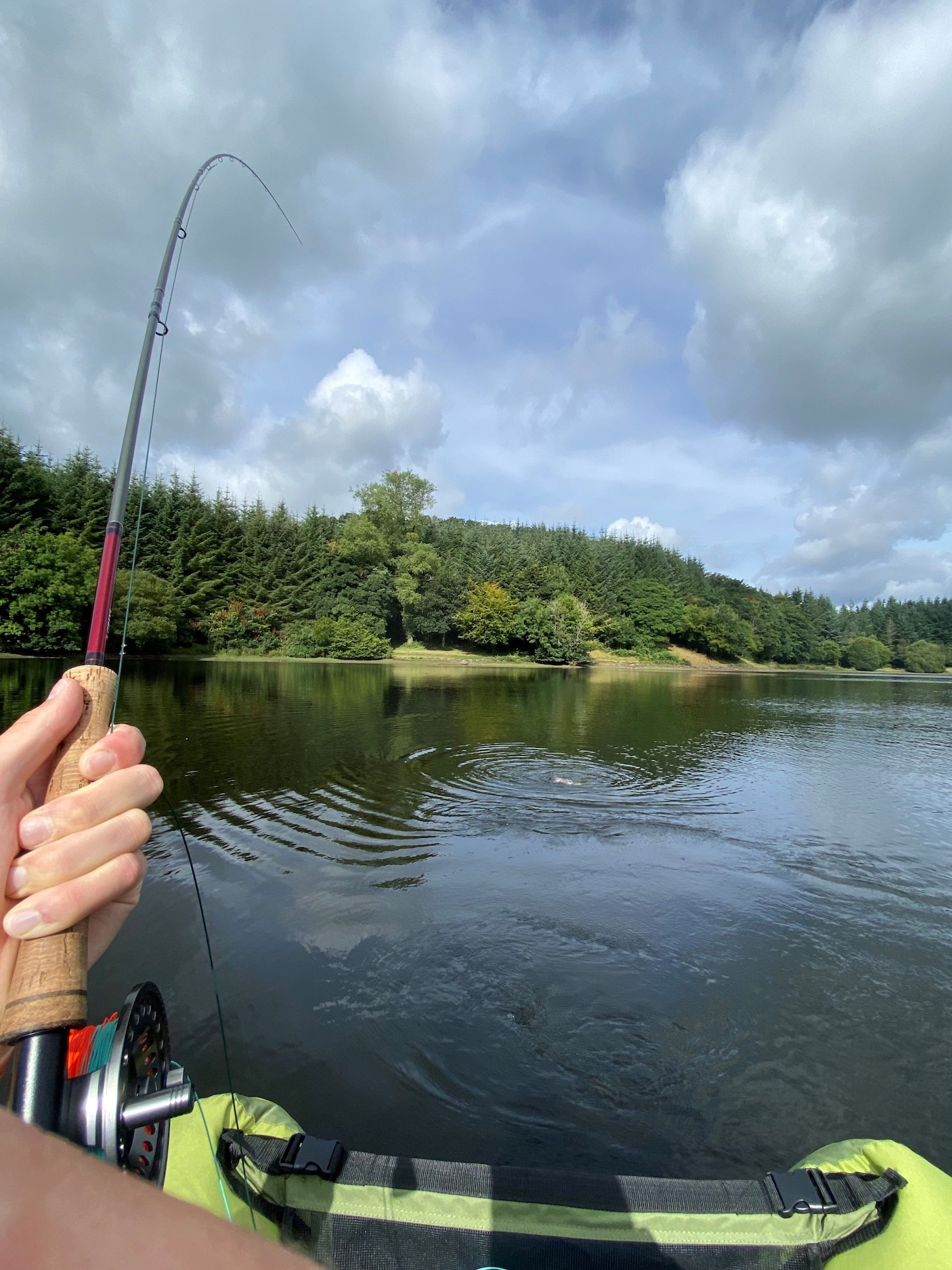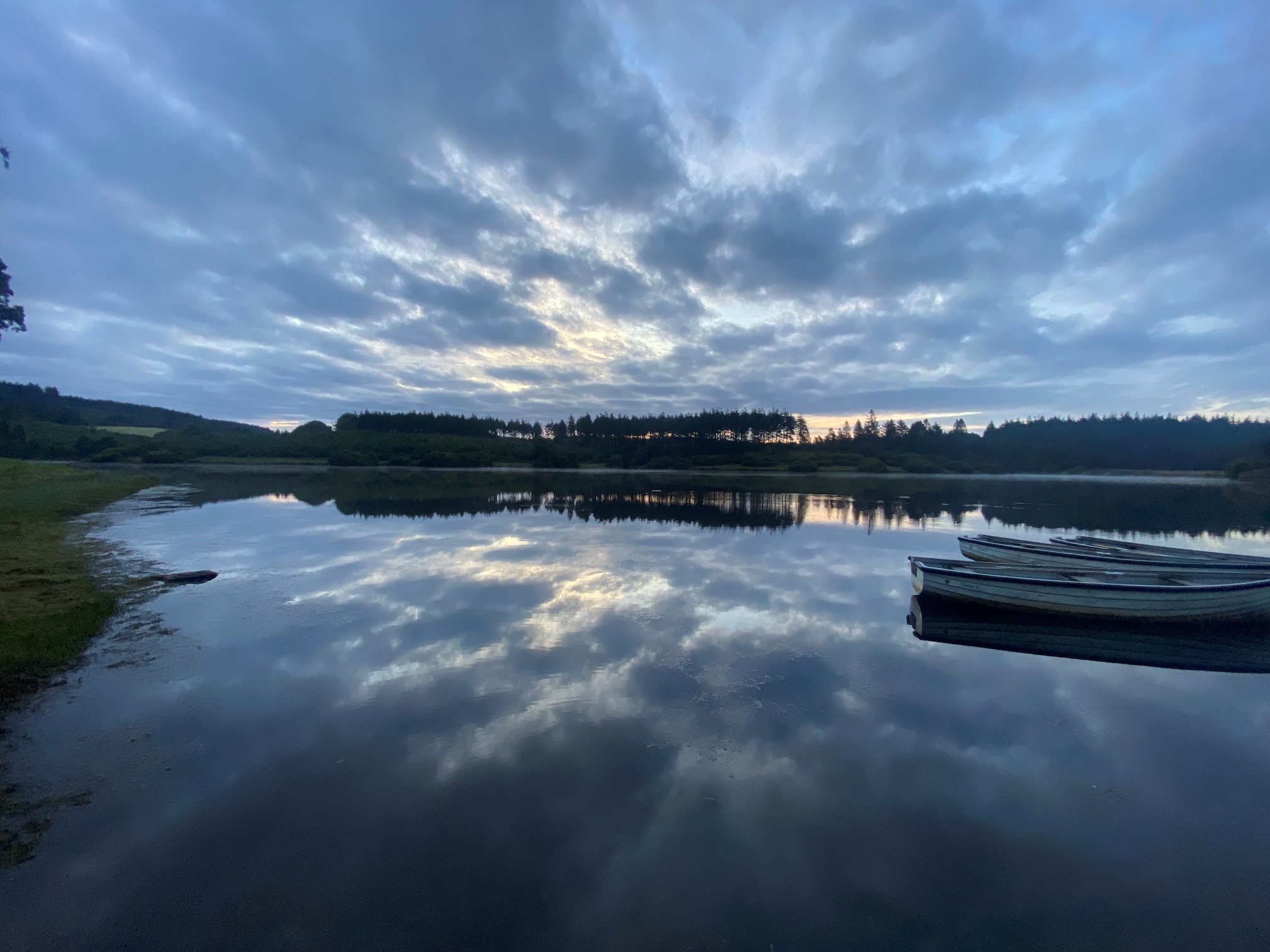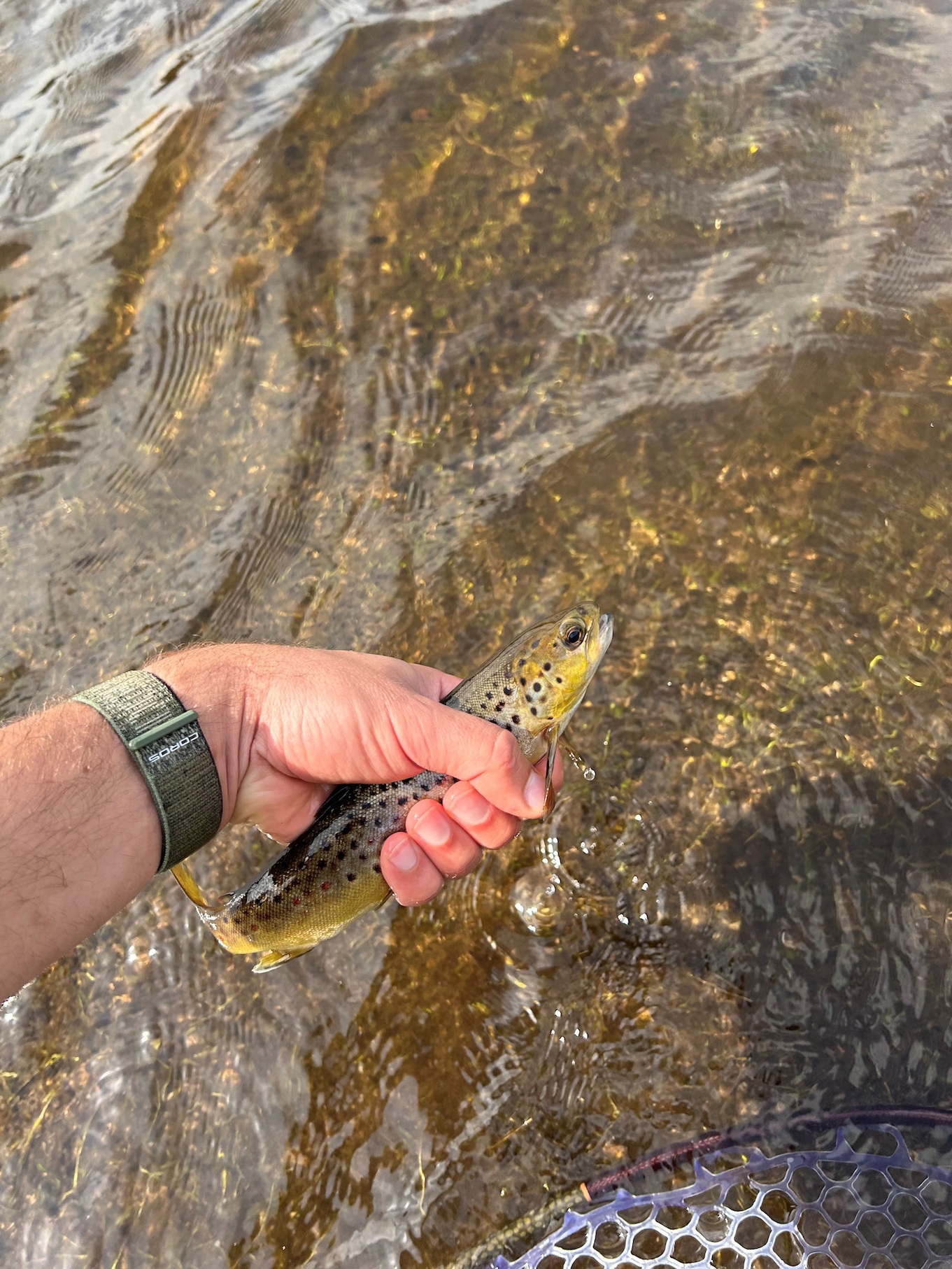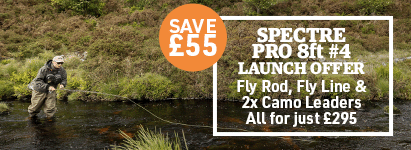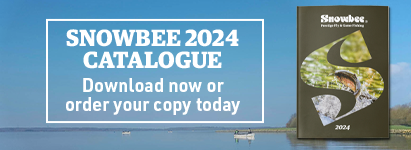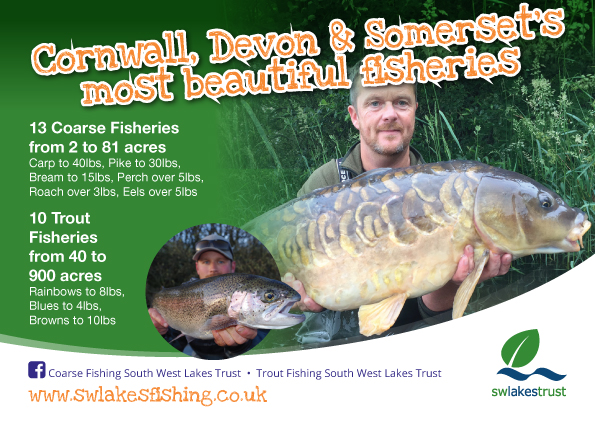The below report gives a fasicnating insight into the complex marine eco=systems that surround us. Well worth a look through.
The State of the South-West’s Seas Report
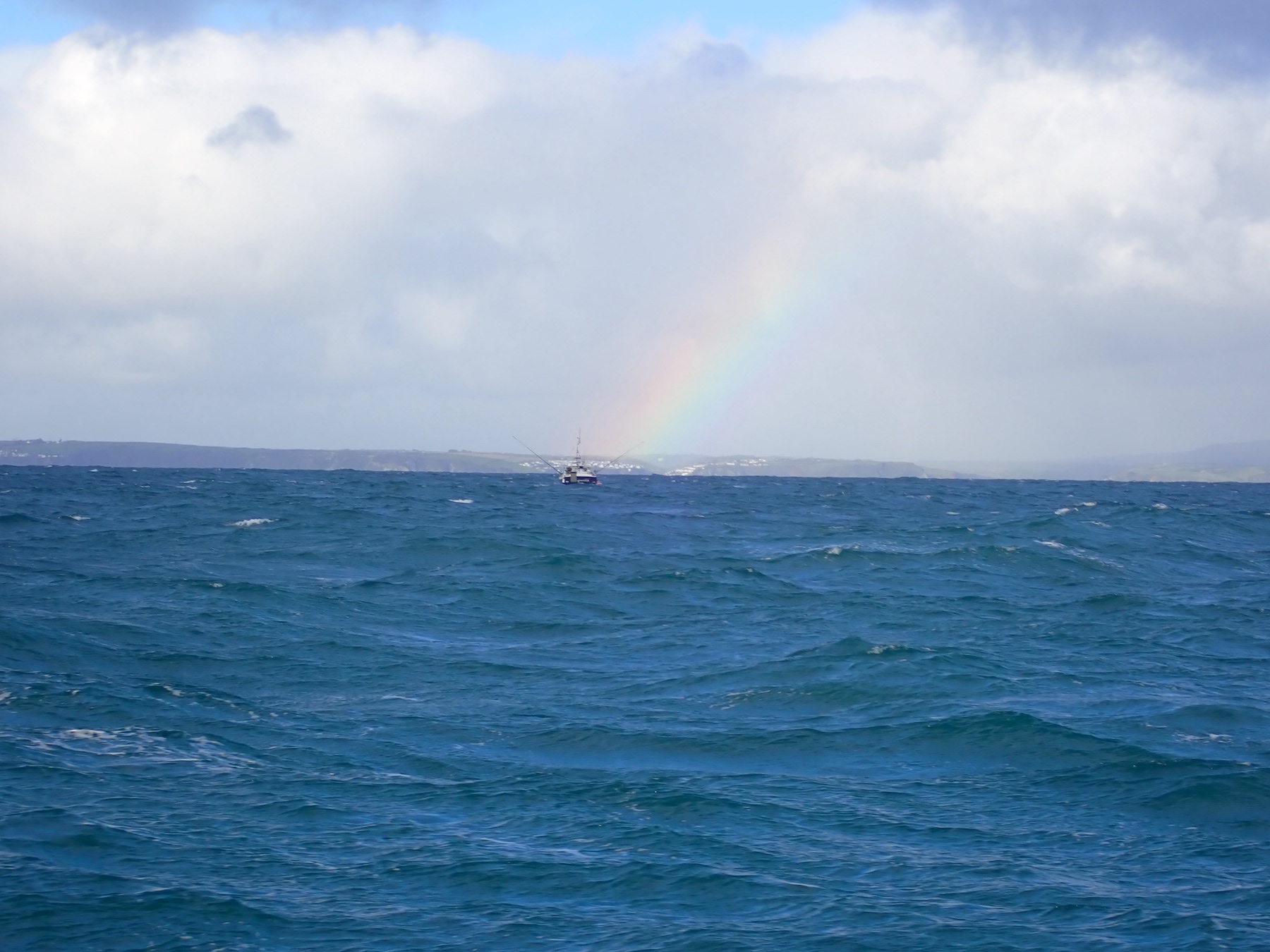
‘It was an astounding year for marine life in south-west England – but not everywhere.’
Every year brings exciting and interesting observations of marine life and environmental conditions that help us to understand how the marine environment ‘works’, how it is changing and whether management of human activities and impacts is making a difference to the health of our seas. Capturing and interpreting those observations and activities is what the group of specialists reporting in the ‘South-West Marine Ecosystems in 2023’ do. Their report on 2023 has just been published.
During 2023, we have seen a species new to science being identified in south-west waters, an unprecedented bloom of string-like gelatinous plankton accompanied by dinner-plate sized jellyfish popping-up in late August and proof that ‘common’ (Mediterranean) octopus are breeding in our waters. Seawater temperatures during 2023 were warmer but there were no spectacular impacts – just some range extensions of southern species already here. Whilst there were no additional non-native species found in 2023, some of the ones that are already here increased in abundance and extended their distribution. There are increased sightings of whales and dolphins and some unusual fish species have been caught or sighted. 2023 saw the most turtles recorded in the south-west area for nine years. 2023 saw continued increases in burrow-nesting seabirds and auks: both continuing to benefit from rat eradication on Scilly and Lundy.
Changes that occurred or started some years ago persist – examples are the recovery of spiny lobsters after local extermination in the 1960s and 1970s, and the return of bluefin tuna to south-west waters.
Numbers of seals are ‘steady’ but more seals were recorded dead across Cornwall in 2023 than born and entanglement in litter and disturbance by human activity remains a concern.
There are ‘old friends’ that the interested public may think are signs of warming or changing seas but which have in fact been known from our waters for more than 200 years – such as the tropical-looking grey trigger fish and slipper lobsters.
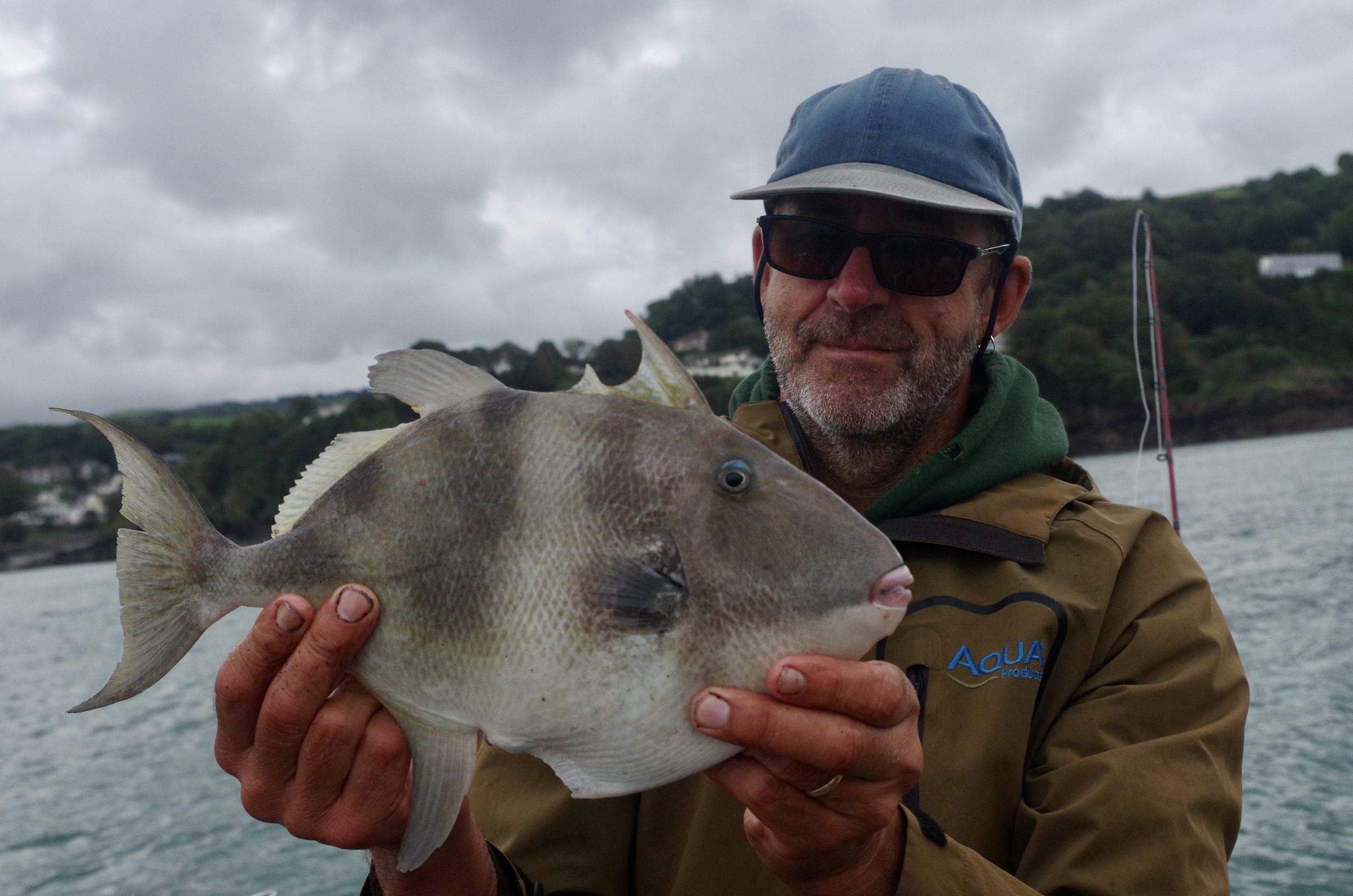
Meanwhile, some seabed marine life is not looking as vibrant as in previous years. One example is a cold-water species, the spectacular and colourful plumose anemones – abundance seems to have reduced dramatically in inshore areas of the mainland coast but so also, it seems likely, have many other sea anemone species. Also, a group of hydroids (relatives of sea anemones) collectively known as ‘flower-head hydroids’ seem to be much less abundant in enclosed waters at least. Marine life at Lundy continues to be in poor condition compared to the mid-1980s and there is no clear sign (yet) of recovery of populations of the nationally rare sunset cup coral around the island.
The report is the ninth report in the series. It includes detailed chapters on oceanography and storms, plankton, the seashore and seabed, fish and turtles, coastal birds, seals, whales, dolphins and porpoises. Management chapters include fisheries, marine planning, marine protected areas, water pollution and plastics pollution. Webinars on these topics for 2023 can be viewed on this YouTube channel
The report, published by the Plymouth-based Marine Biological Association, reflects the work of both hundreds of volunteer citizen scientists and professionals working in the south-west. This summary of conclusions below is from the report.
Oceanography. The year started with relatively warm conditions throughout the water column with temperatures around 9.5 °C off Plymouth. This cooled to the minimum recorded temperature (for 2023) in mid-March of 9.3 °C. June 2023 was noteworthy in that sea surface temperatures were 2 – 3 °C above the long-term (1991-2020) mean in the Celtic Sea and 1 – 2 °C above the long-term mean in the western English Channel. By late June off Plymouth, surface waters were around 17.8°C and, at depths below 30 m, around 13.9 °C; both associated with a sustained meteorological (and marine) heat wave. Contact: Tim Smyth [email protected]
Storms. The patterns of storms in the spring of 2023 were unremarkable but were more normal in the autumn of 2023 and in the winter of 2023 to 2024. There were very few named storms in the January – April period of 2023. The impact on natural systems, species and habitats was on the unremarkable side of normal, but seal pups and juveniles were seriously affected by the autumn storms in 2023. Contact: [email protected]
Plankton. There were unusual reports in terms of numbers and geographic extent of both salps (colonial seasquirts) and hydrozoan ‘Crystal Jellyfish’ Aequorea sp(p) in late summer in the English Channel. Whilst blooms of both have previously been recorded, they have not been concurrently reported at so many different locations. Sightings of true jellyfish in 2023 revealed similar patterns to those seen in previous years with barrel jellyfish making a return, having been only rarely reported in 2022. Contact: Angus Atkinson (for general plankton): [email protected] and Jeanette Sanders (for observations of jellyfish): [email protected] ; South Devon Jellyfish Survey
Seashore and seabed marine life. There were no increases in extent or abundance of warm water species that might suggest significant climate change effects although a record of eggs of a Common (‘Mediterranean’) Octopus suggests that they are breeding in our waters. There were declines in the occurrence and abundance of some species including, conspicuously for divers, of cold-water Plumose Anemones in inshore areas. Contact: Keith Hiscock [email protected]
Fish. Sharks. On 1st May, a c. 293 cm subadult female Smalltooth Sand Tiger Shark was found floating dead off Lyme Regis. The observation followed one found stranded in Hampshire and about 320 km north of any previous record. Bony fish. The recent pattern of changes continues with several less familiar species becoming more established around south-west England: these include variable blennies, combers and axillary sea breams. Contacts: Douglas Herdson [email protected] and Simon Thomas (sharks and rays) [email protected]
Reptiles. 2023 saw the most turtles recorded in the south-west area for nine years. The majority of the reports were of juvenile Loggerhead or Kemp’s Ridley turtles most of which were ‘cold shocked’. Contact: Douglas Herdson [email protected].
Marine. and coastal birds. 2023 saw continued increases in burrow-nesting seabirds and auks: both continuing to benefit from rat eradication on Scilly and Lundy. HPAI (‘bird flu’) badly affected terns and black-headed gulls in Dorset, but there was good news for sea-watchers with thousands of southern-breeding shearwaters flooding into the south-west in late summer. This included an estimated 16,000 Cory’s shearwaters in one day off Scilly. Contact: Alex Banks [email protected]
Seals. More seals were recorded dead across Cornwall in 2023 than born (half the dead seals were less than a year old) The largest seal disturbance on record and caused directly by people, saw 250 seals stampede off two adjacent SSSI beaches resulting in an enforcement letter from Natural England. Contact: Sue Sayer – [email protected]
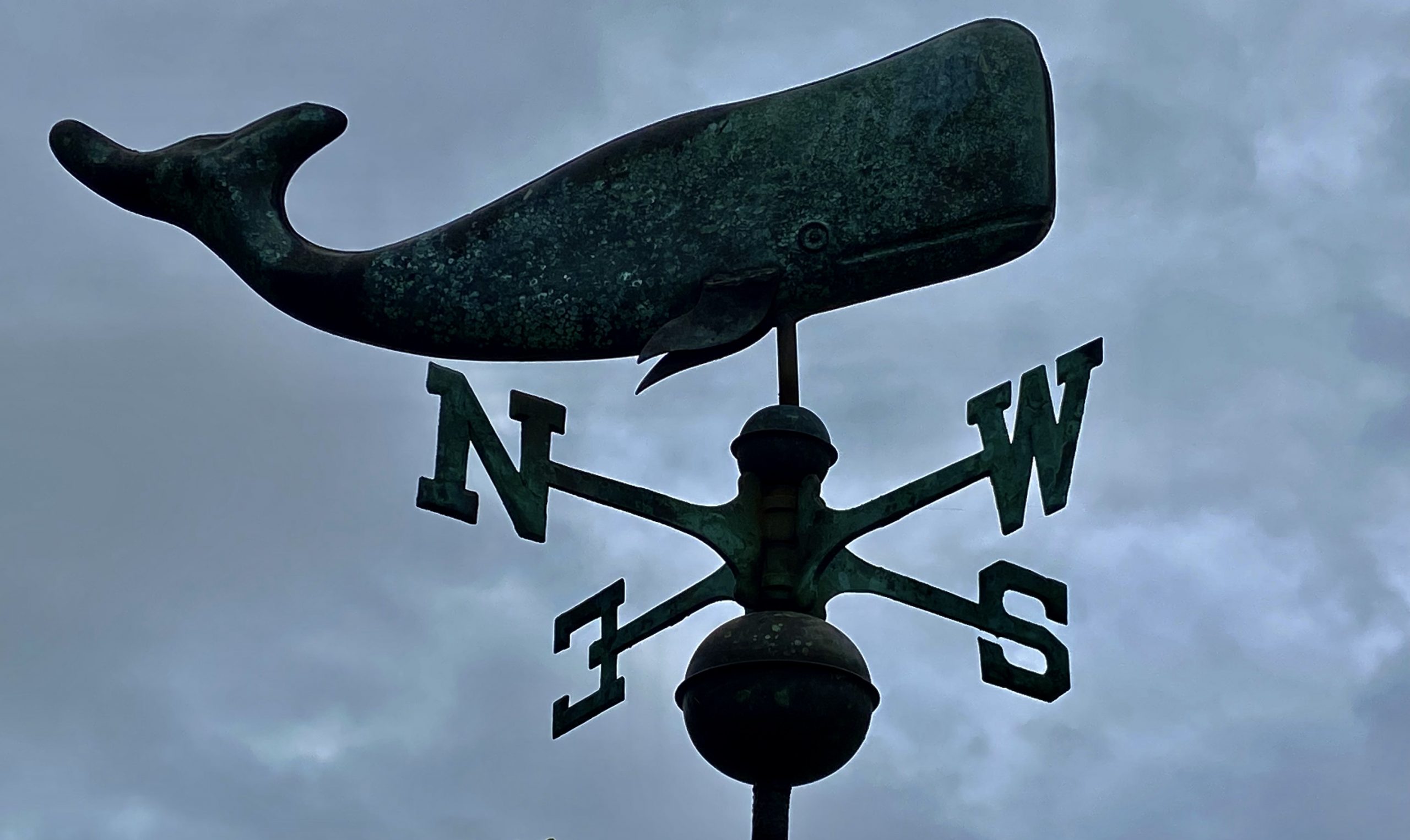
Whales, dolphins & porpoises. There continued to be high numbers of cetaceans inshore in 2023. Since 2015 there have been marked increases in many cetacean species in inshore waters. There is limited ongoing research investigating this shift and cetacean research in the UK continues to be poorly funded. Contact: Duncan Jones [email protected] (toothed whales and dolphins) and Dan Jarvis (Baleen Whales) – [email protected]
Fisheries. In 2023, the landings of many traditional fisheries such as brown crab and mackerel continued to decline, whilst landings for other species such as crawfish and spurdog increased as a result of stock recovery. Analysis undertaken by the MMO showed an overall reduction in the quantities of fish and shellfish landed in the south-west since 2016. It is likely that climate change will continue to benefit some species, such as black seabream, red mullet and anchovy and to result in declines of some other species, such as lemon sole, Atlantic cod, haddock and megrim. Contact: [email protected]
Marine protected areas. Currently 81% of MPAs within the IFCA Devon and Severn area are closed to bottom-towed gear, compared to 75% in the Isles of Scilly and 40% in Cornwall. The MMO is responsible for introducing fisheries management measures to all offshore MPAs by the end of 2024. There is an increasing recognition of the need to adopt a whole site approach to MPA management for effective marine nature recovery. Contact: Carli Cocciardi [email protected]
Water quality. The year 2023 was the sixth wettest on record contributing to a higher percentage of sewage overflow spills. One hundred percent of storm overflows have now, however, been fitted with event duration monitoring devices which will allow complete coverage, real-time data and targeted improvements. Contact: [email protected]
Marine planning. ‘The Marine Planning Monitoring Surveys 2023 Two-Page Summary Report revealed that, overall, the MMO South West Marine Plan remains widely utilized by a diverse array of stakeholders for decision-making and supporting development proposals. Policies related to biodiversity and heritage are among the most frequently applied. The development of floating offshore wind turbines represents a significant technological advancement and demonstration projects are anticipated to be operational within the next few years, with further commercial deployments in the pipeline. Contact: Mae van Loef [email protected] and Ellie Hoad [email protected].’
Marine plastics. Excellent volunteer work continues in the southwest to remove plastics from the marine environment. Analysis of debris from coastal cleans in 2023 by the Clean Ocean Sailing (COS) organisation also highlighted high density polyethylene (HDPE), plastic bottles and nets and ropes to be the most commonly removed debris. Contact: Dan Wilson [email protected]; and Delia Webb [email protected]
For information on SWME contact
Bob Earll – [email protected]
Keith Hiscock [email protected]
Ruth Williams [email protected]
Neri Campbell at the Marine Biological Association [email protected]
Kelly Marie-Davidson at the Plymouth Marine Laboratory [email protected]
Some key points:
- This is the tenth report in this series
- The South-West is the only English region currently to produce such a report
- The State of the South-West Seas report has been prepared by a group of specialists working within the umbrella of the South-West Marine Ecosystems (SWME) programme. The SWME programme brings the marine and coastal community together annually to consider and communicate the changes that are taking place in our local seas.
- It includes detailed chapters on oceanography and storms, plankton, the seashore and seabed, fish and turtles, coastal birds, seals, whales, dolphins and porpoises. Management chapters include fisheries, marine planning, marine protected areas, water pollution and plastics pollution.
- Webinars on these topics for 2023 can be viewed on this YouTube channel
- The report reflects the work of both hundreds of volunteer citizen scientists and professionals working in the south-west.
